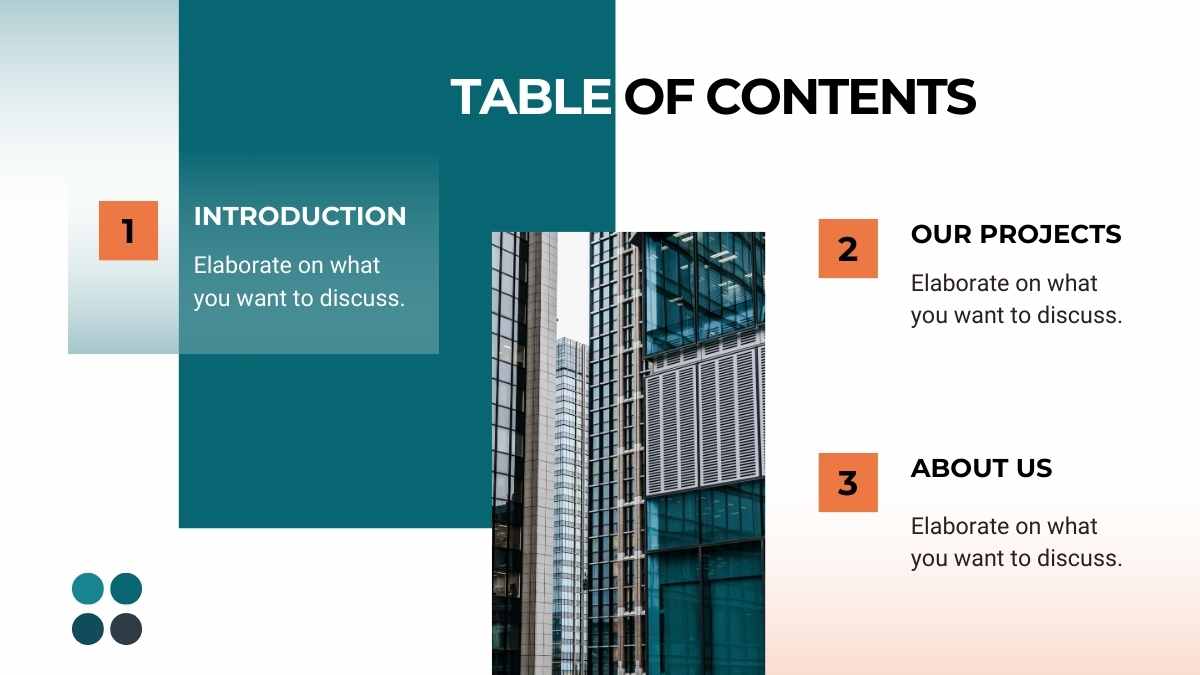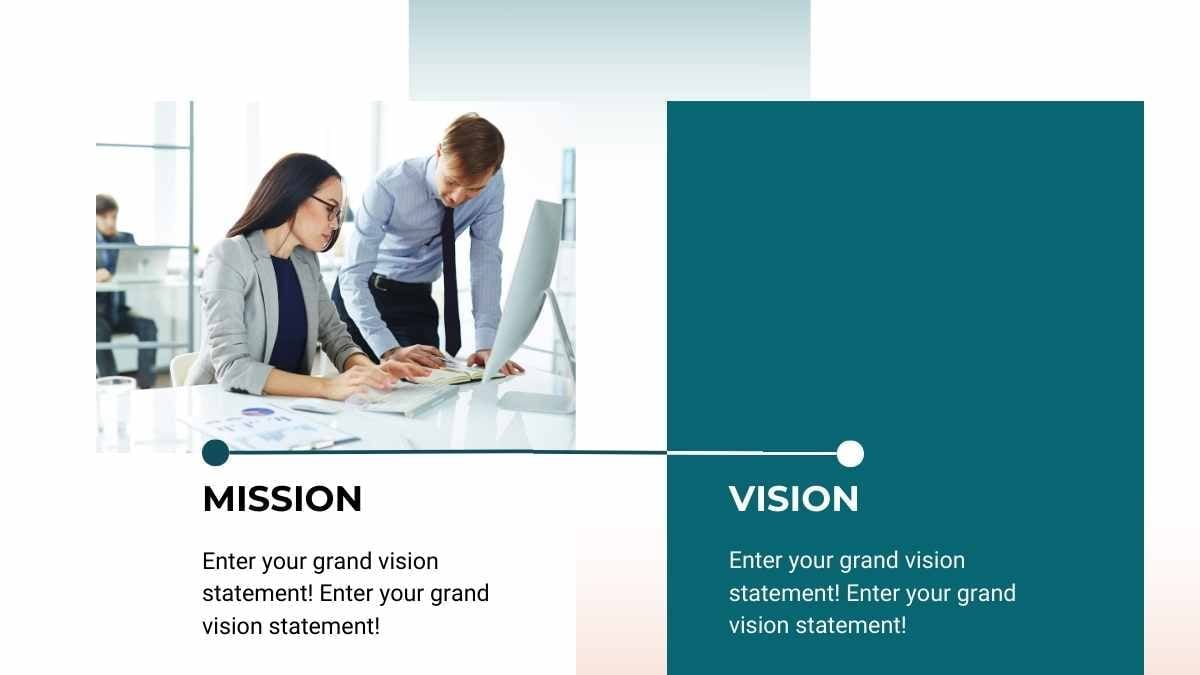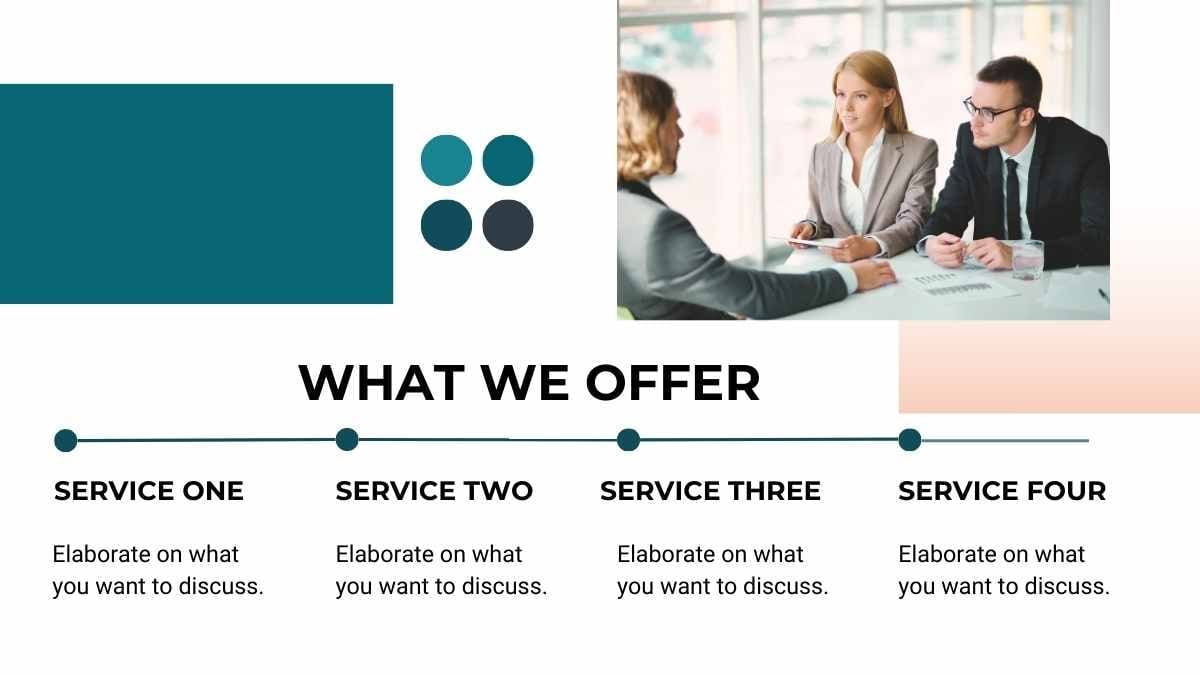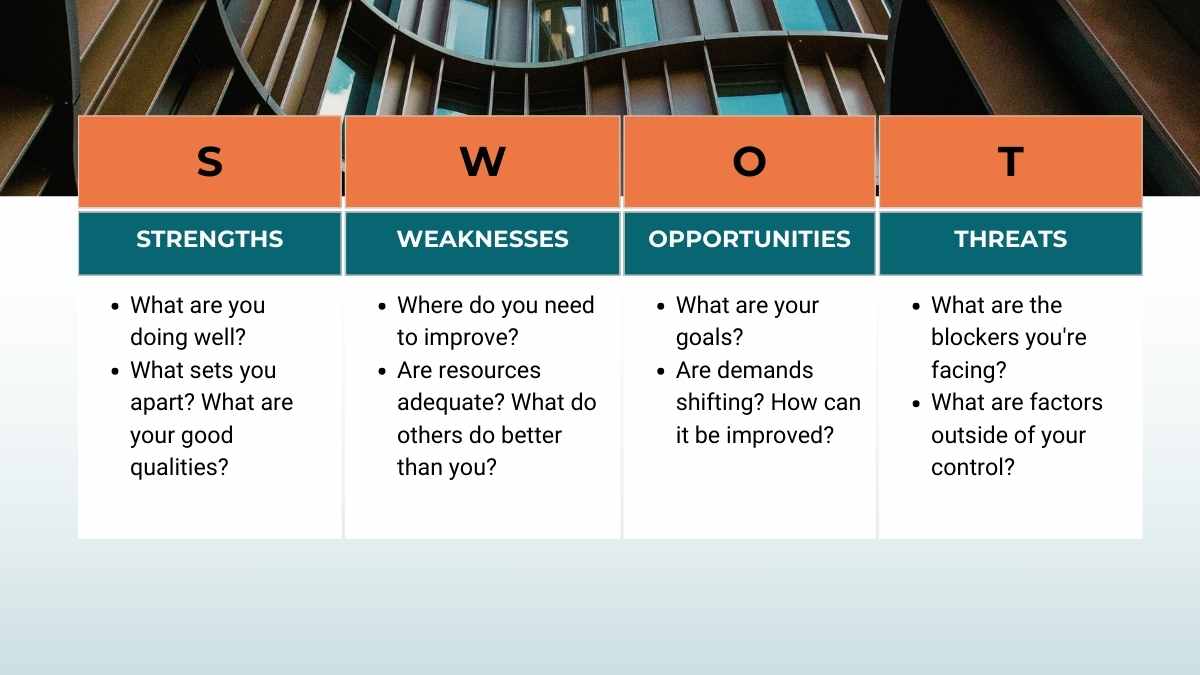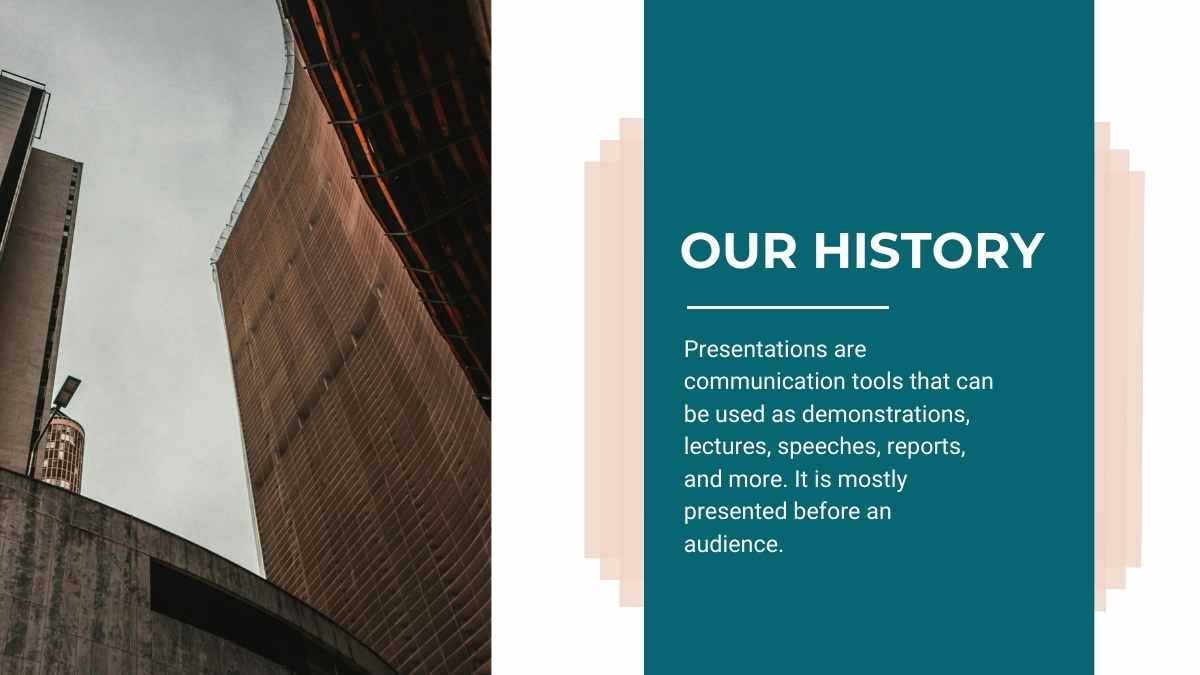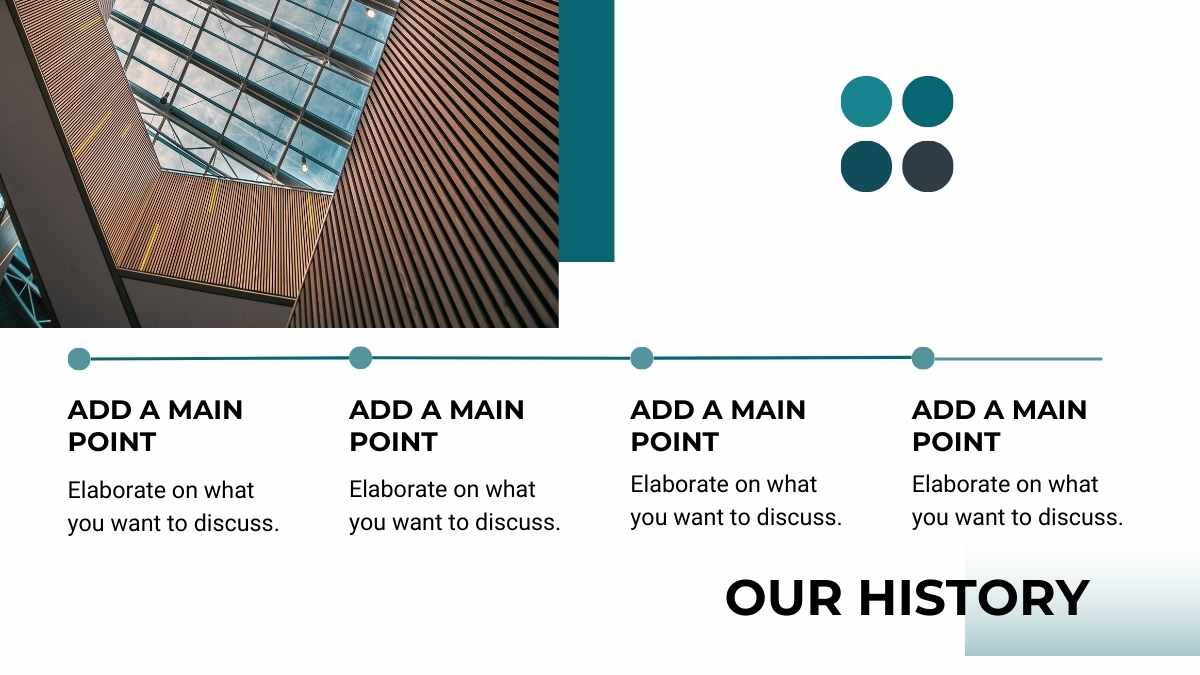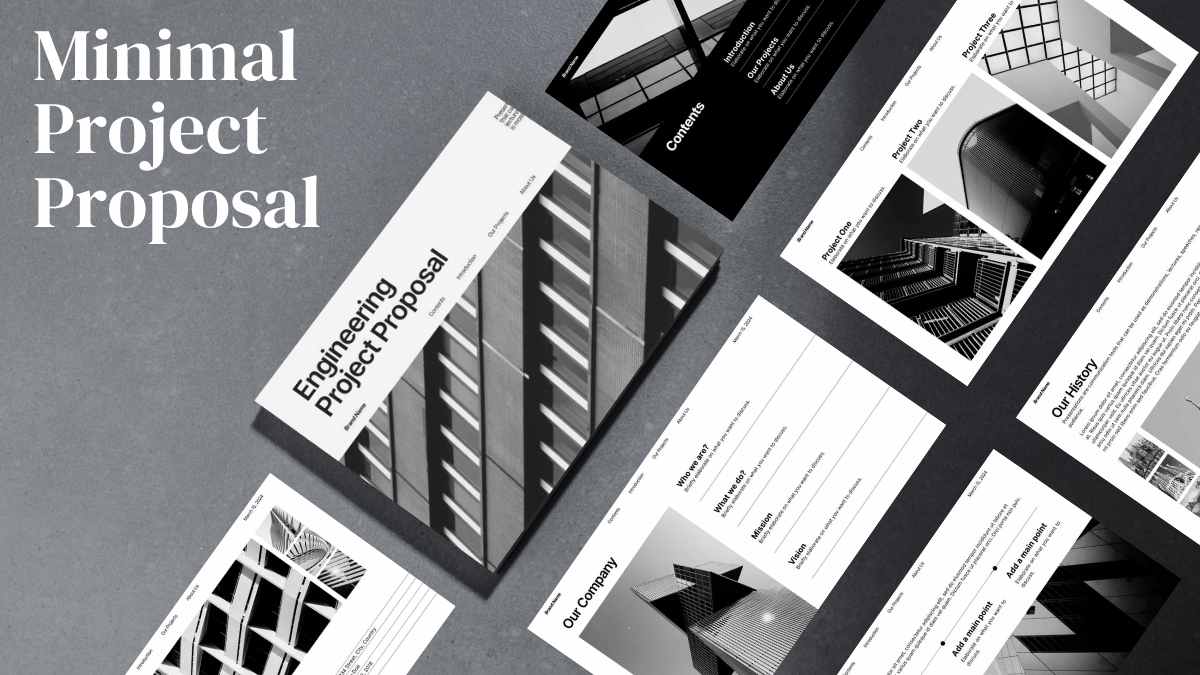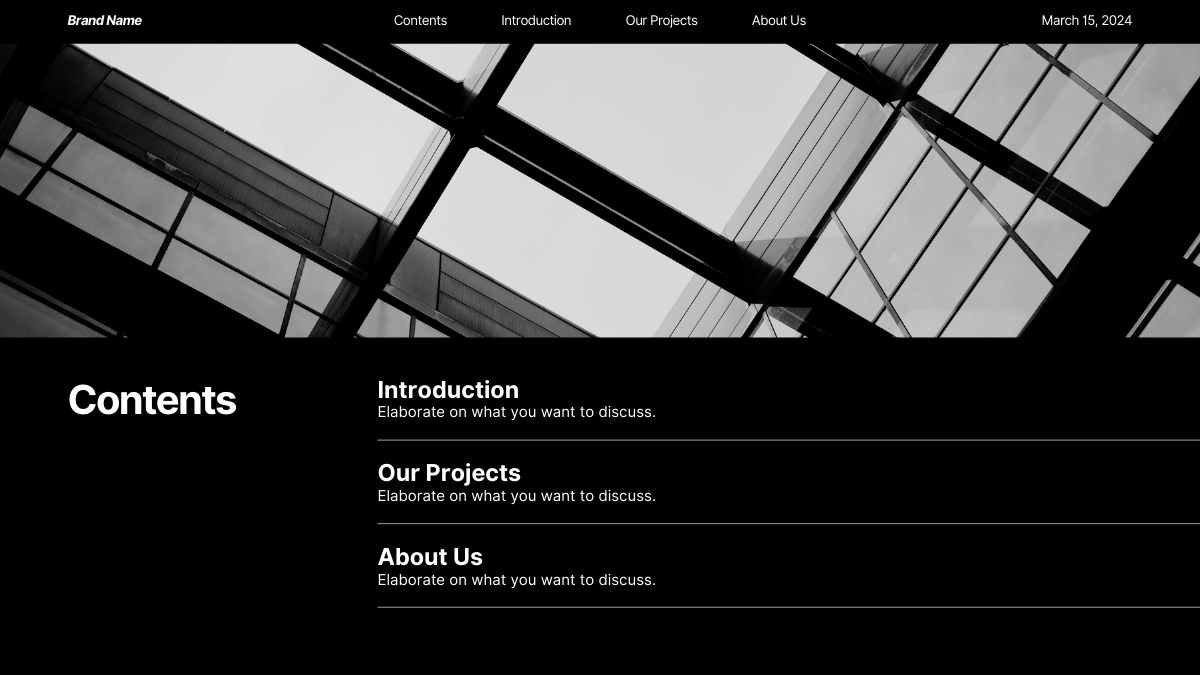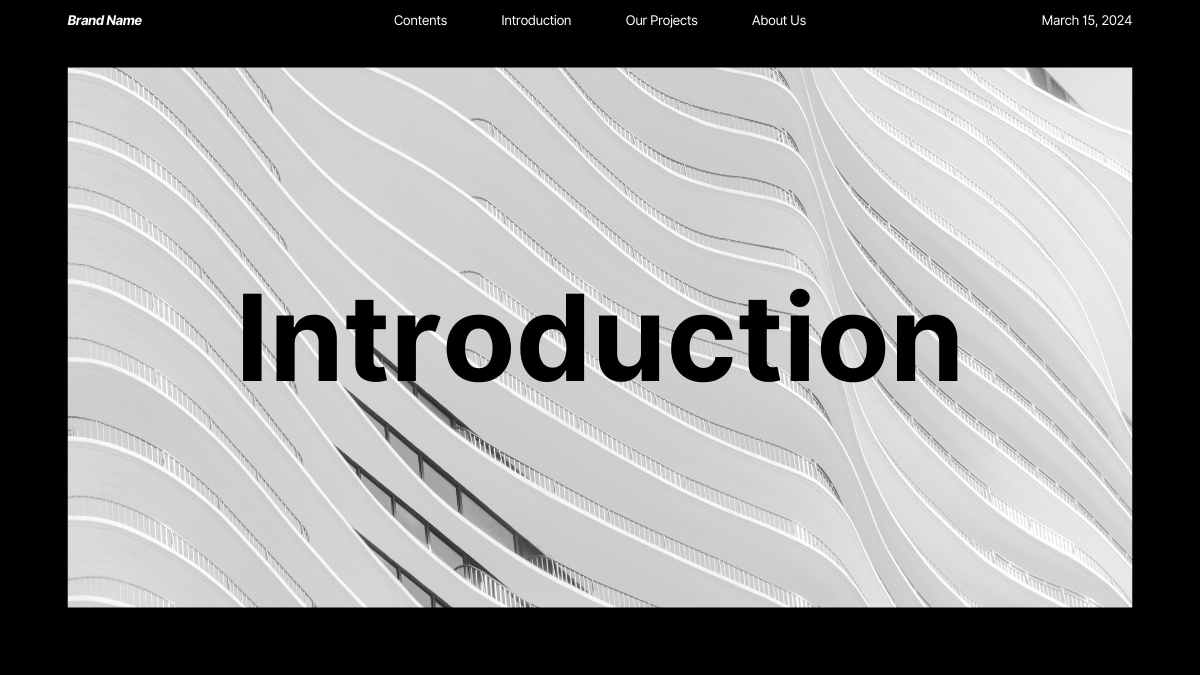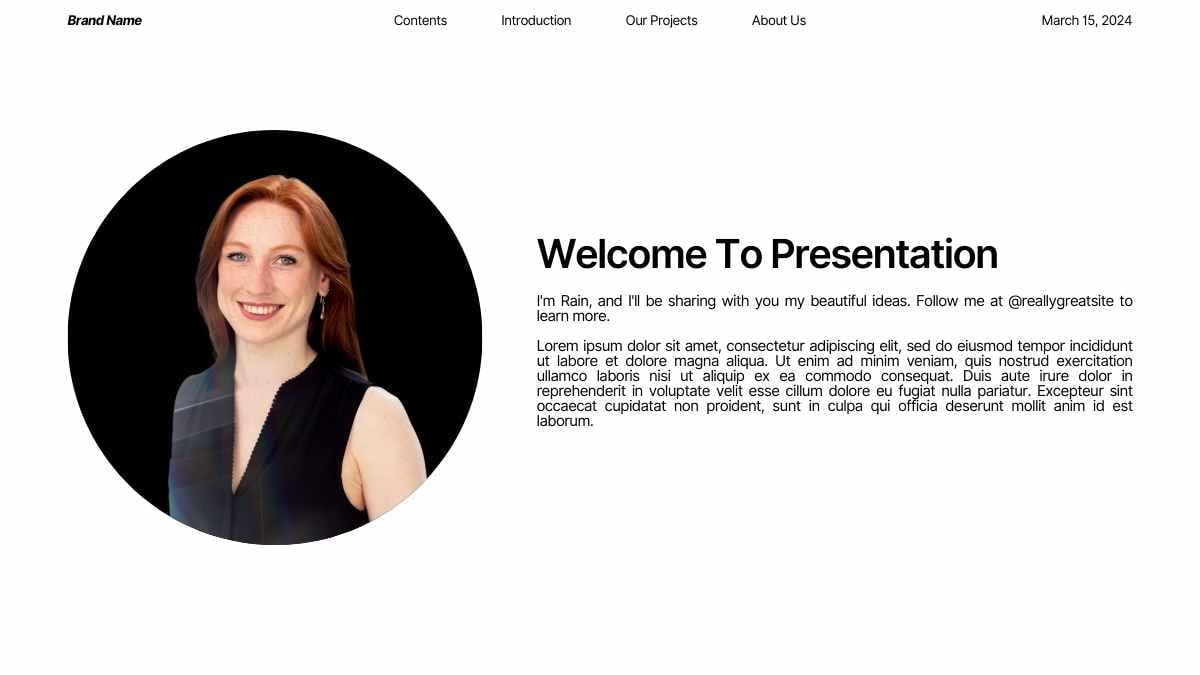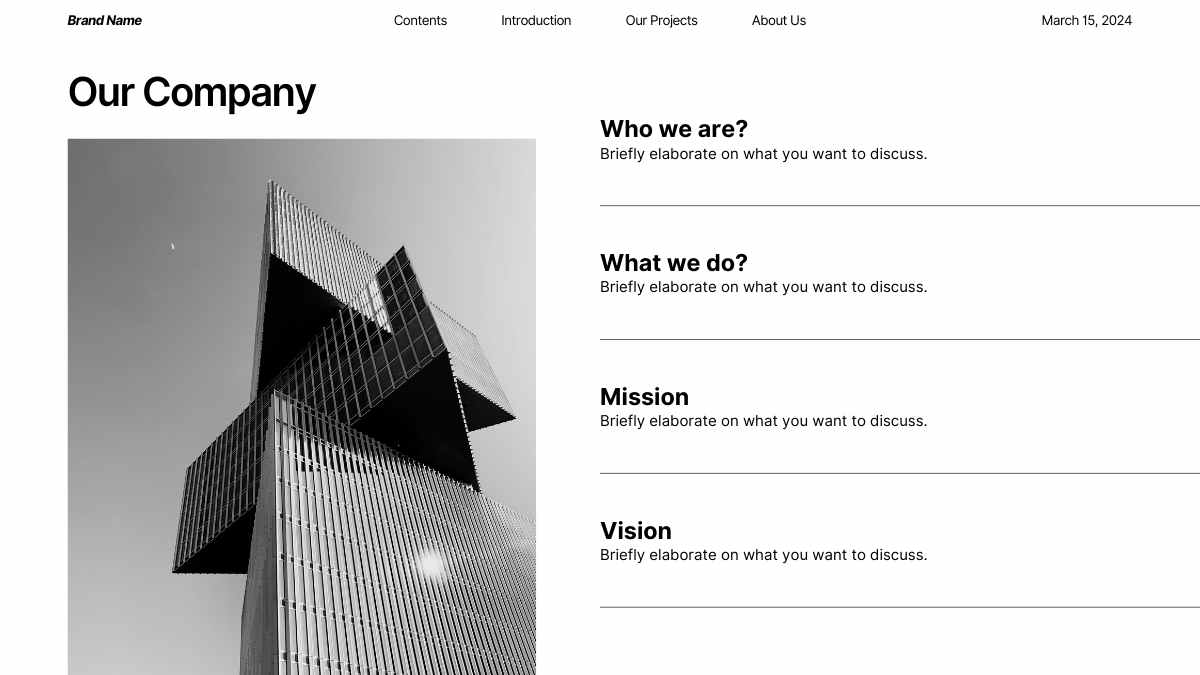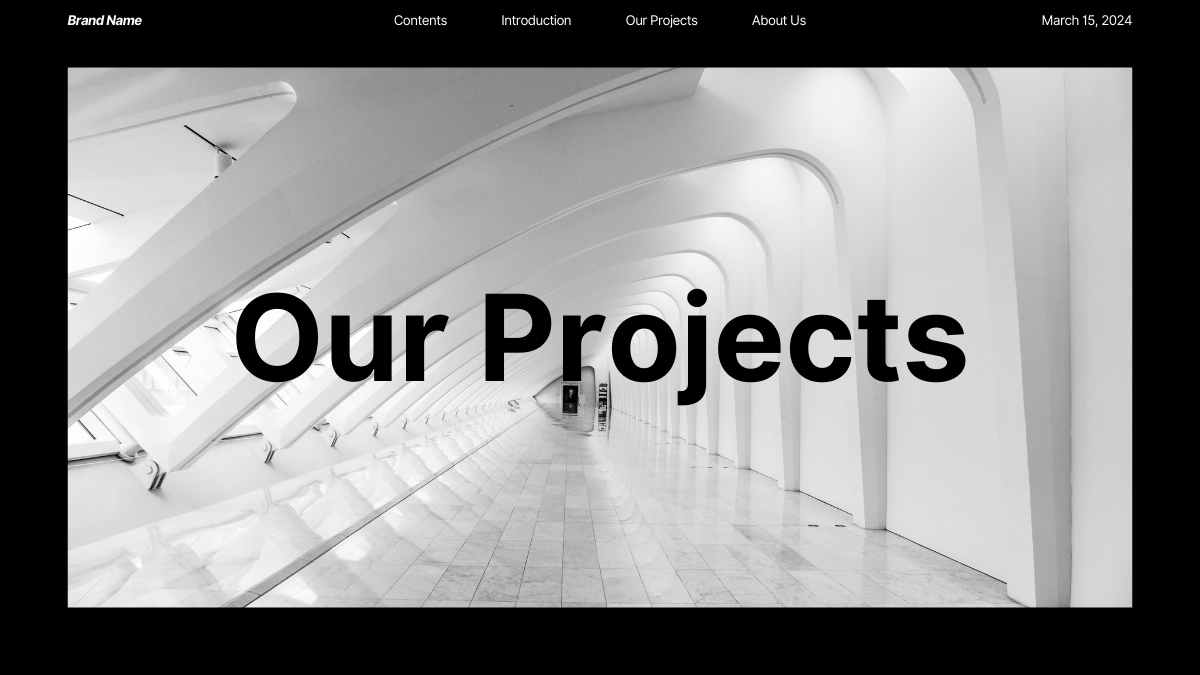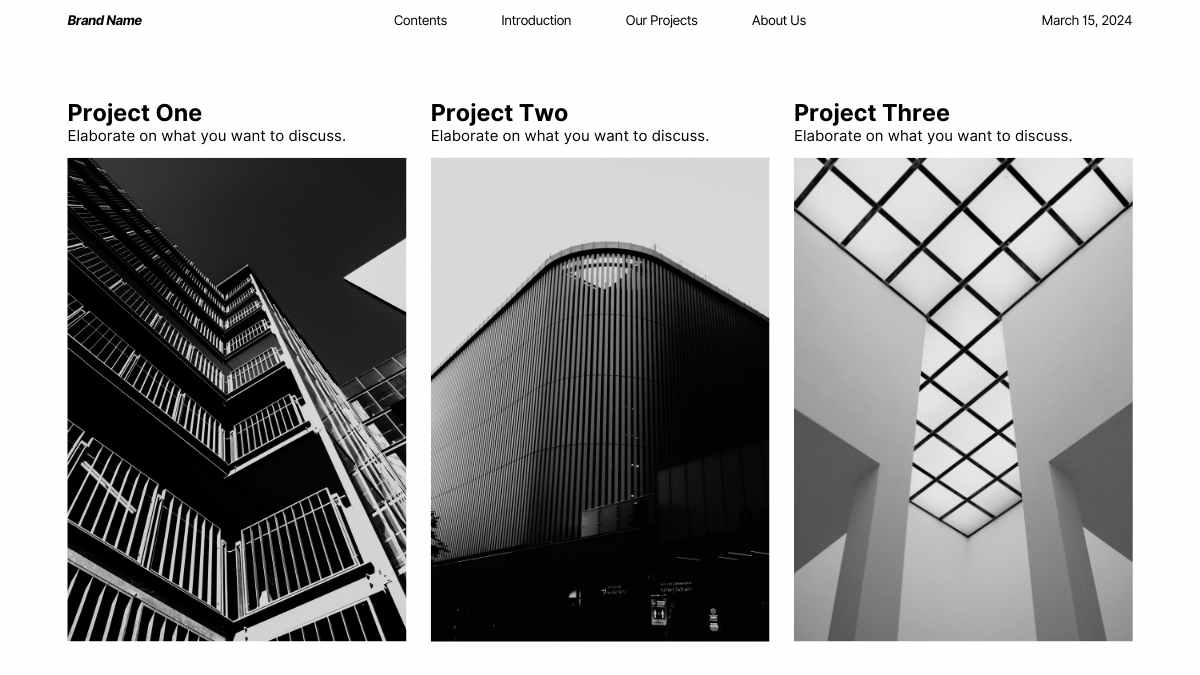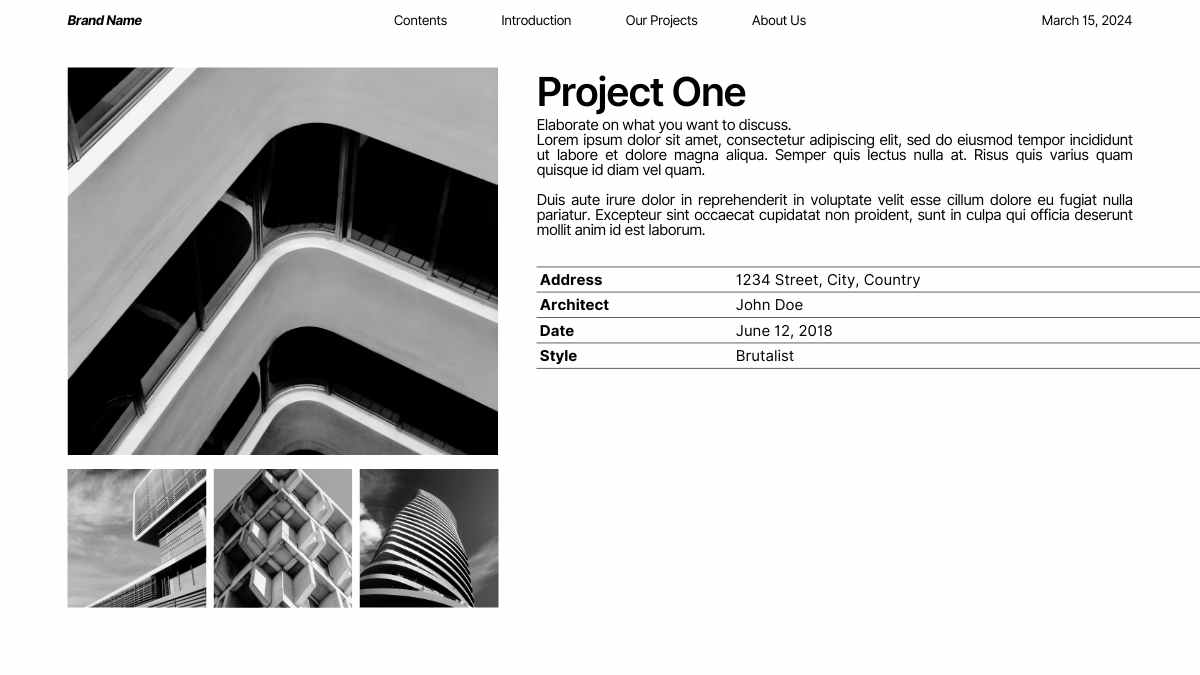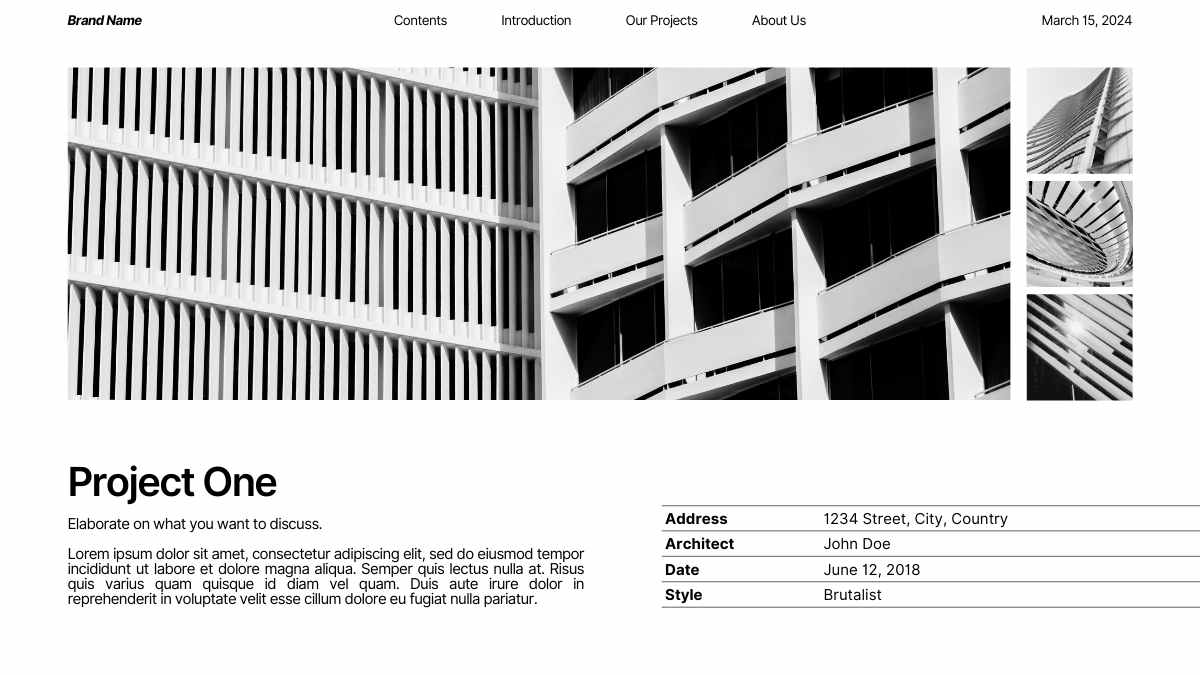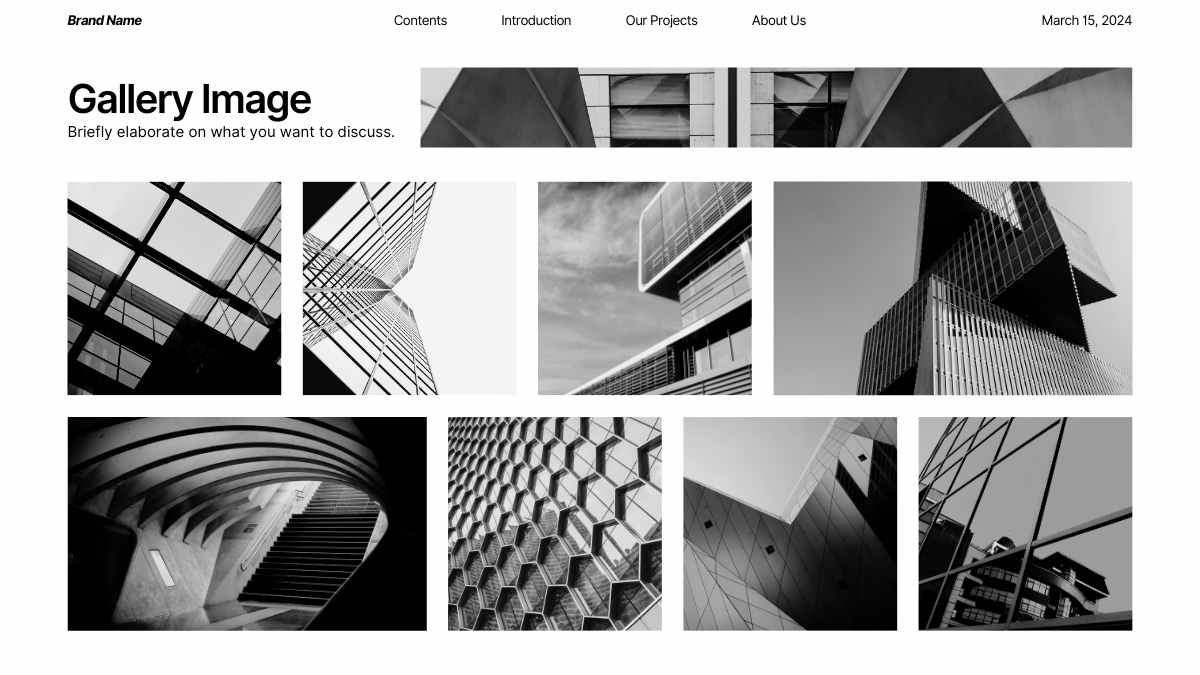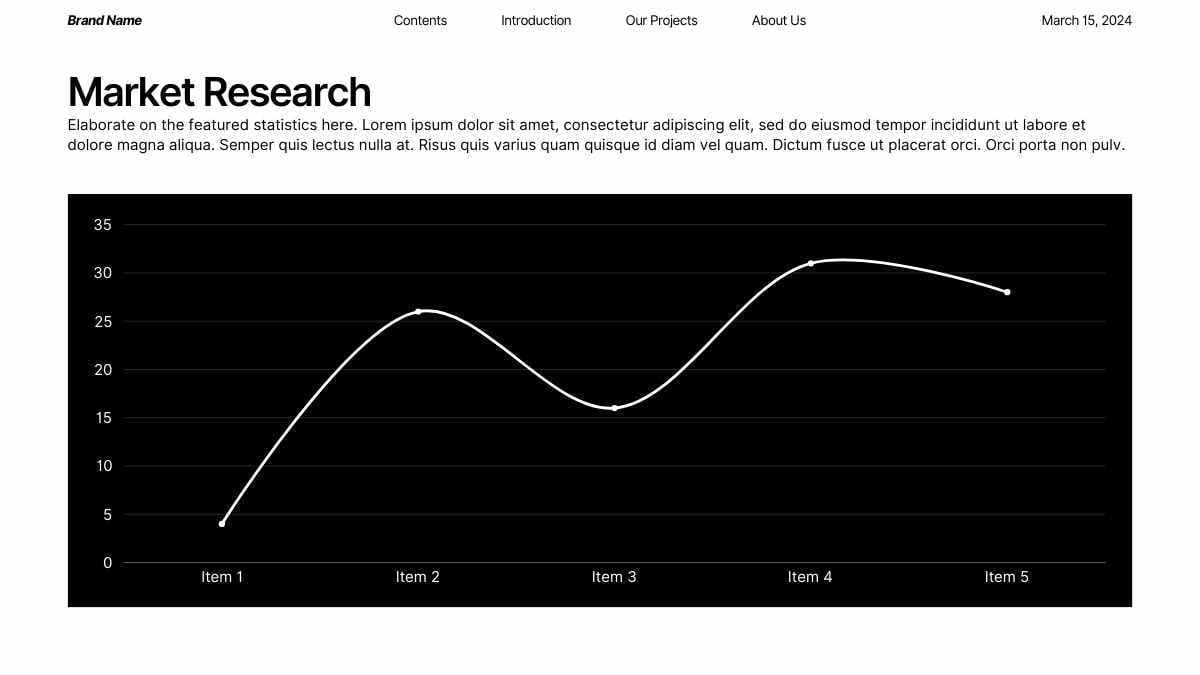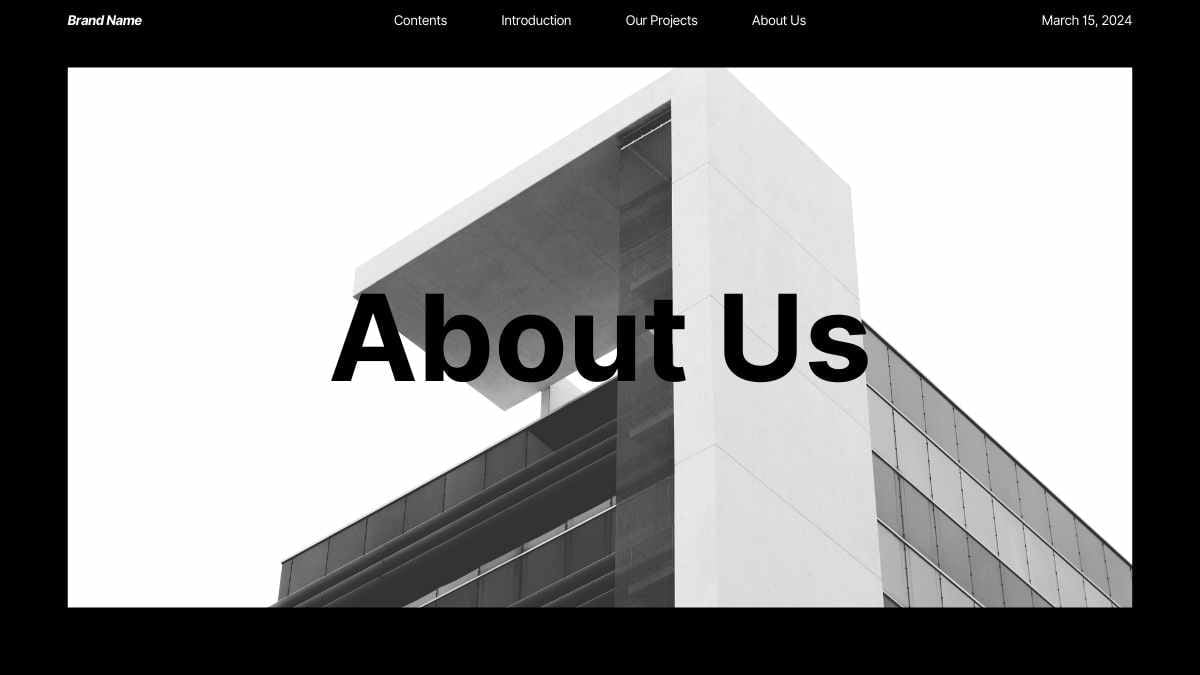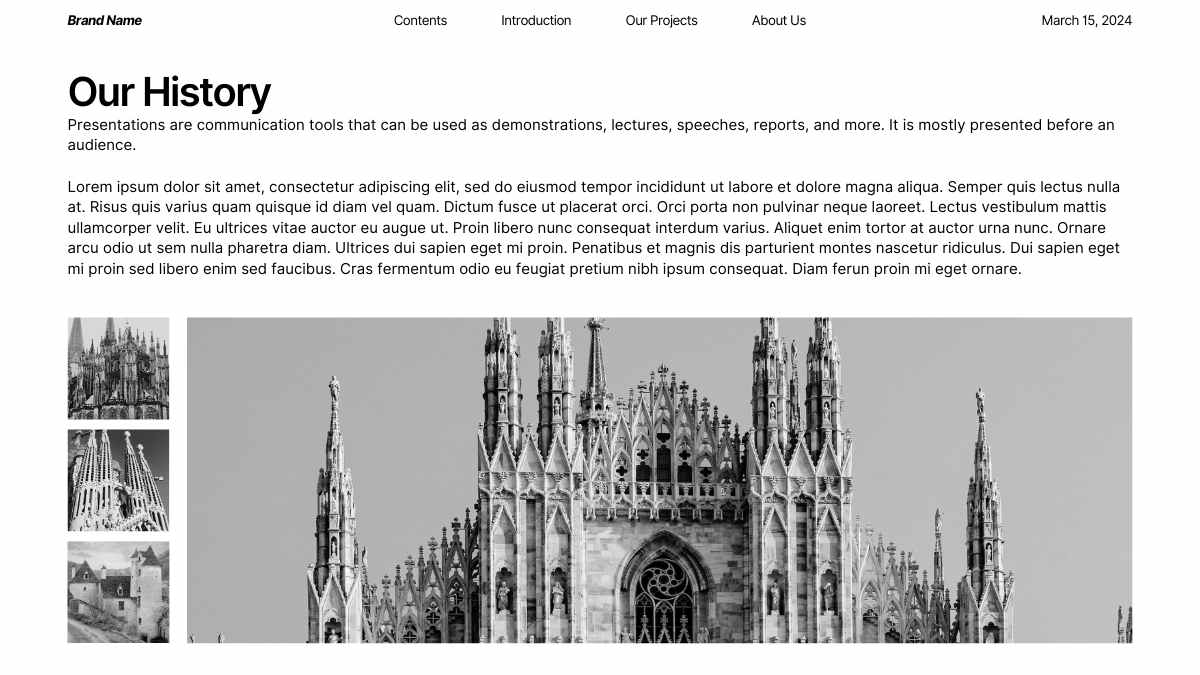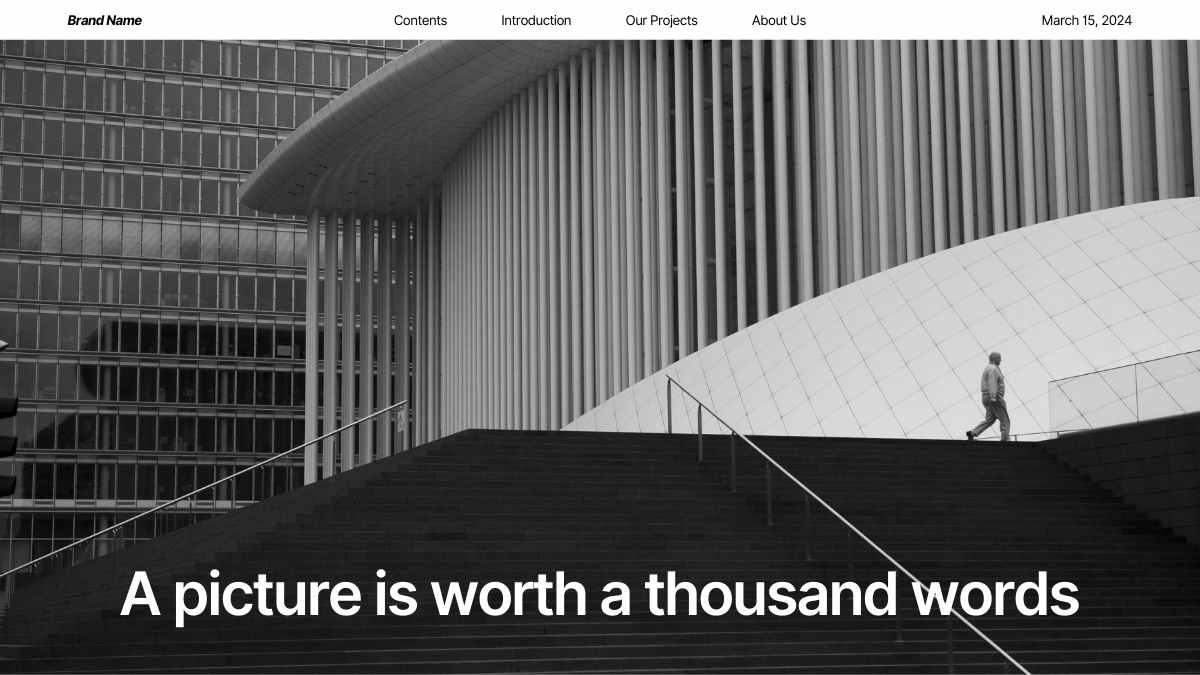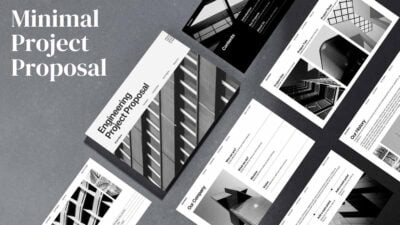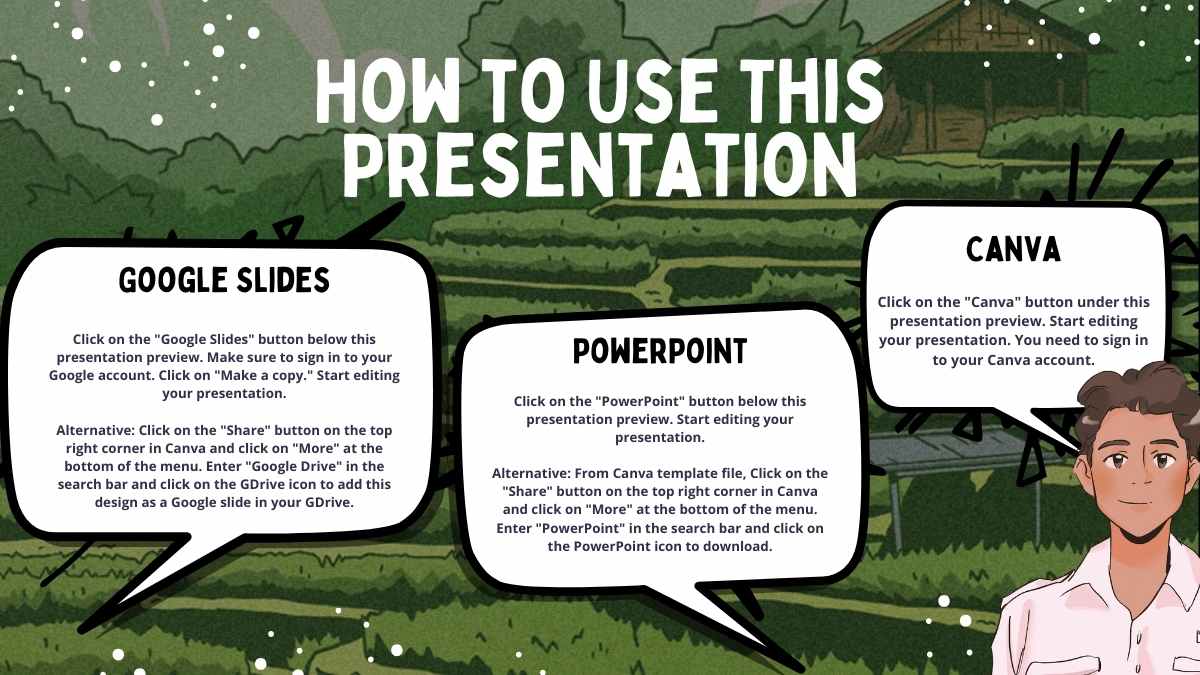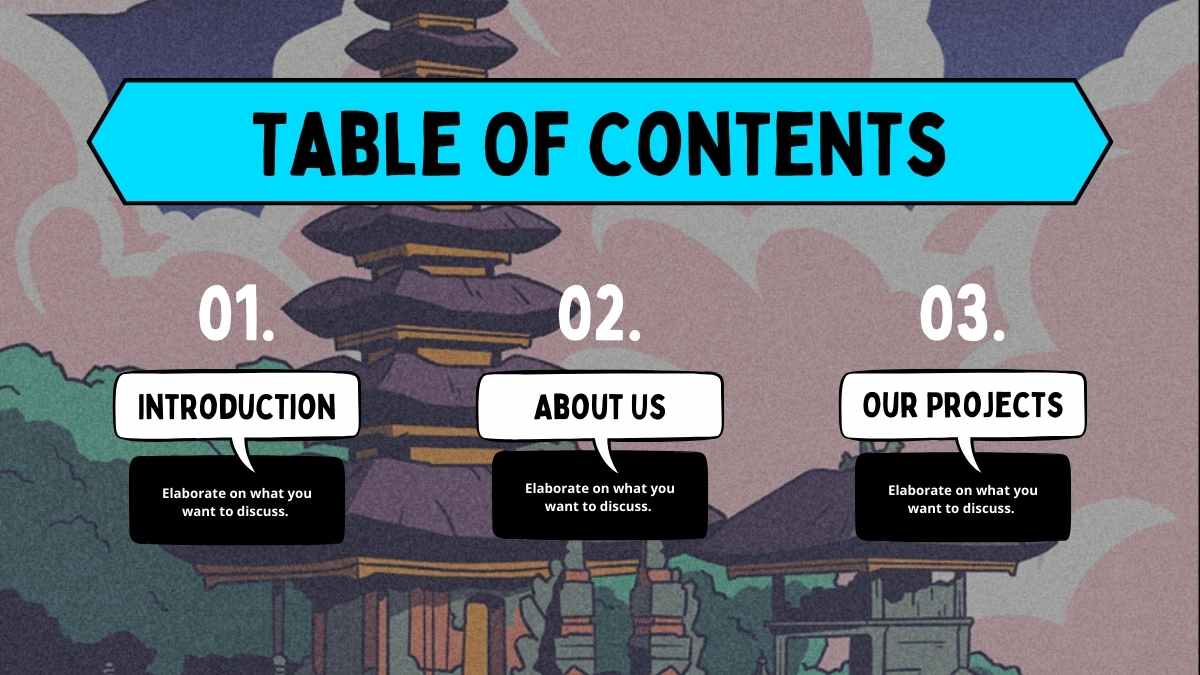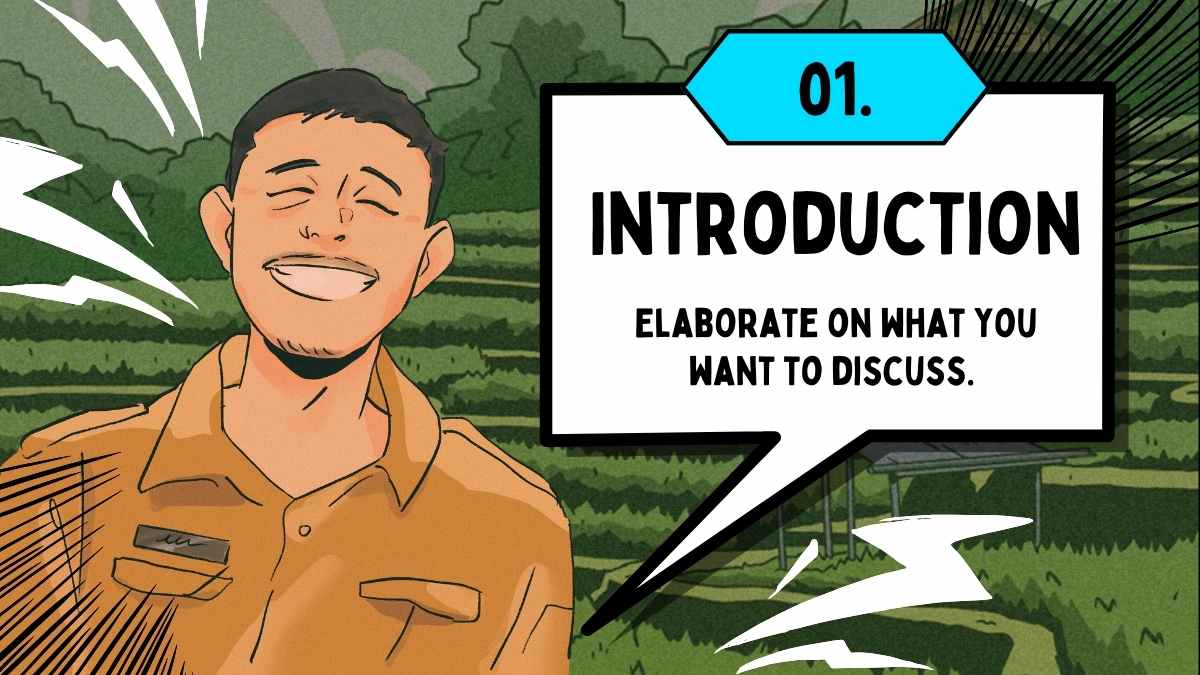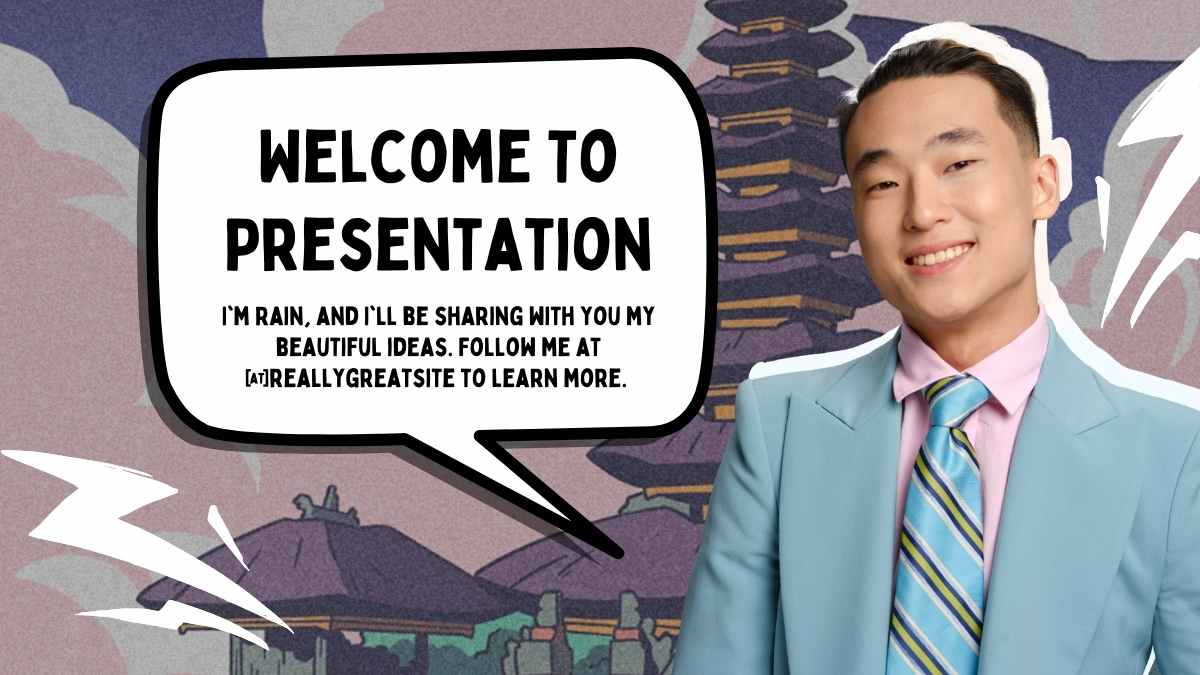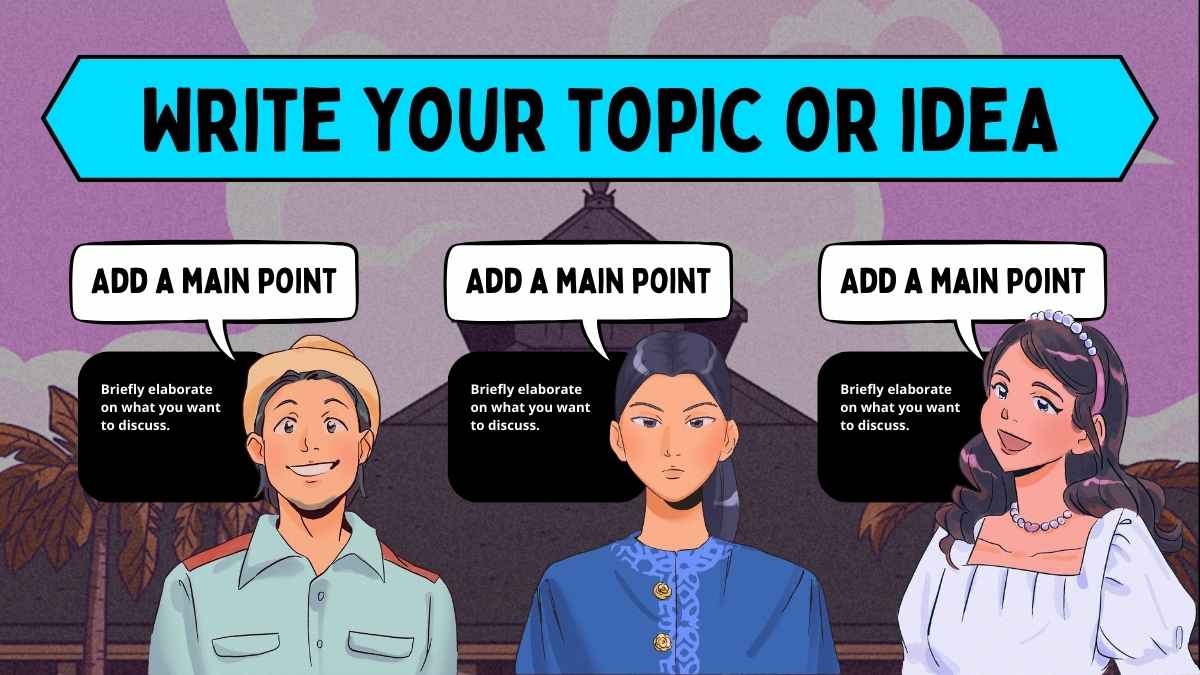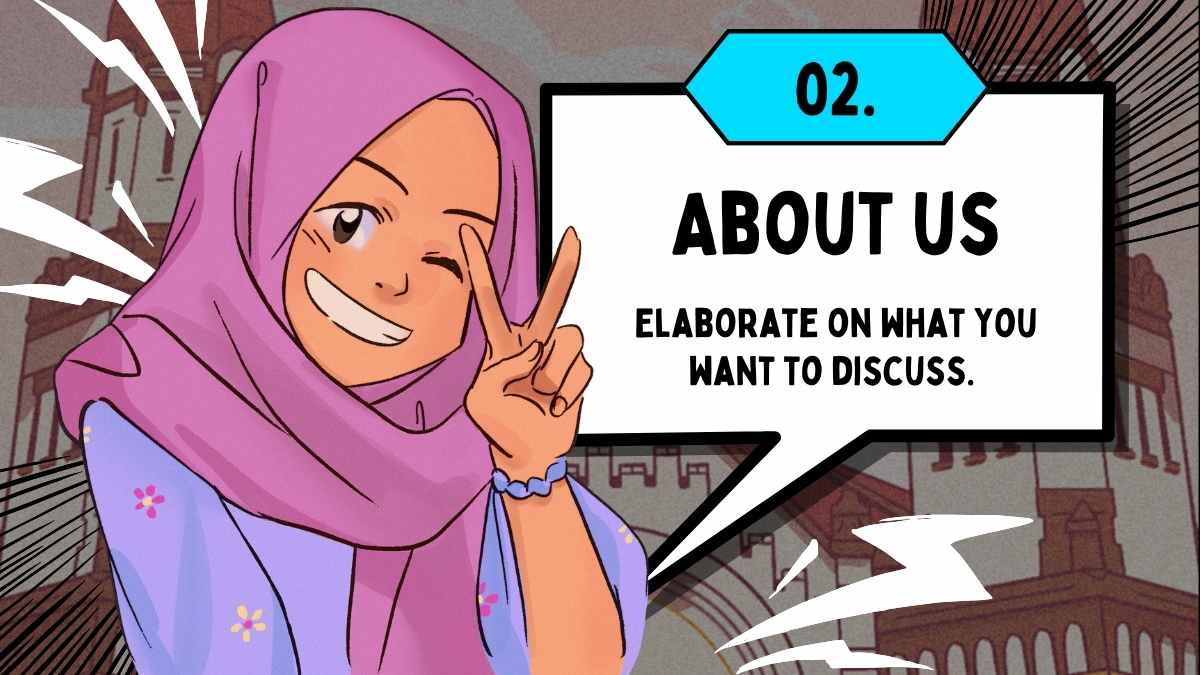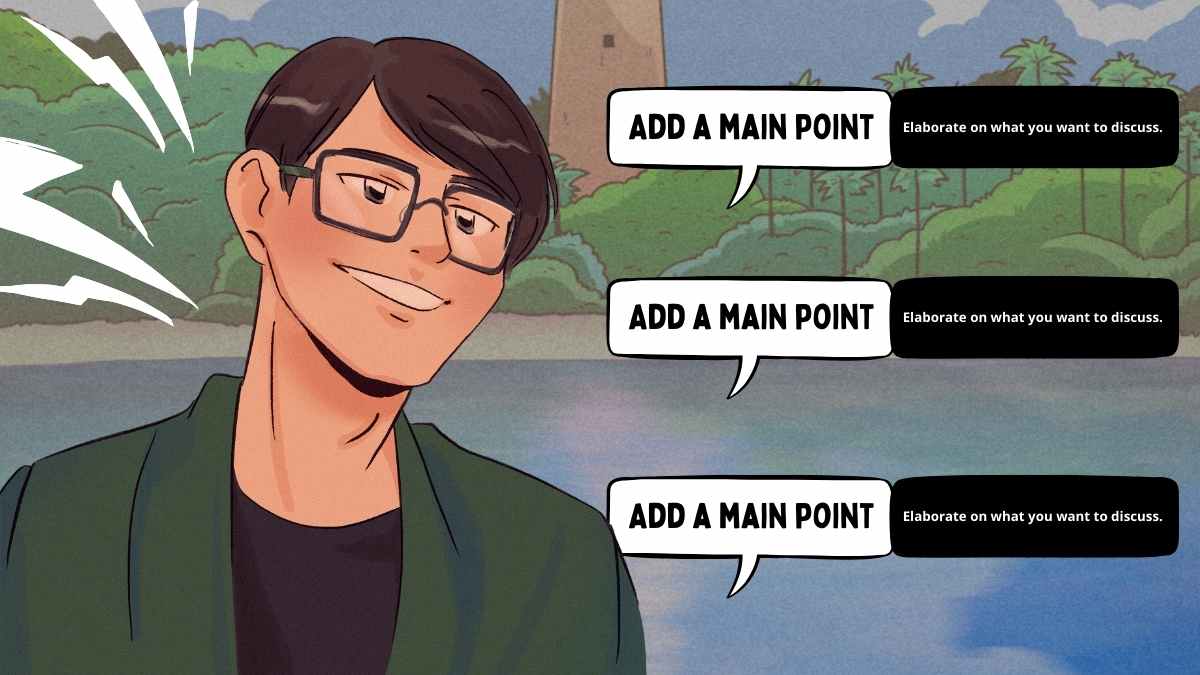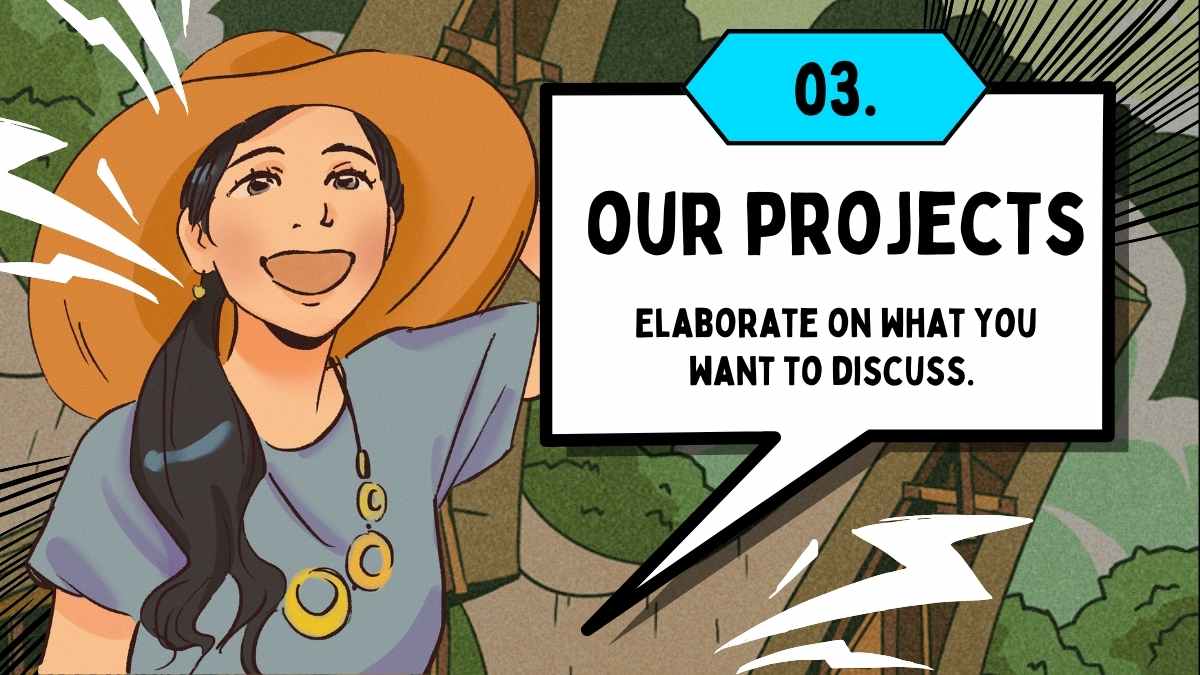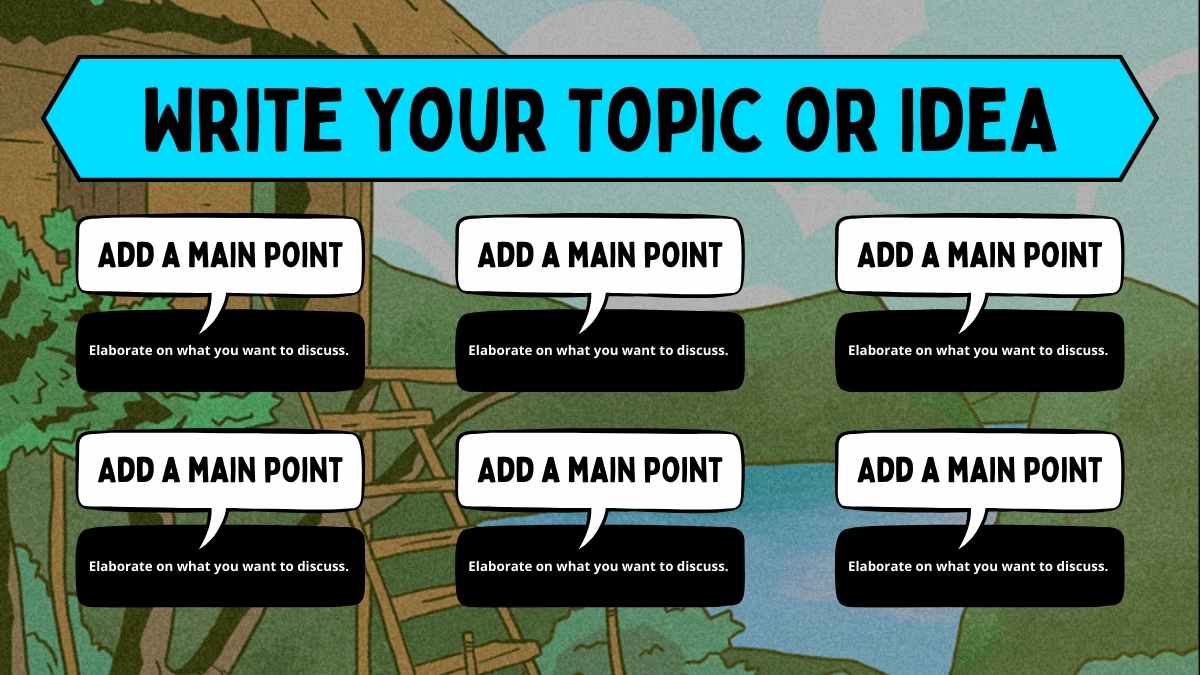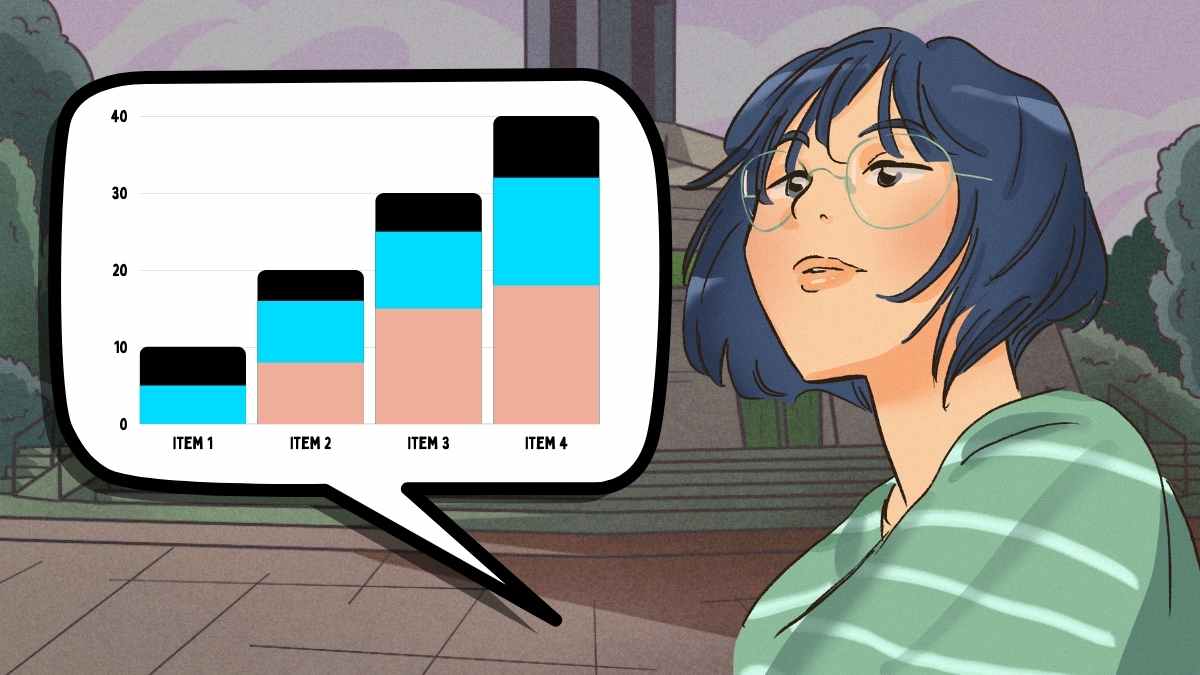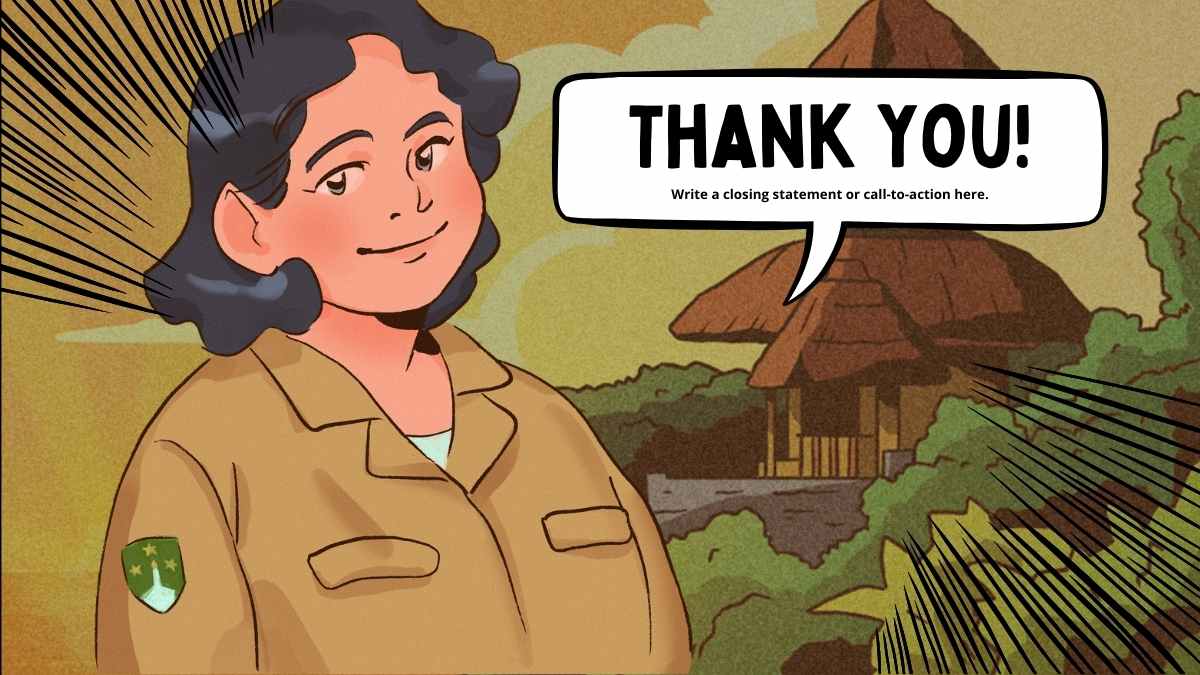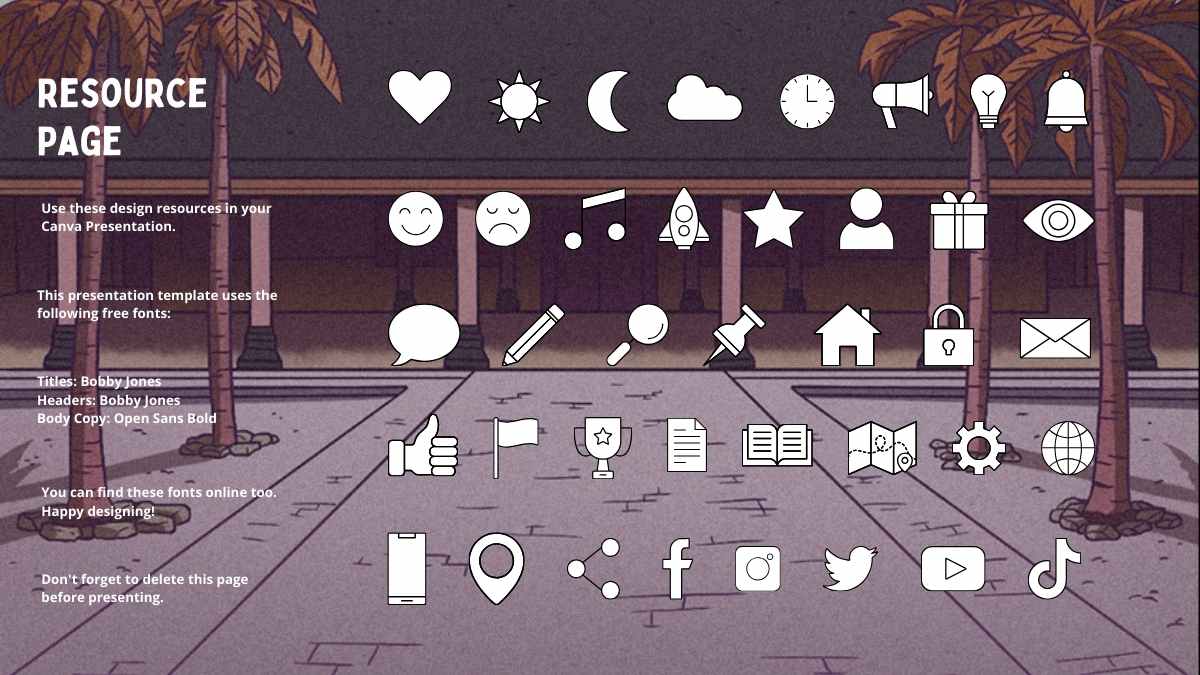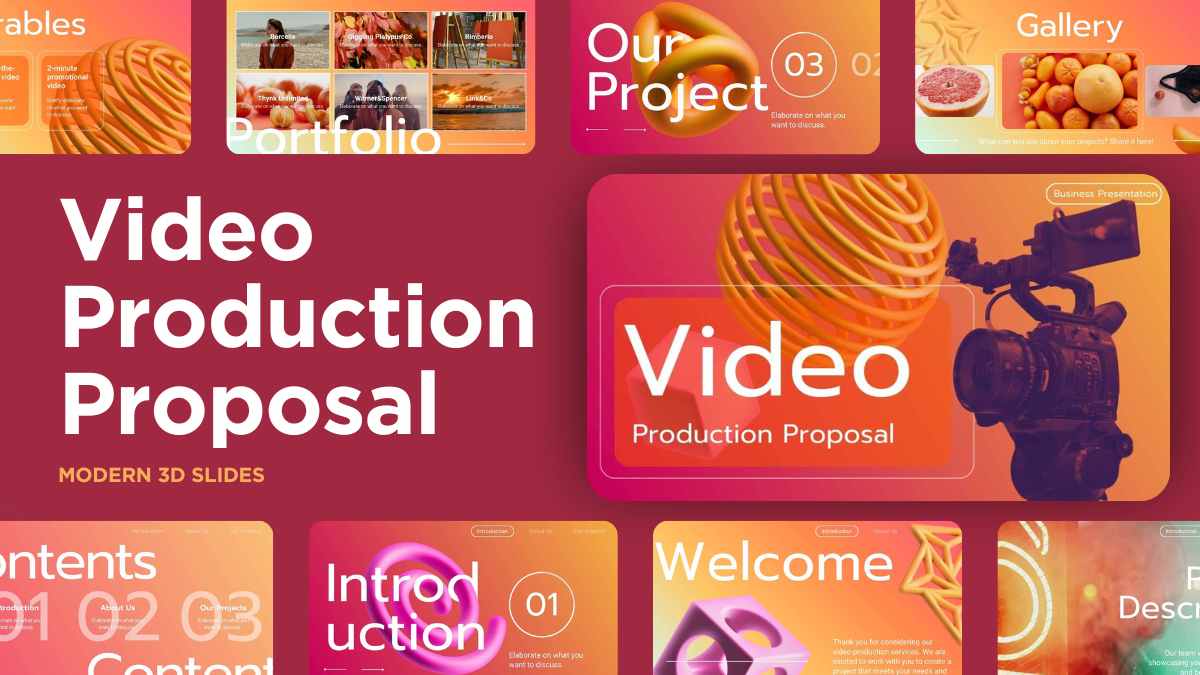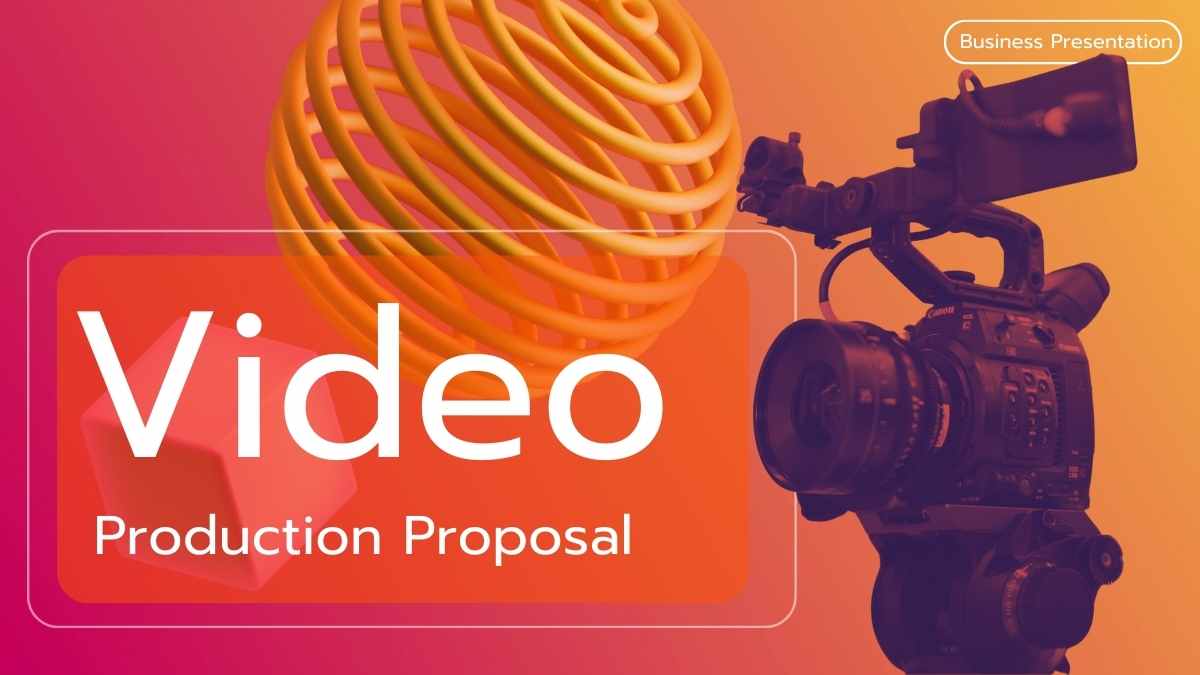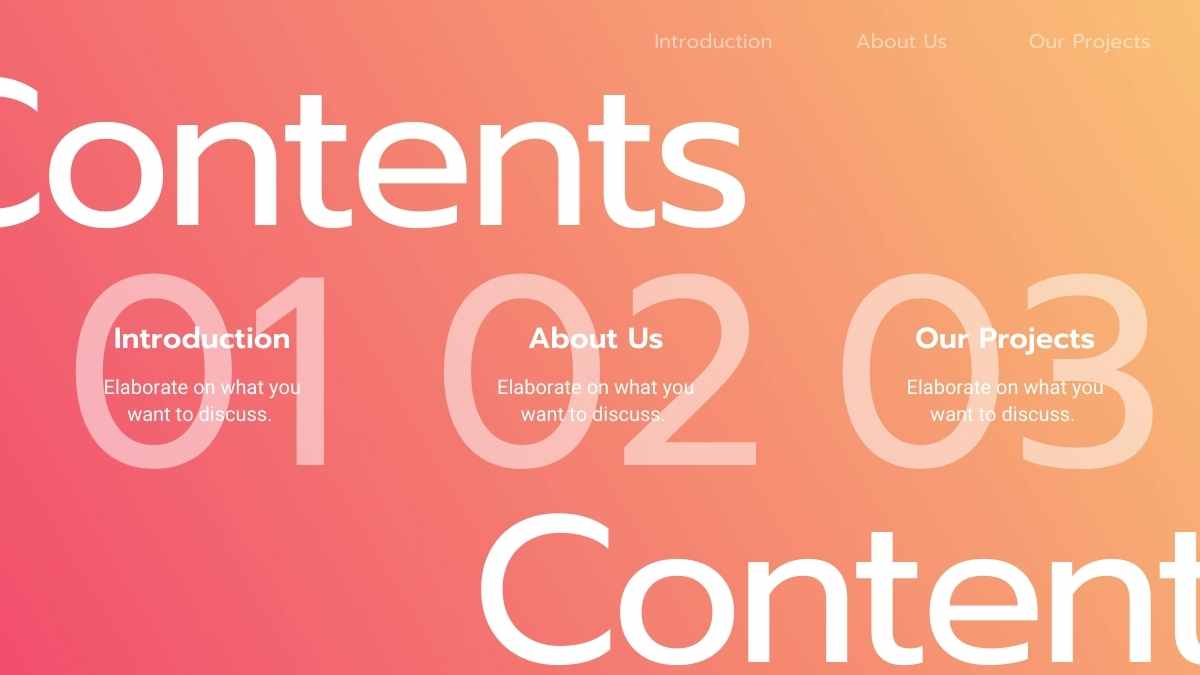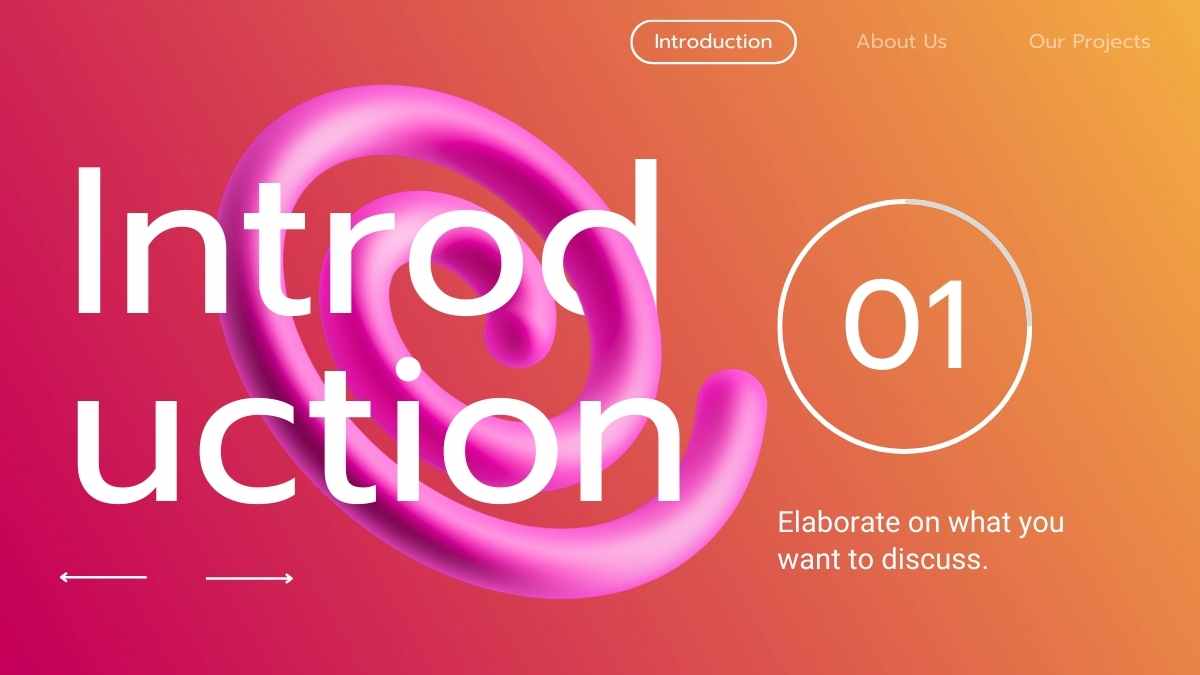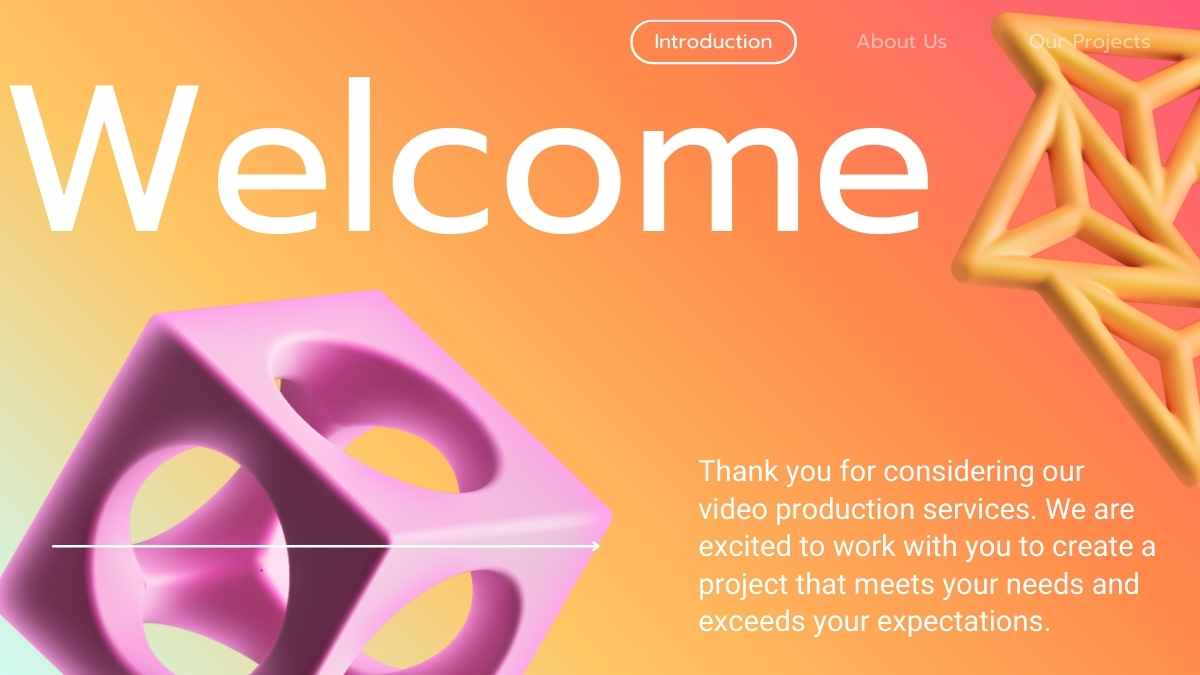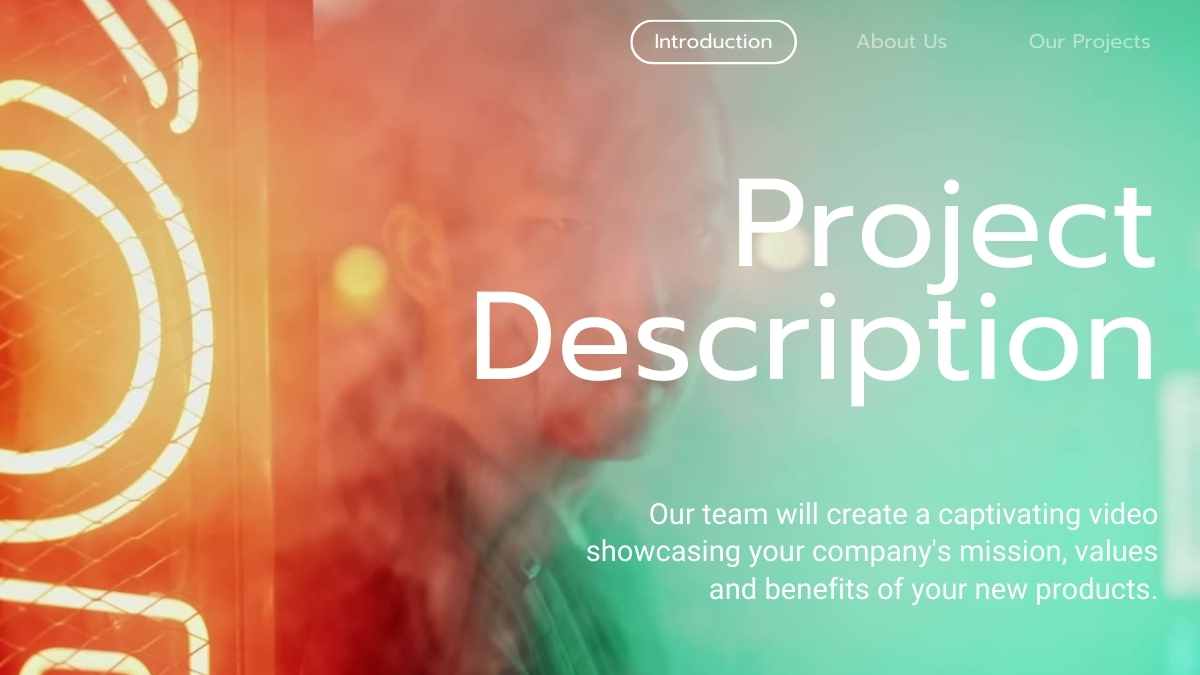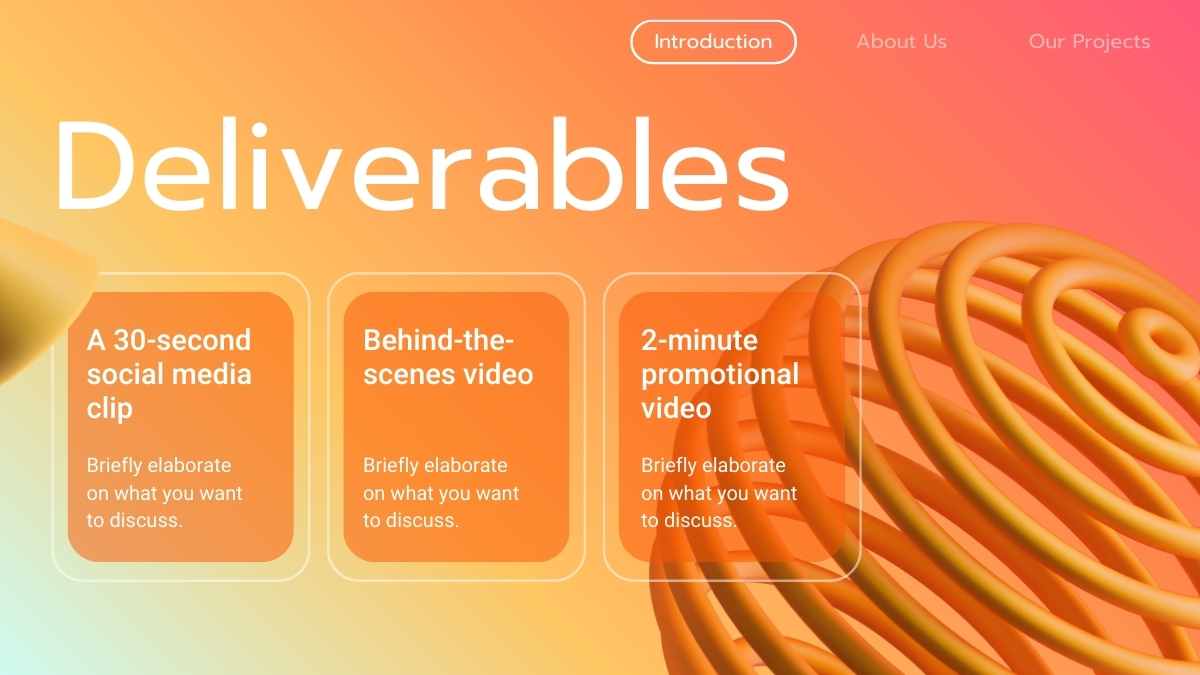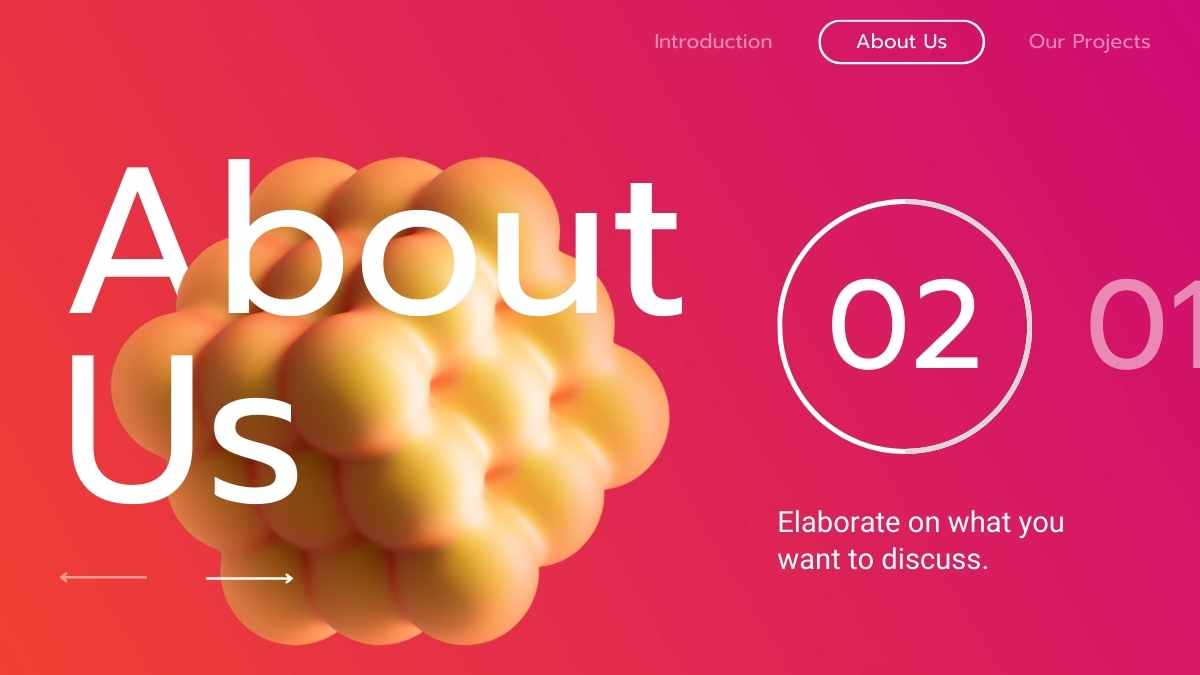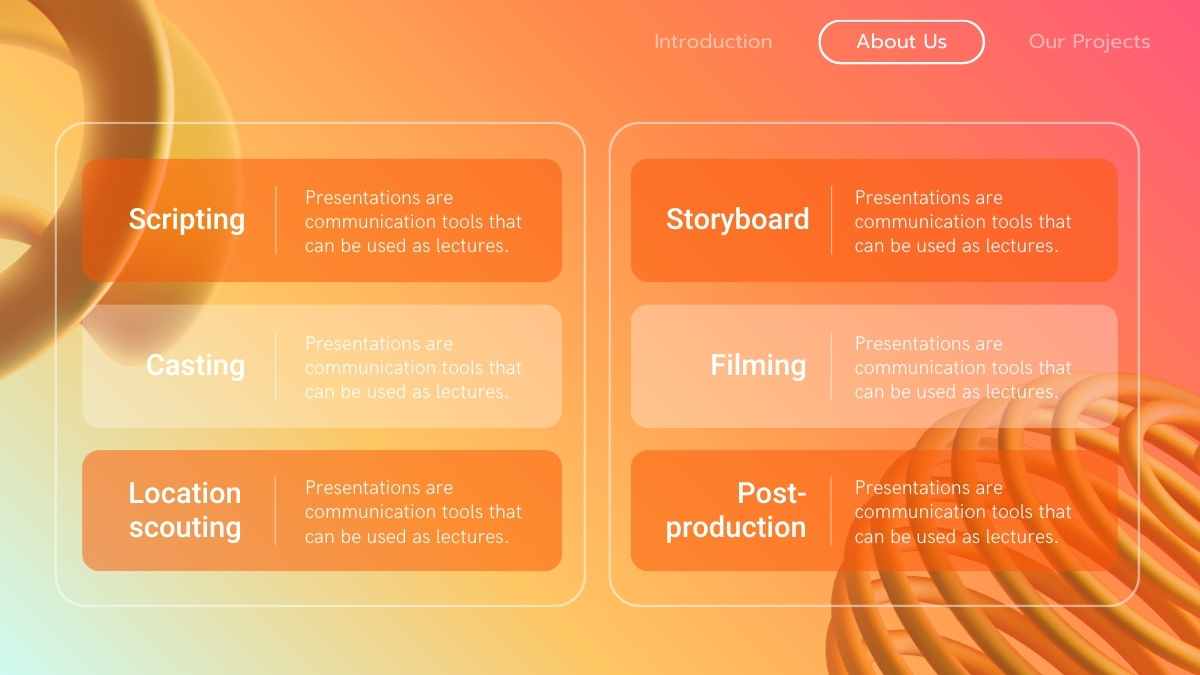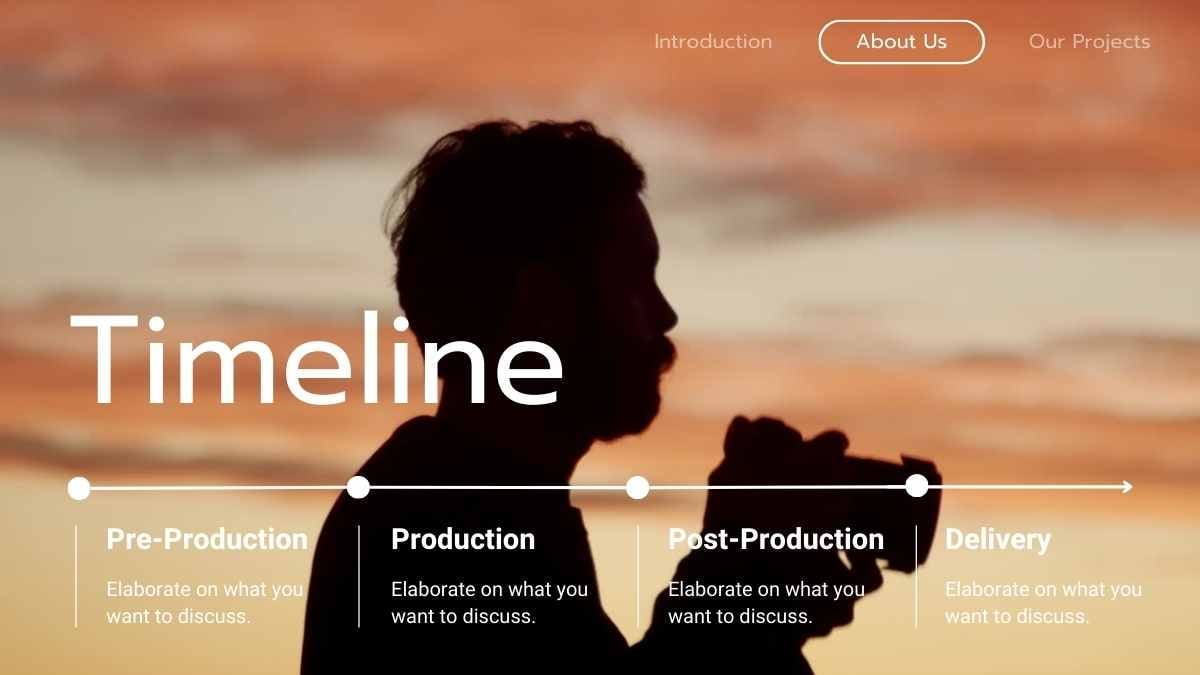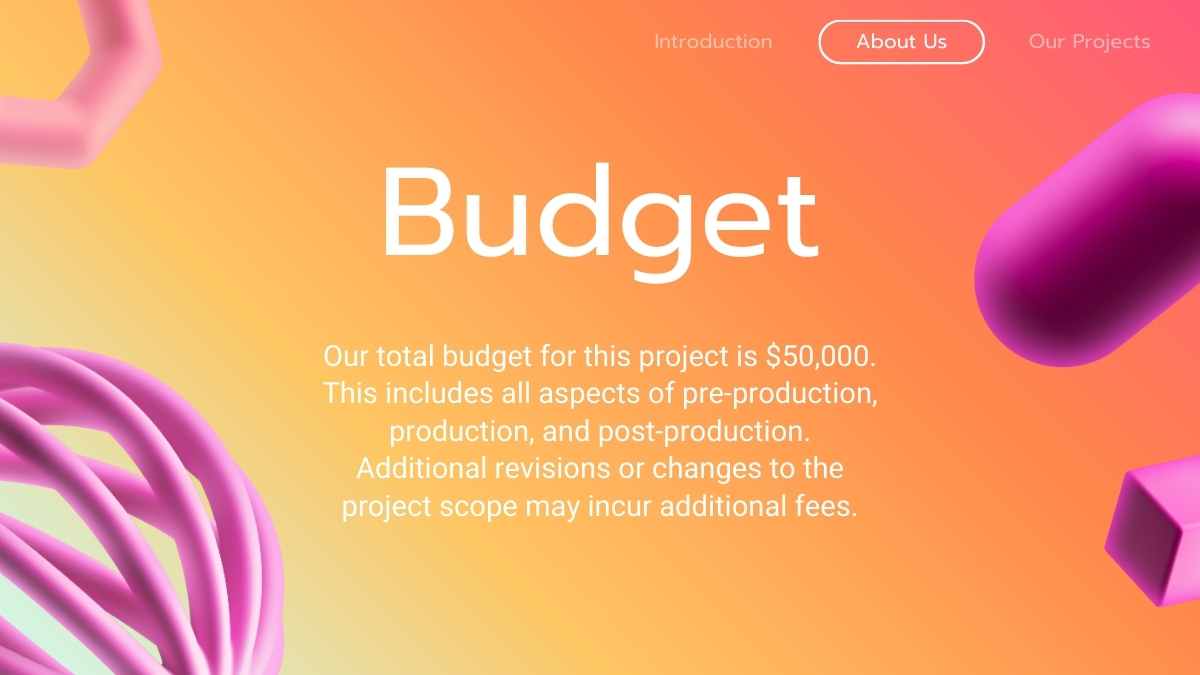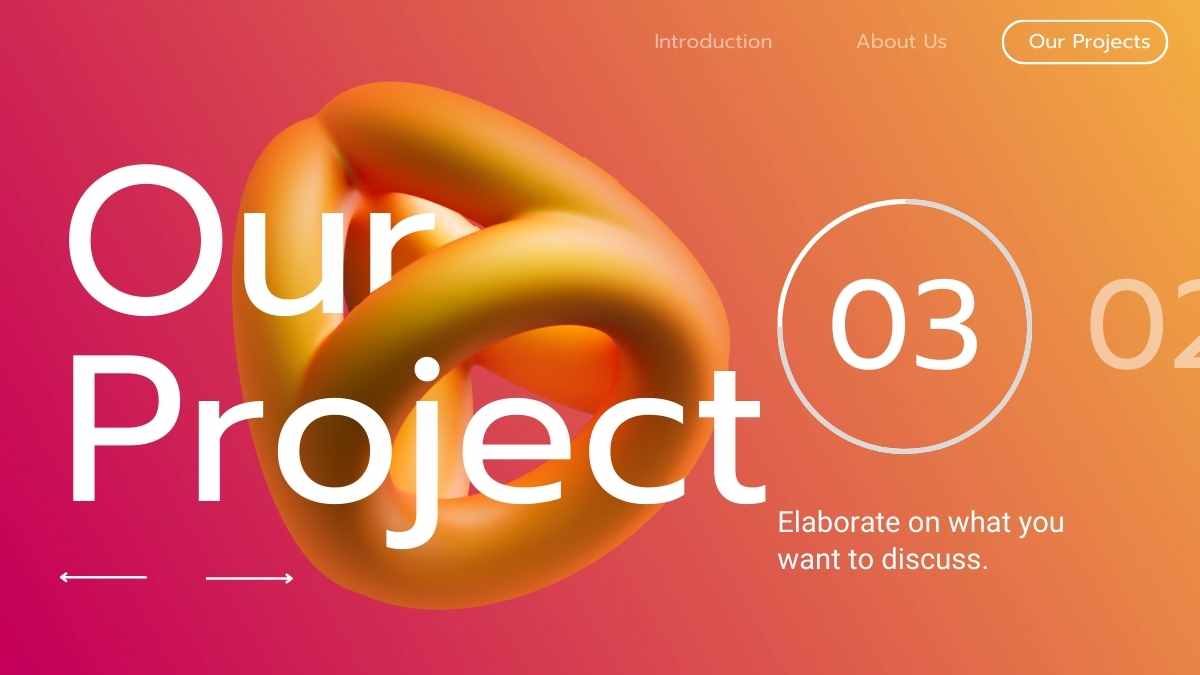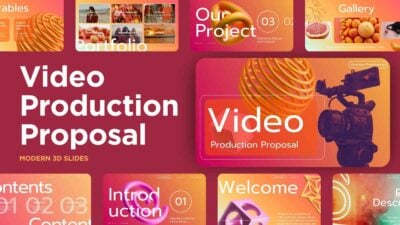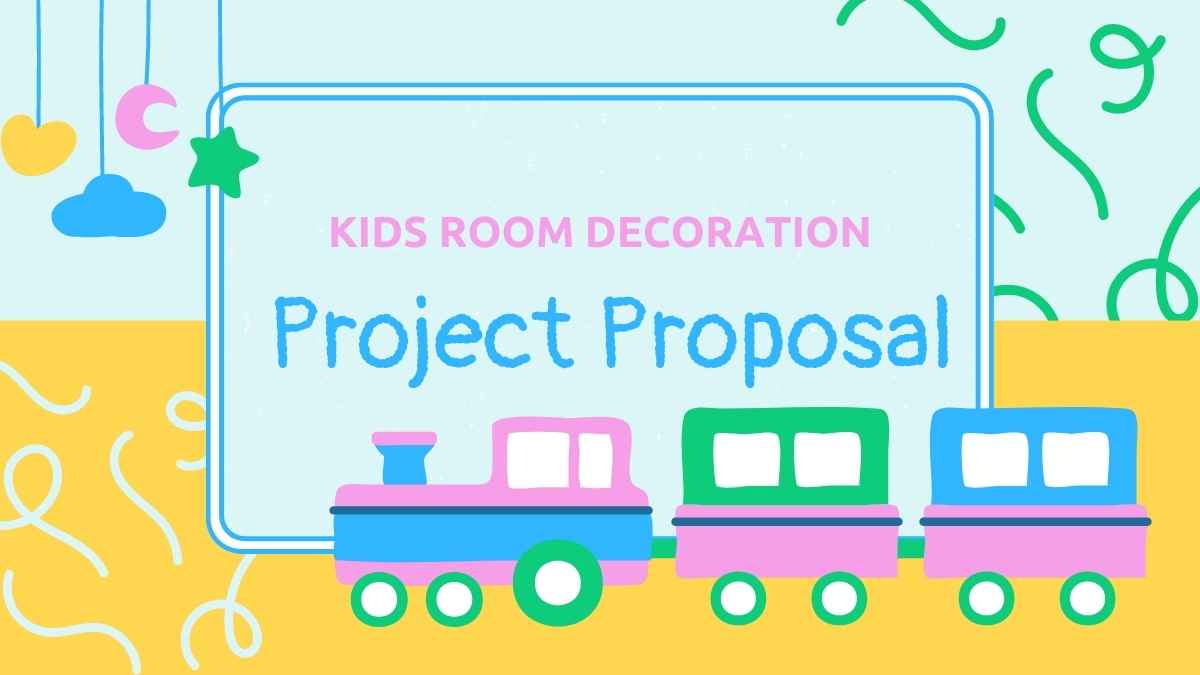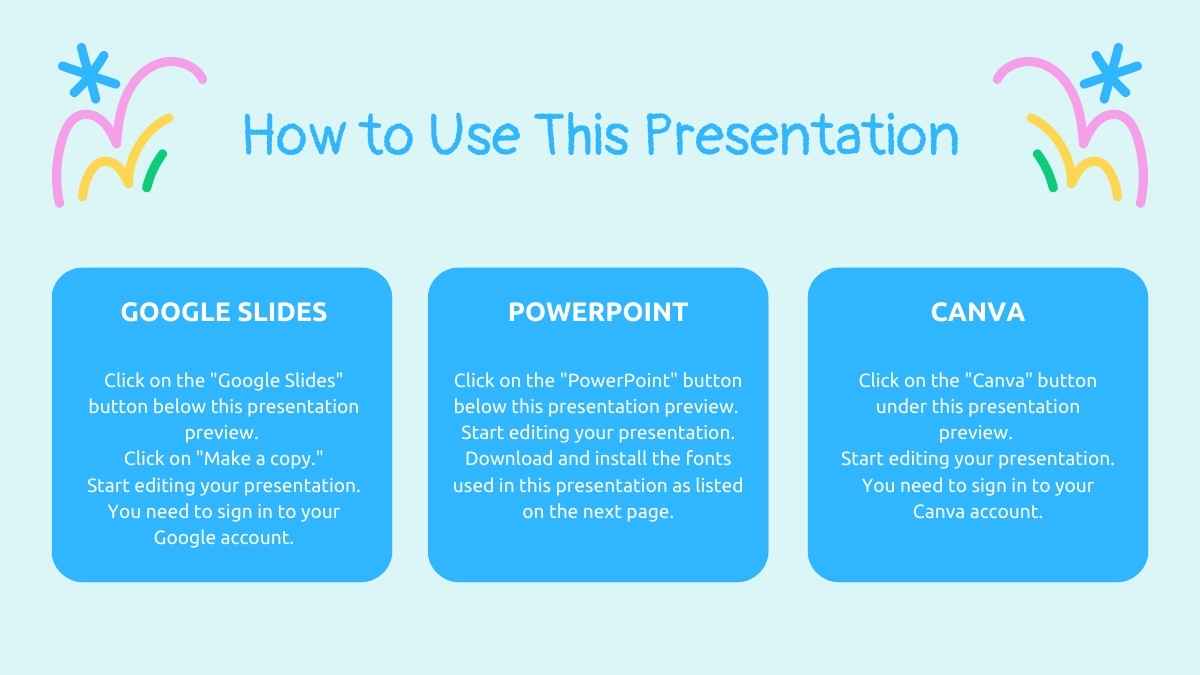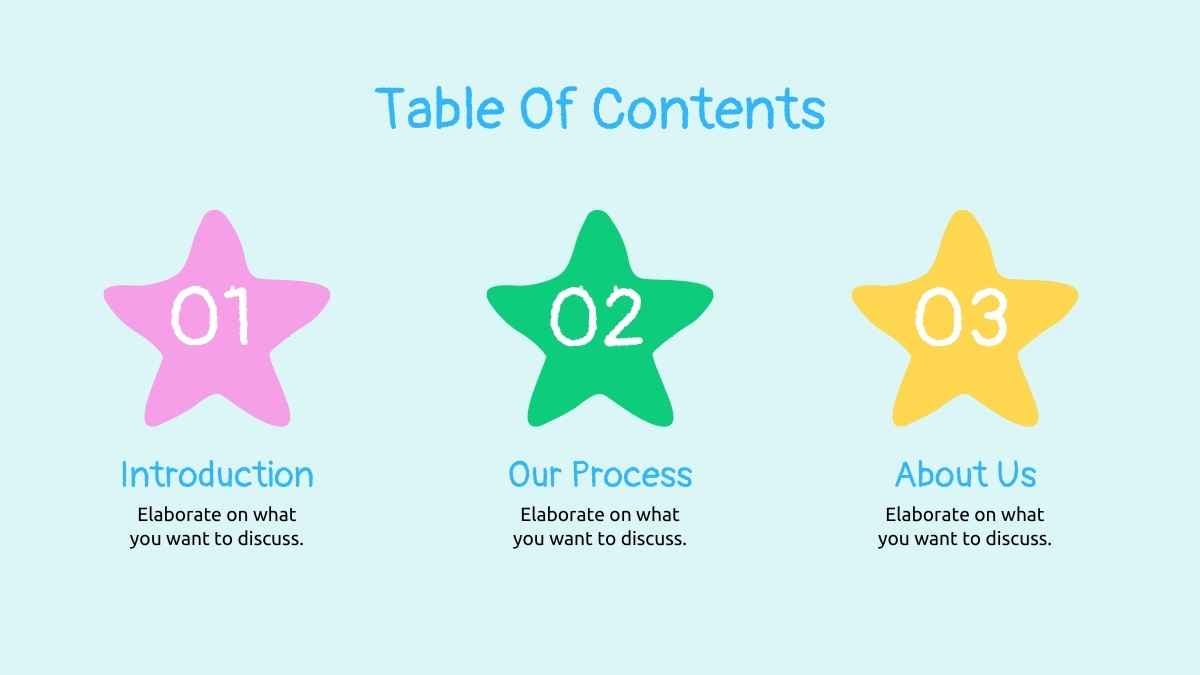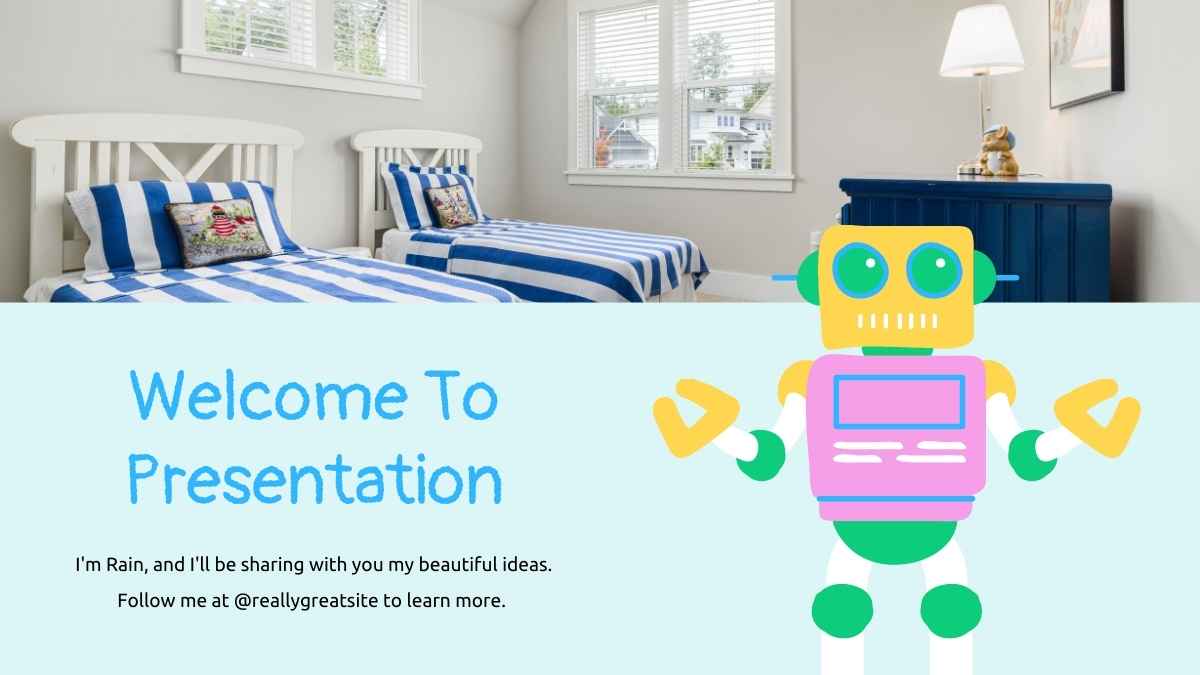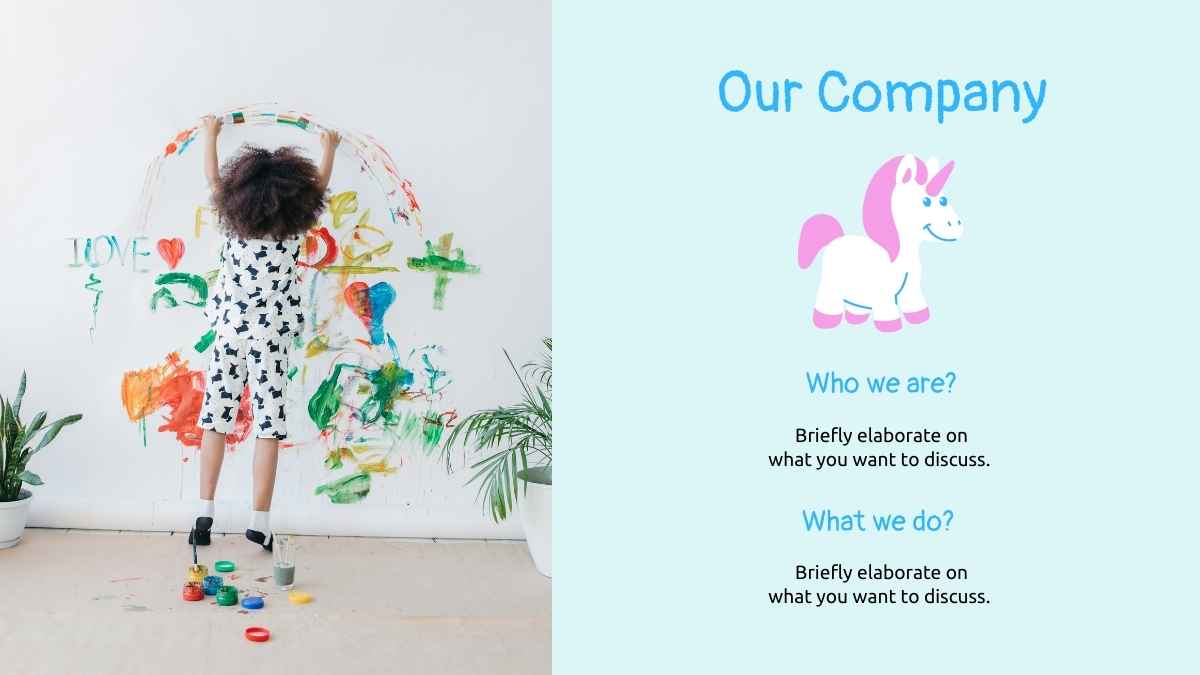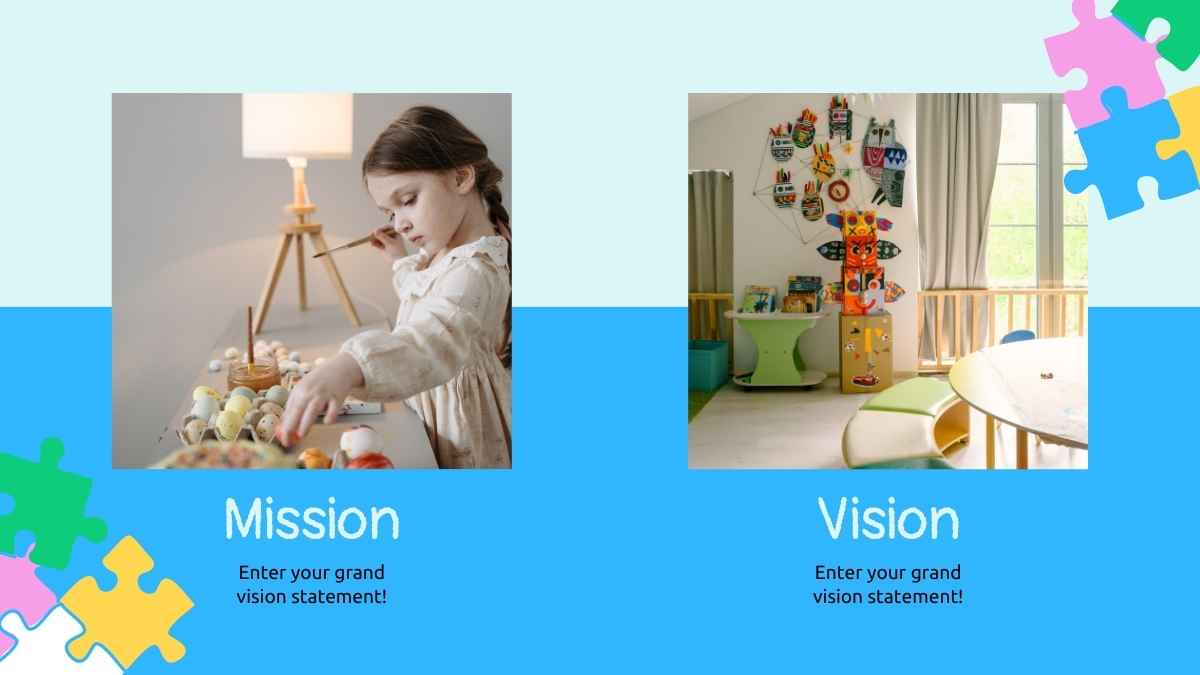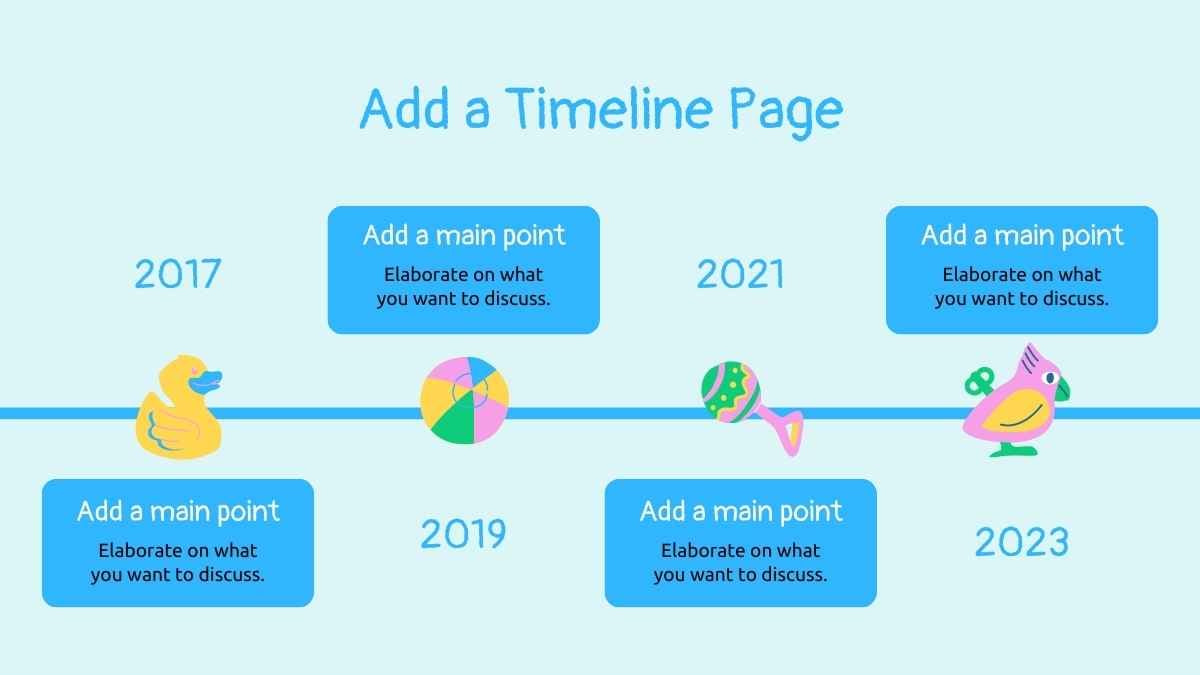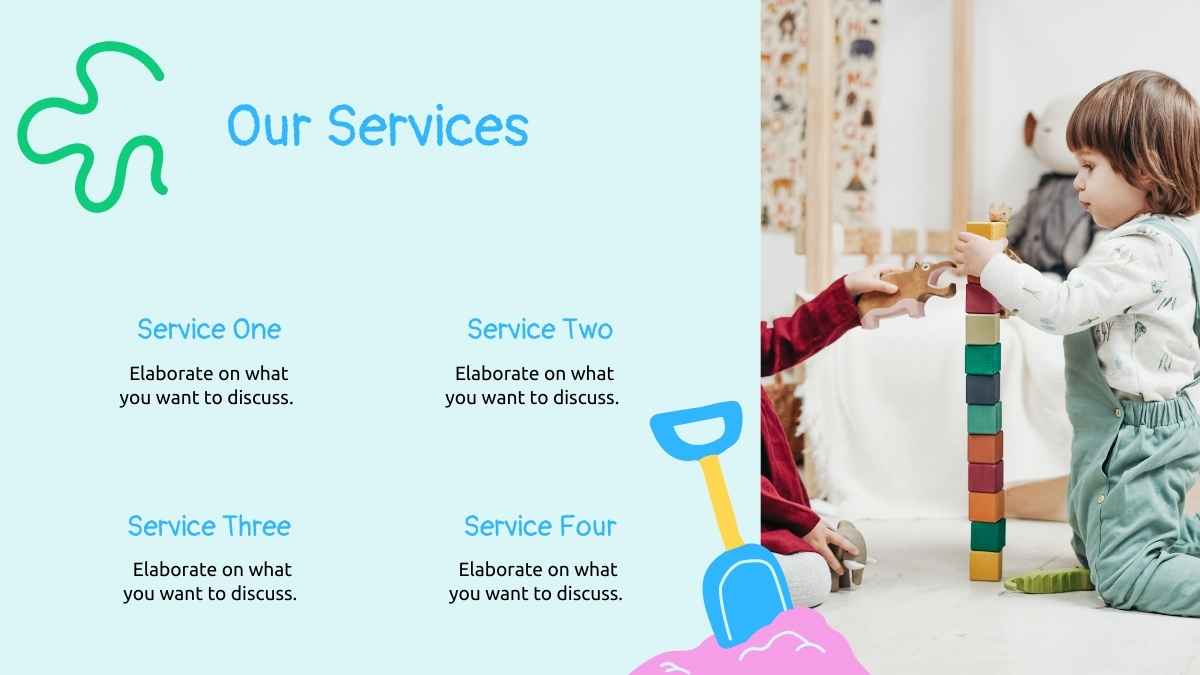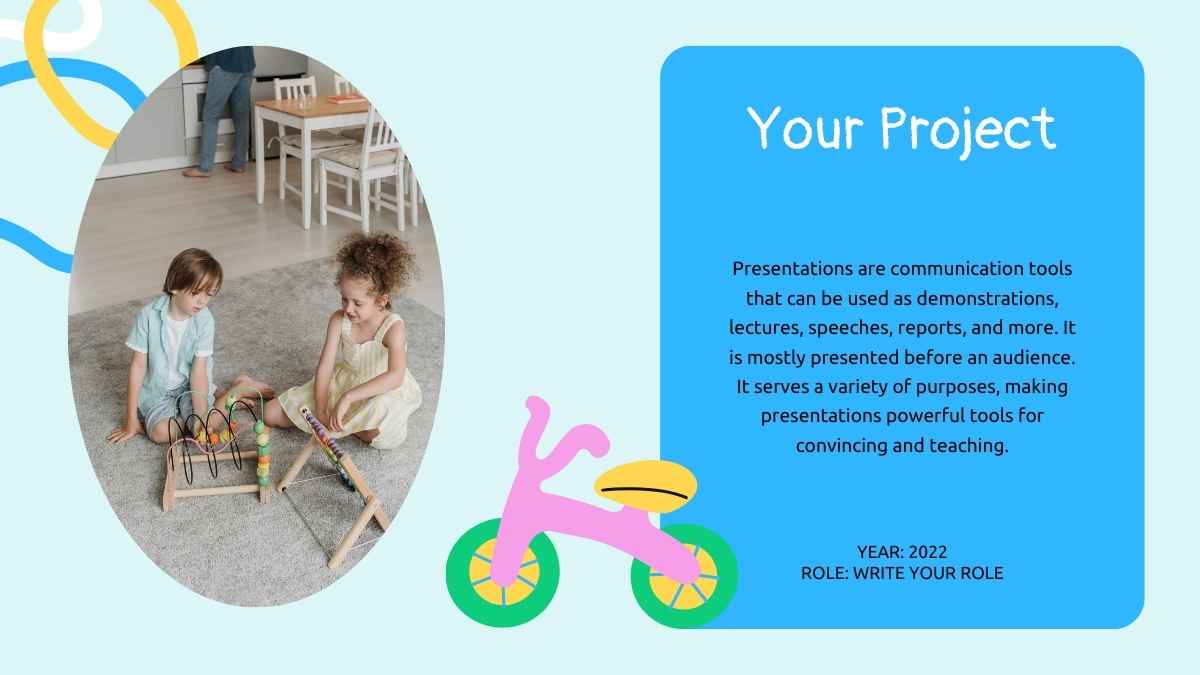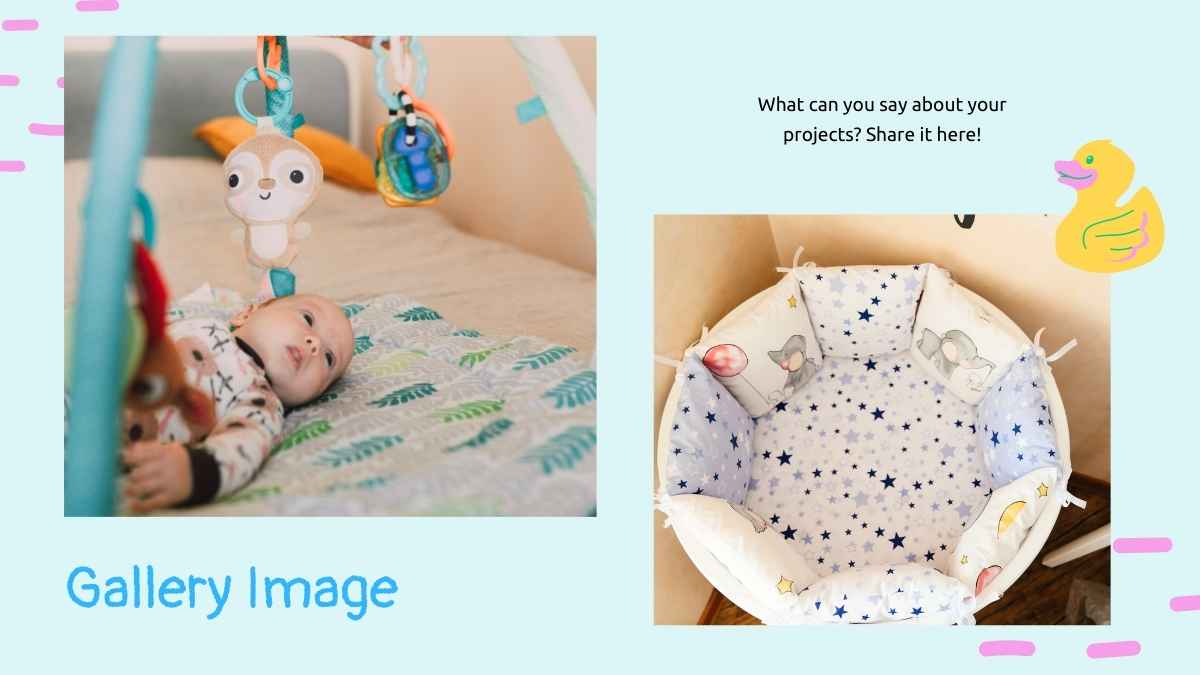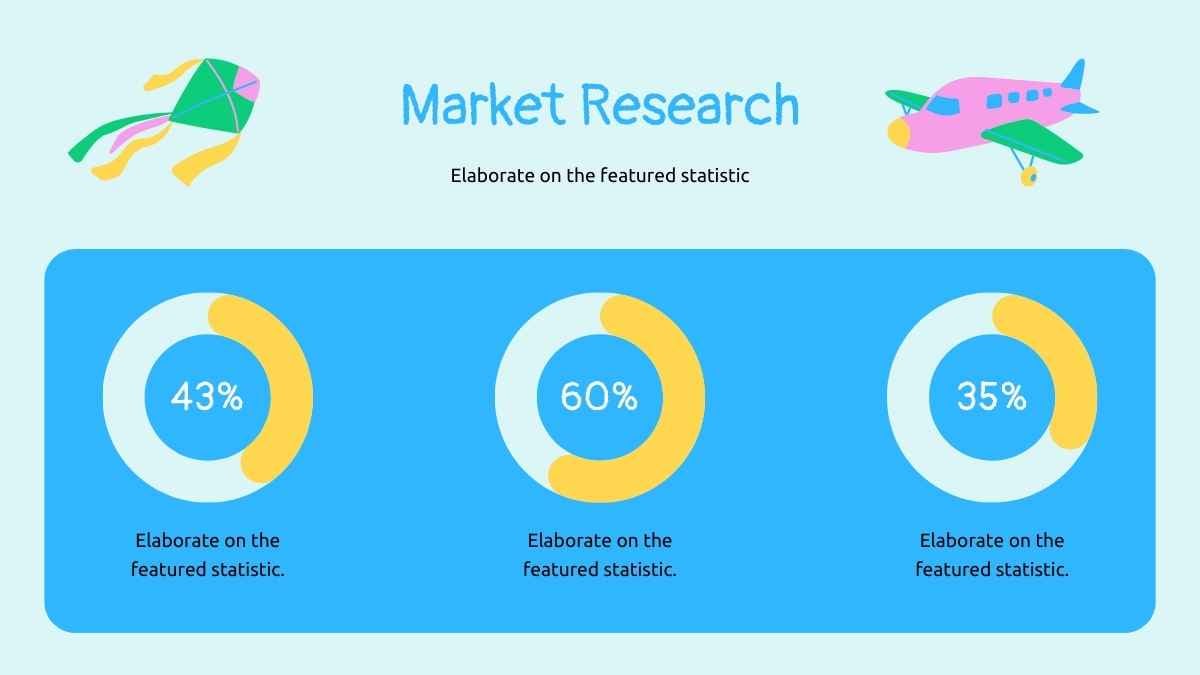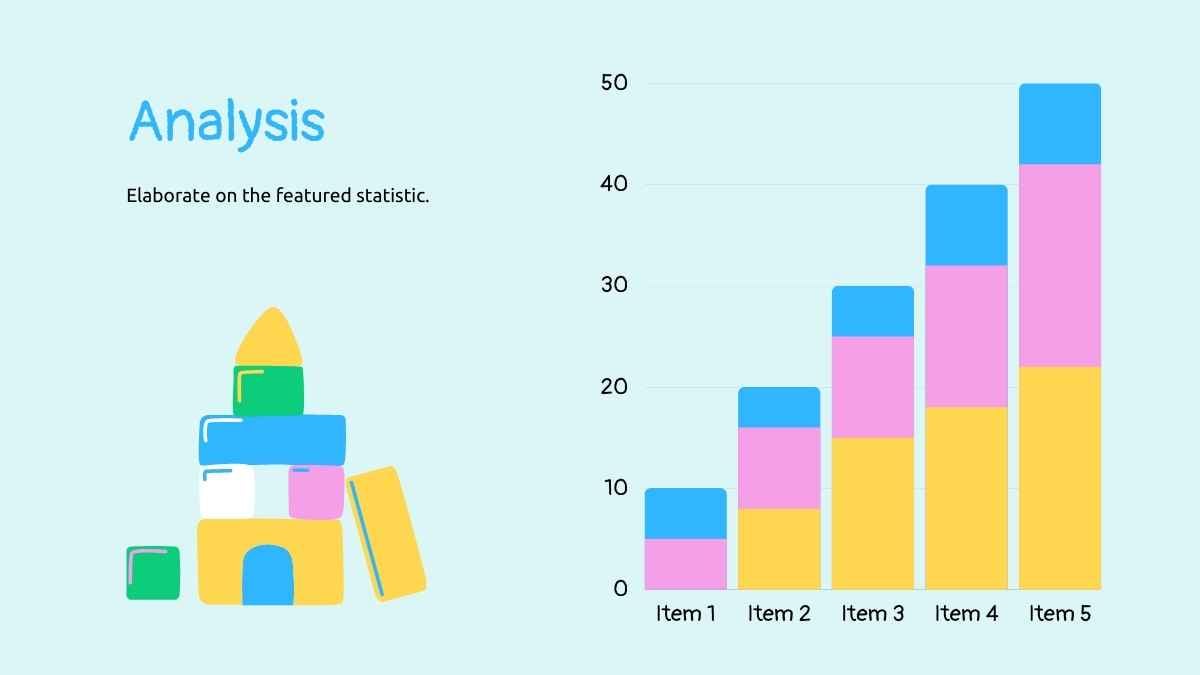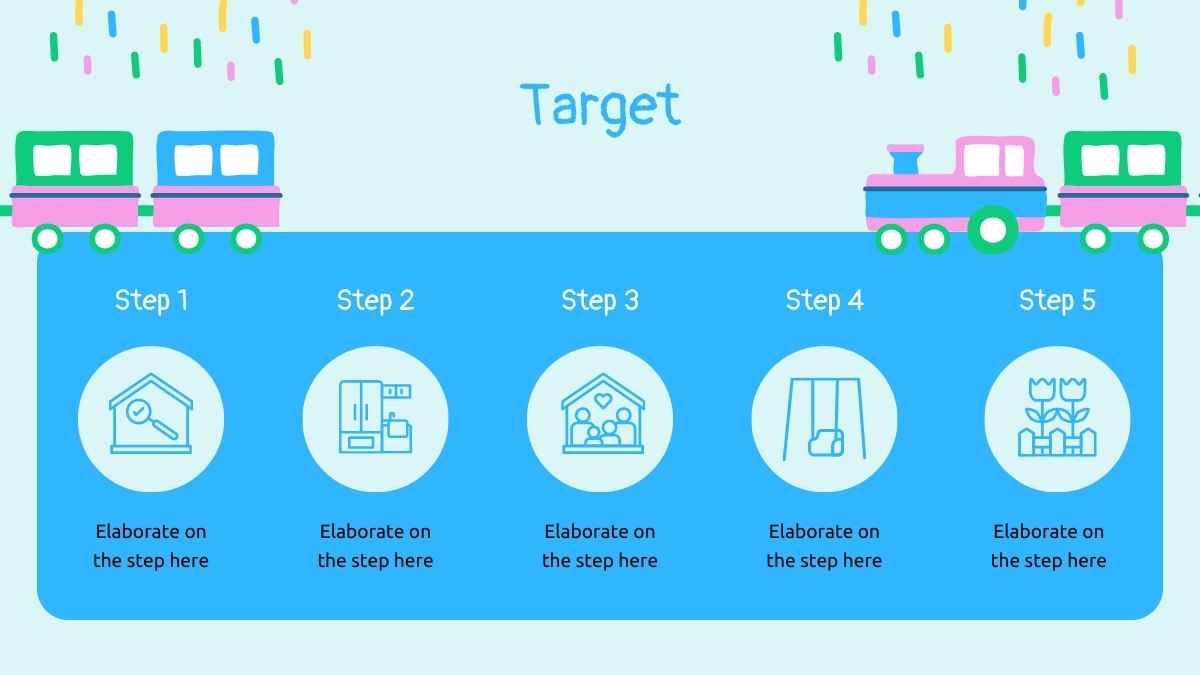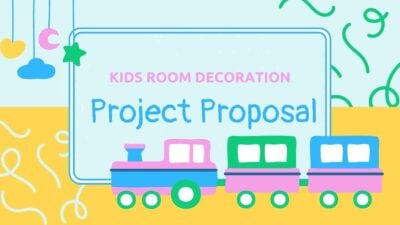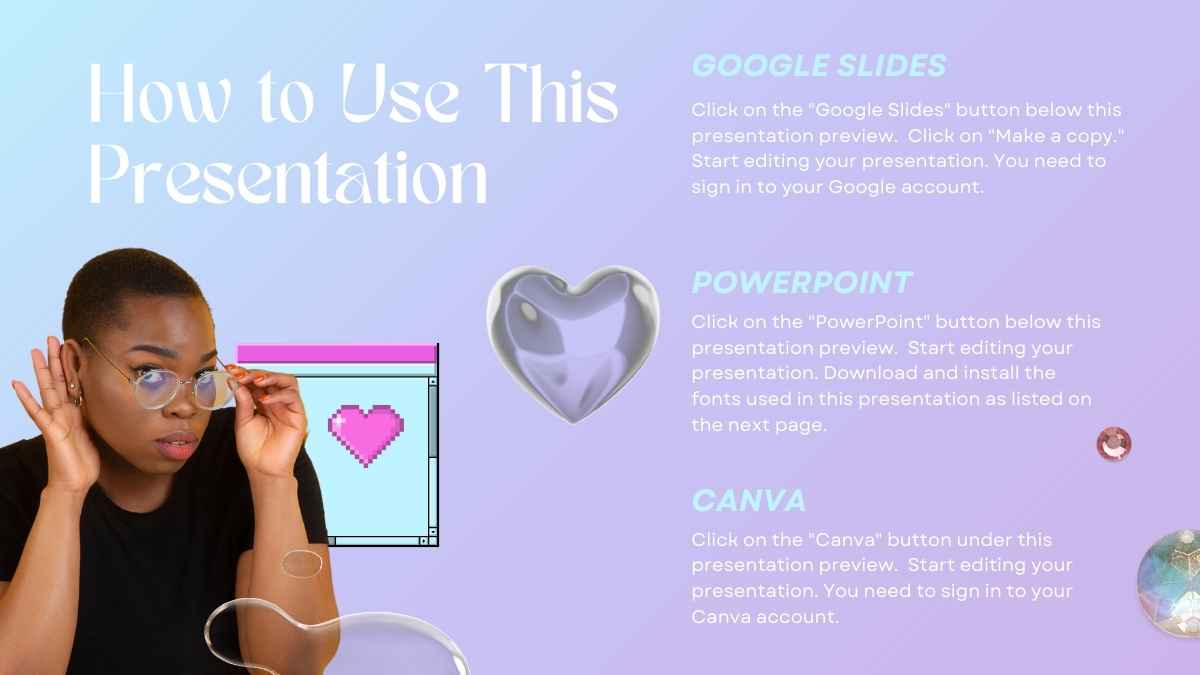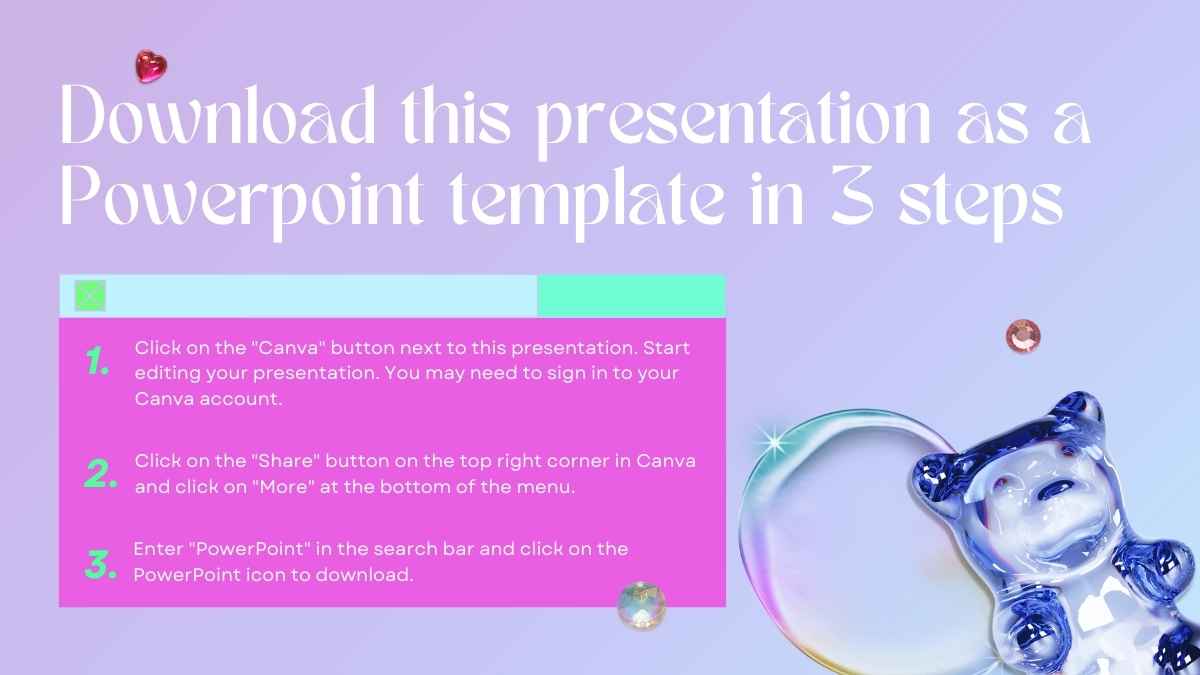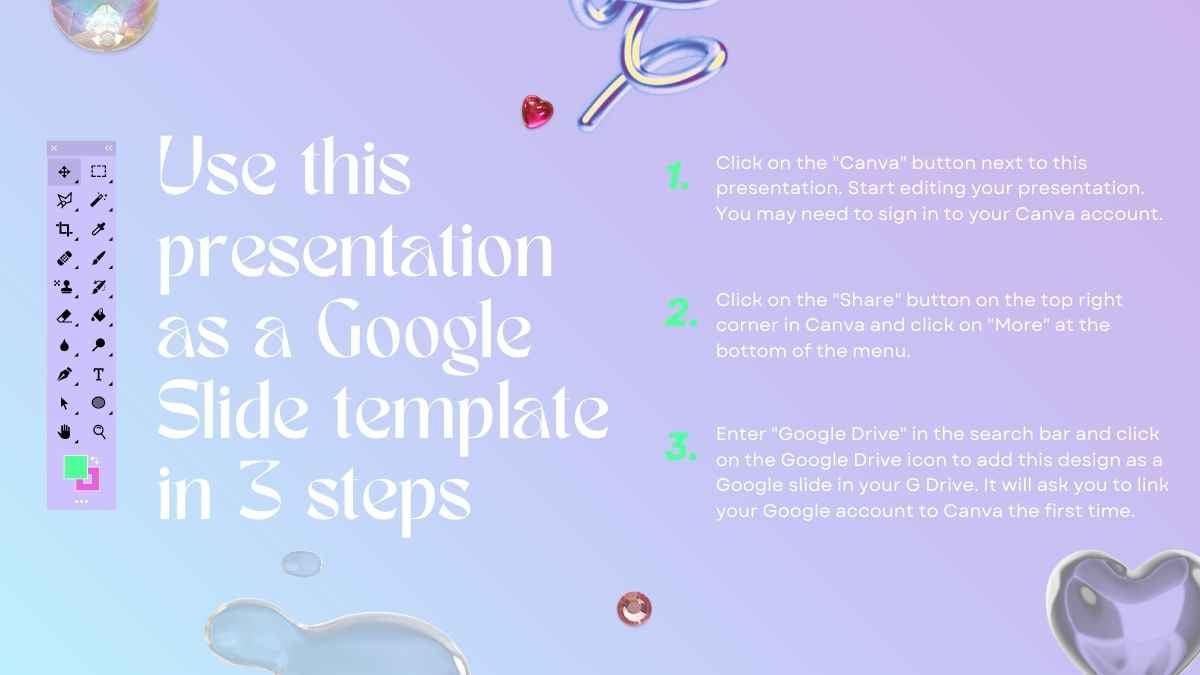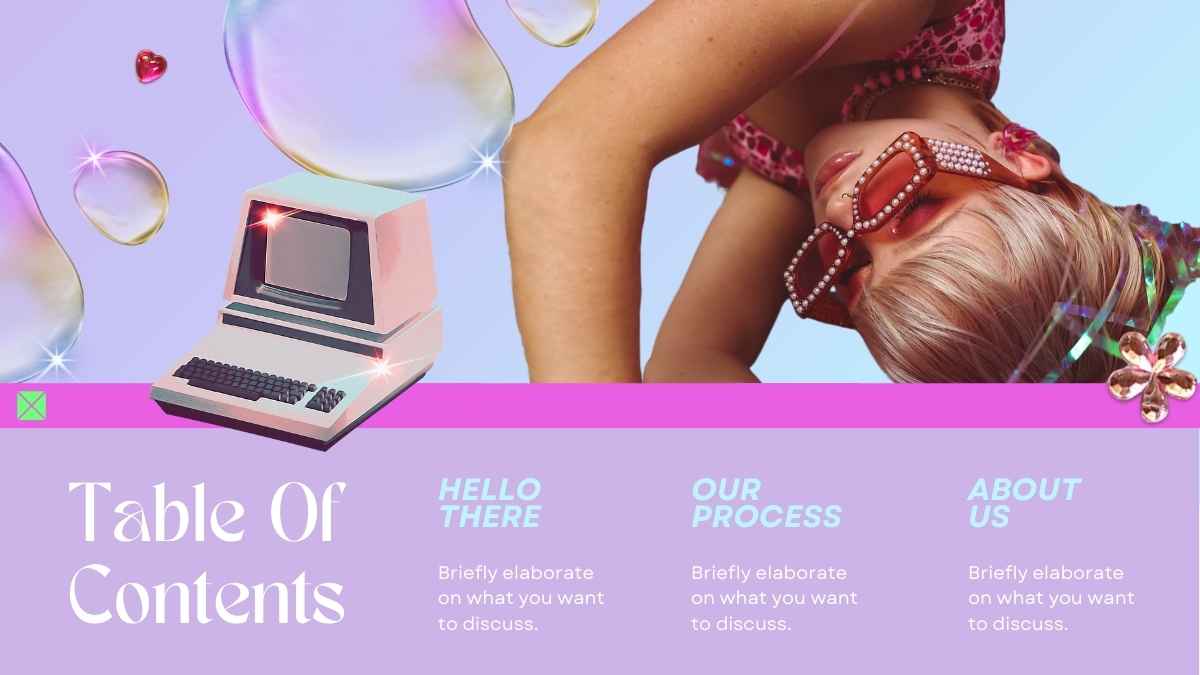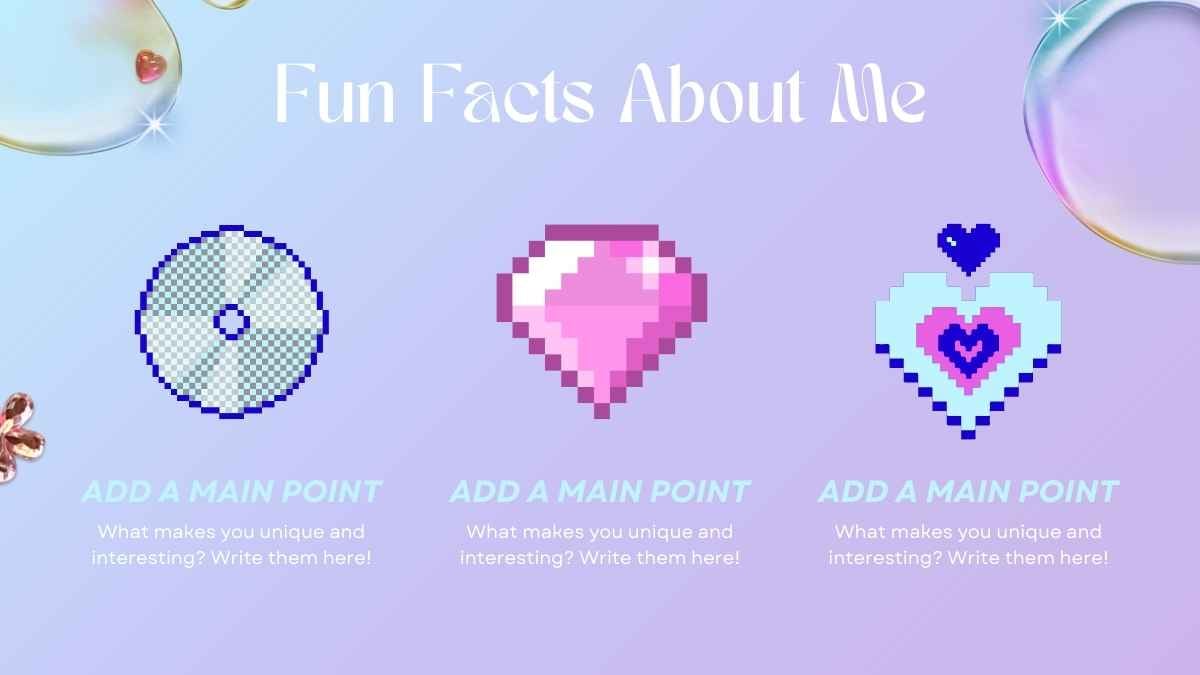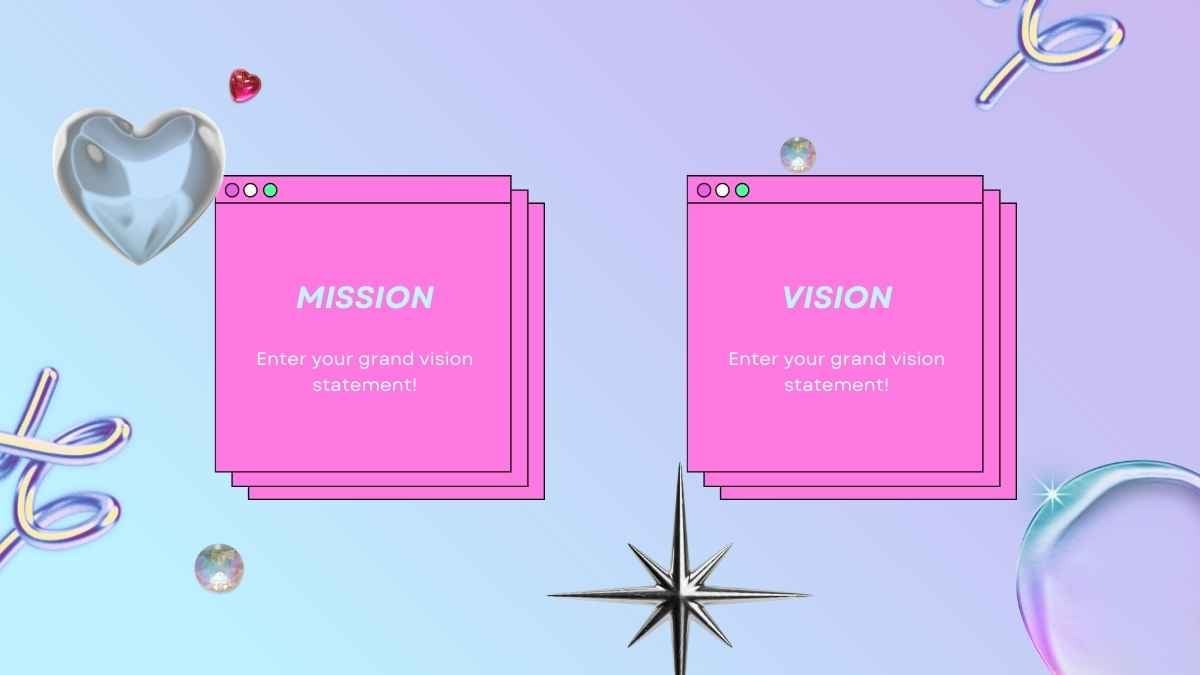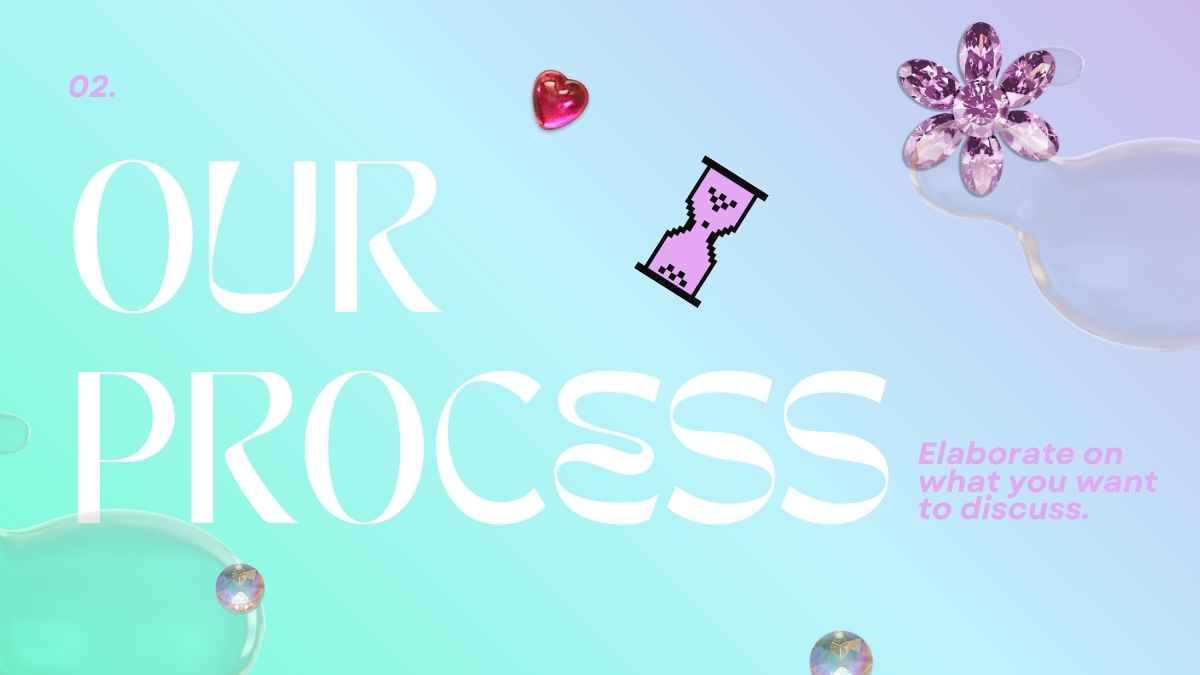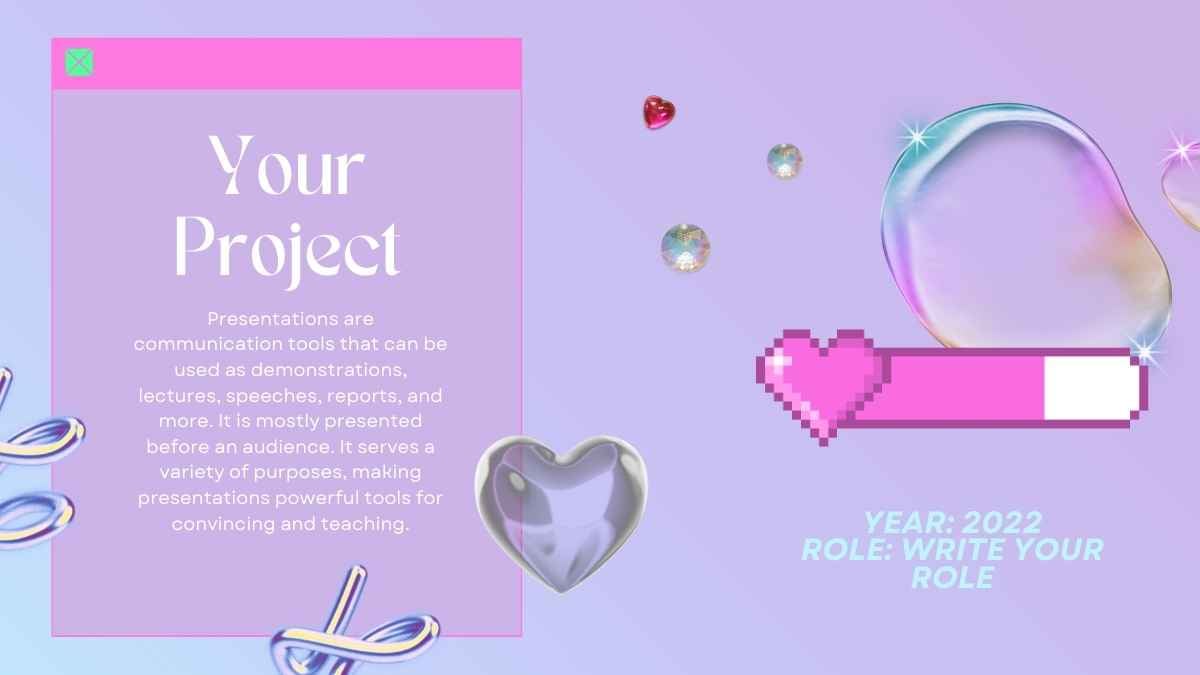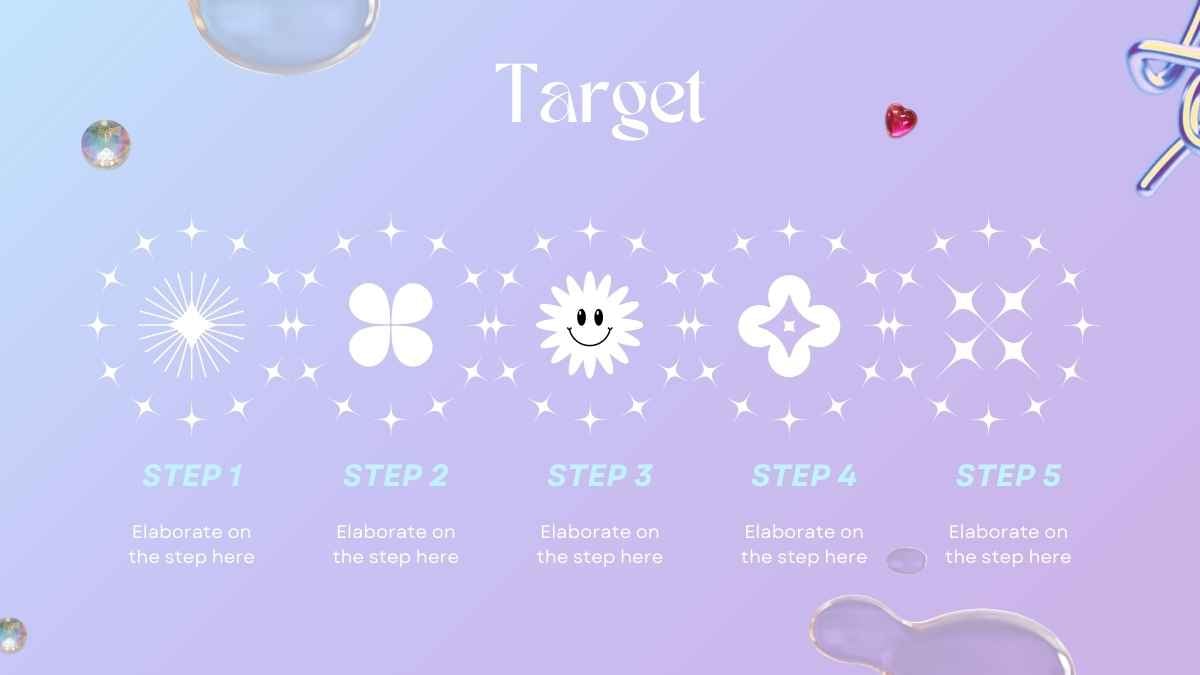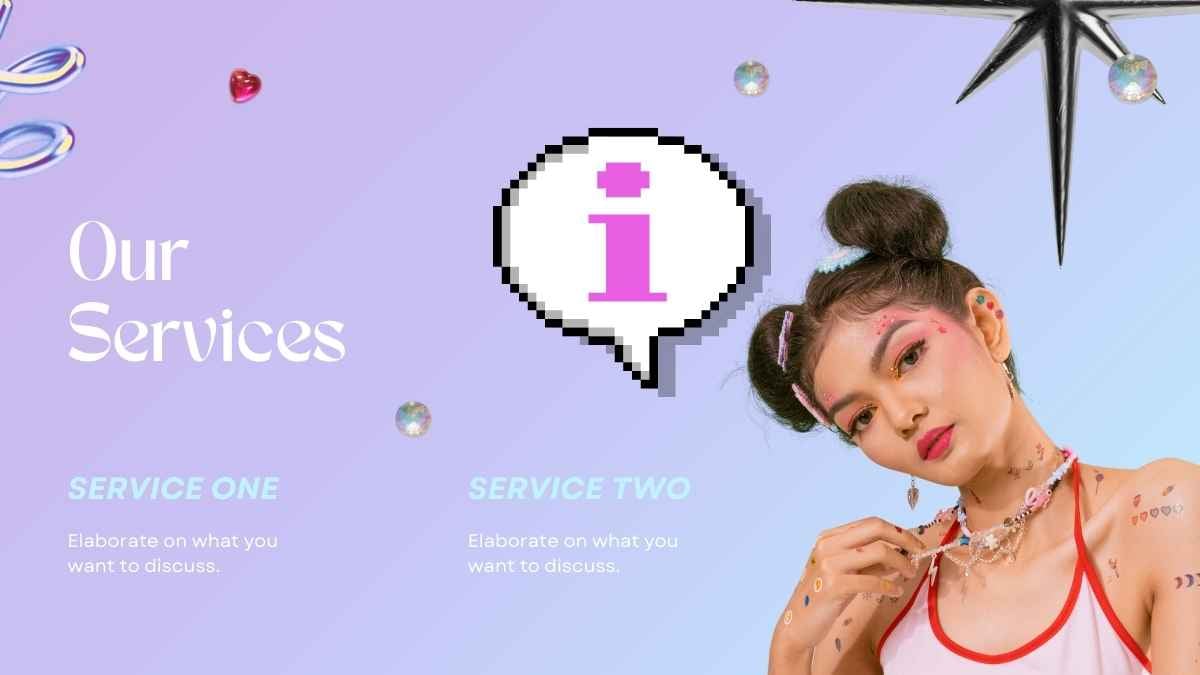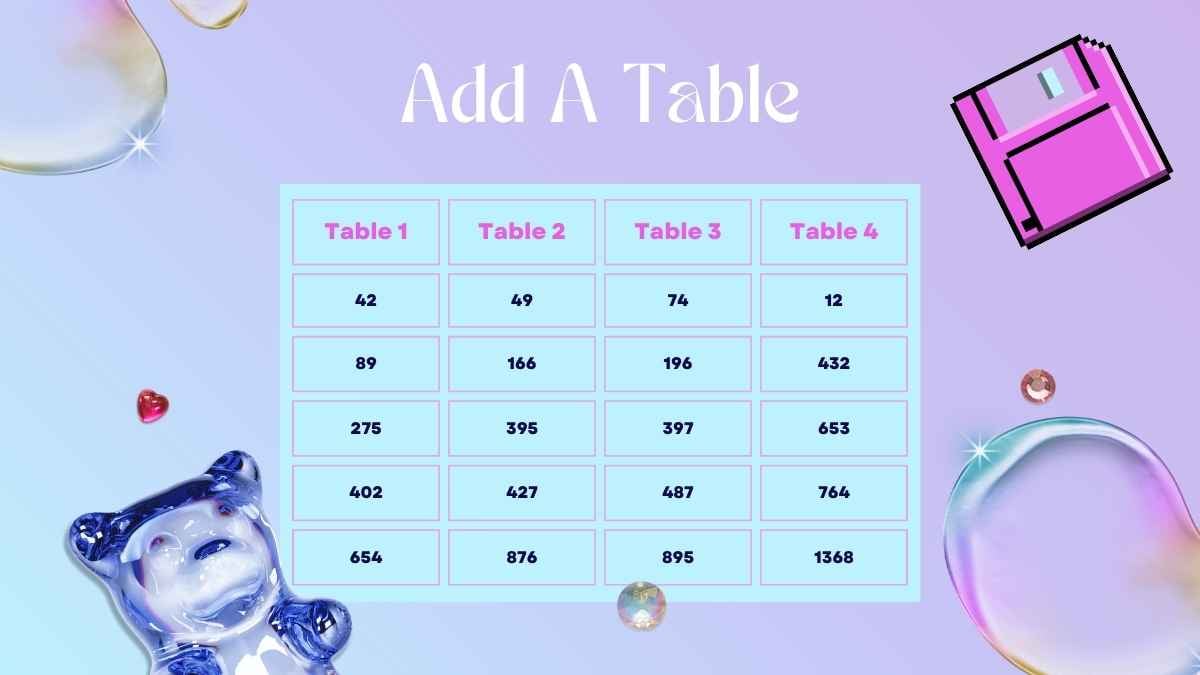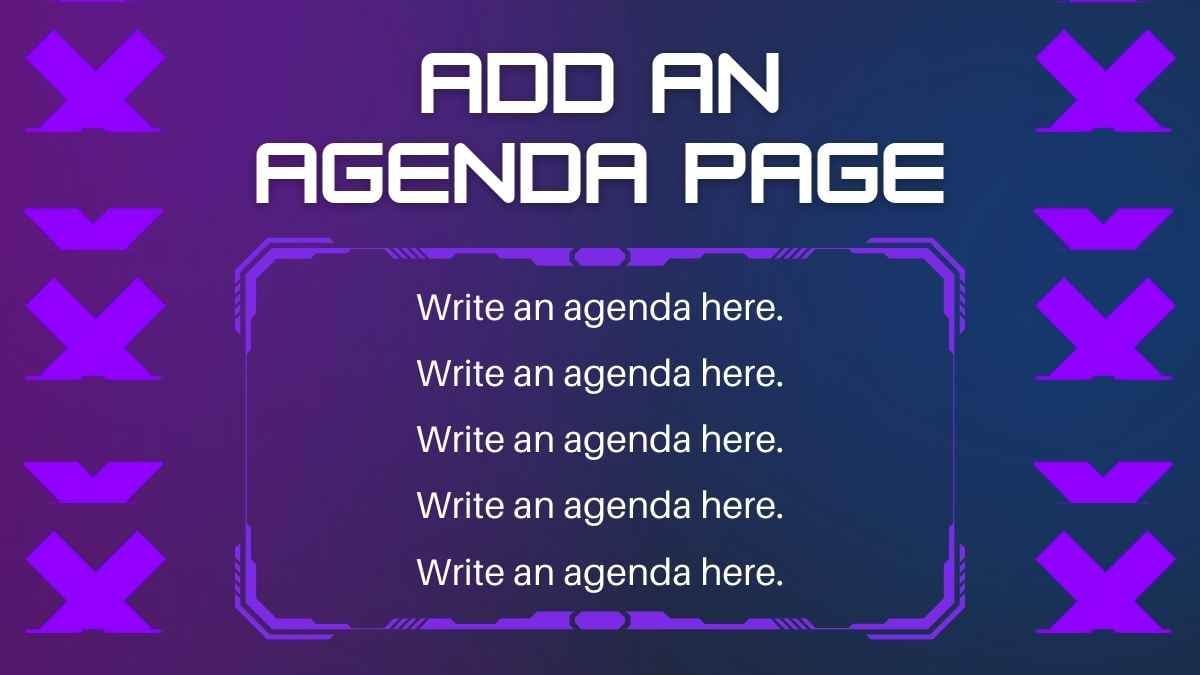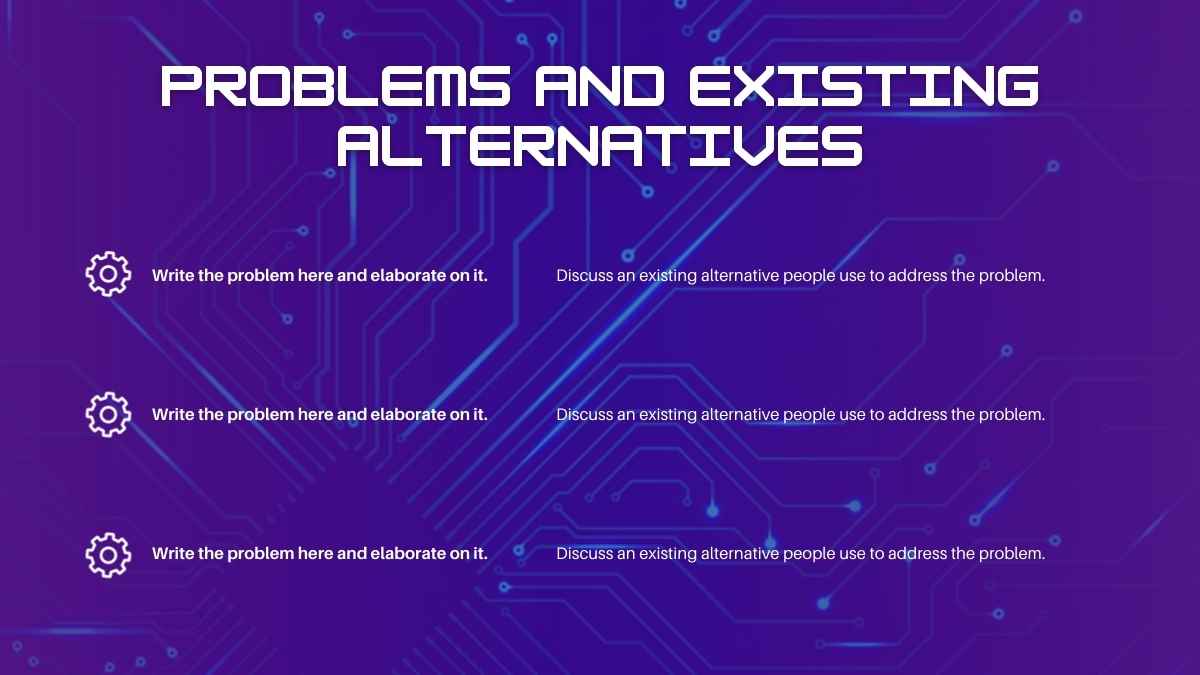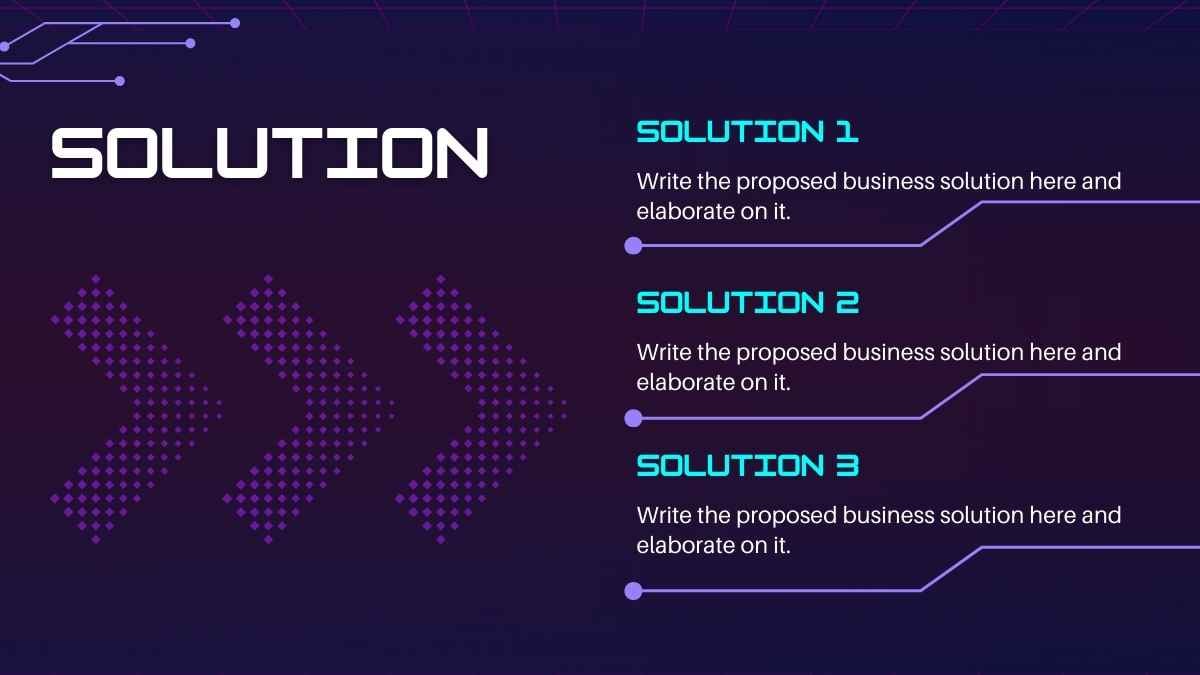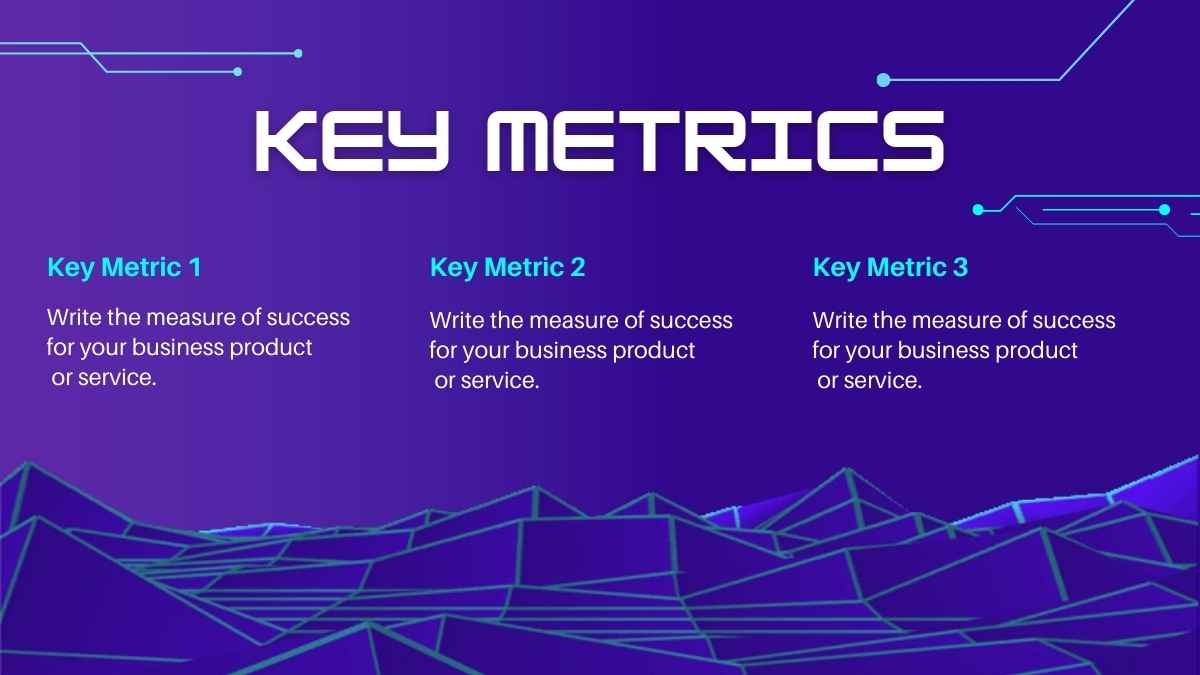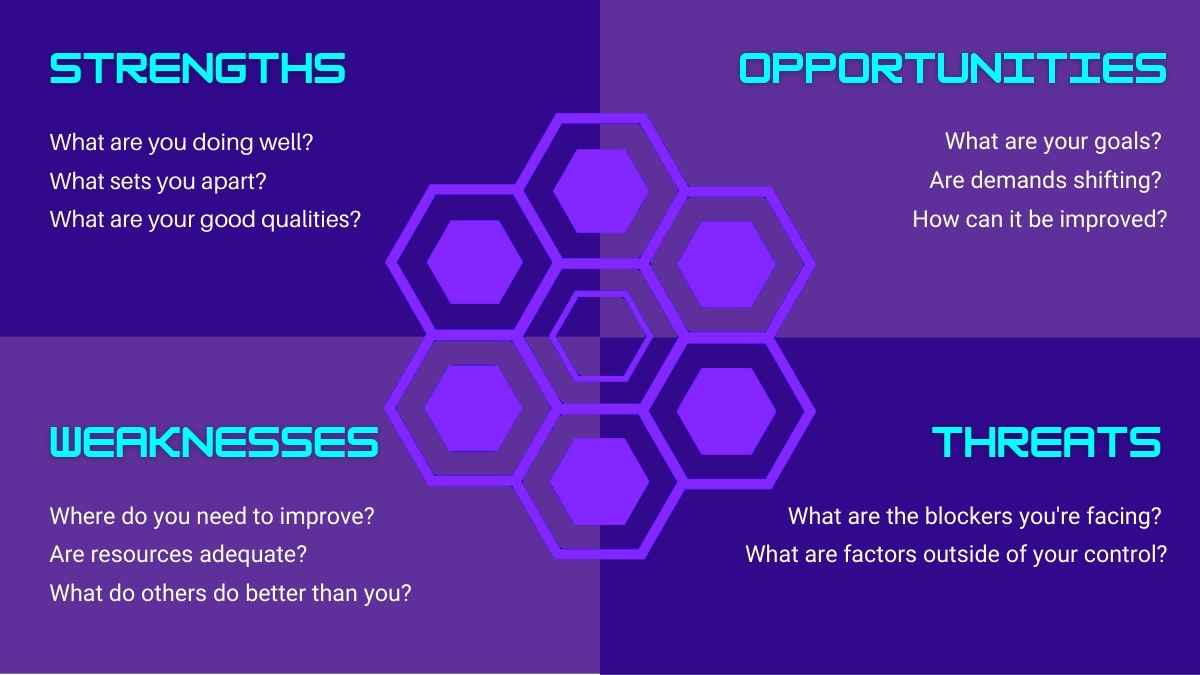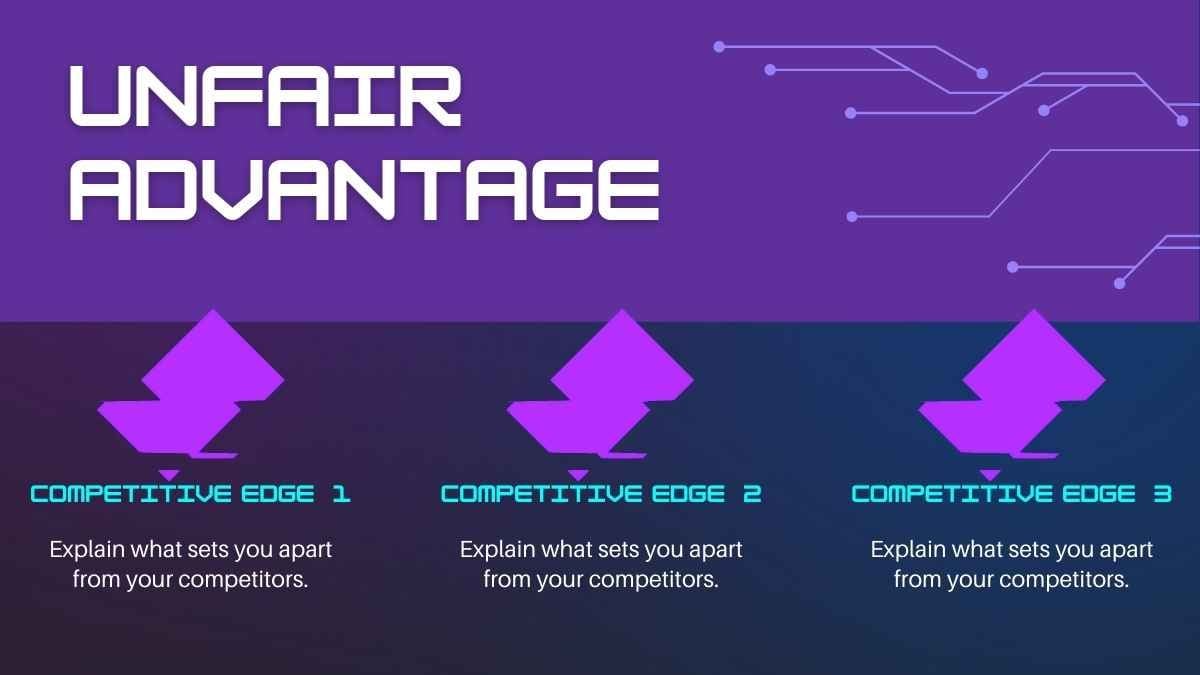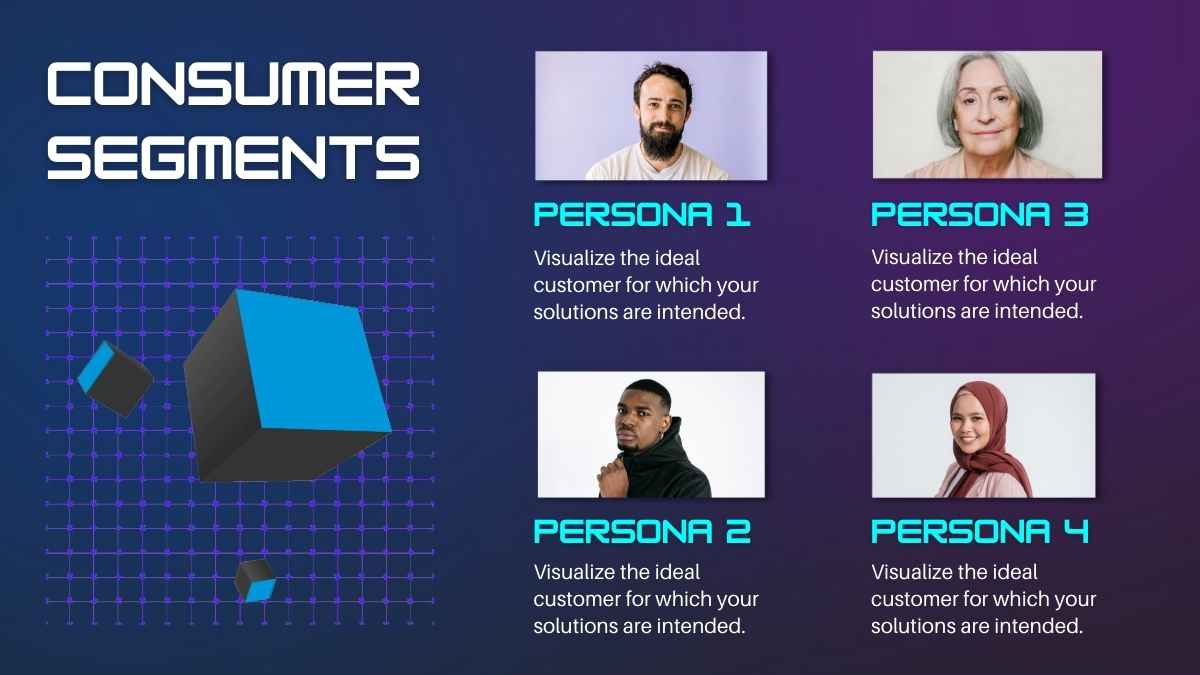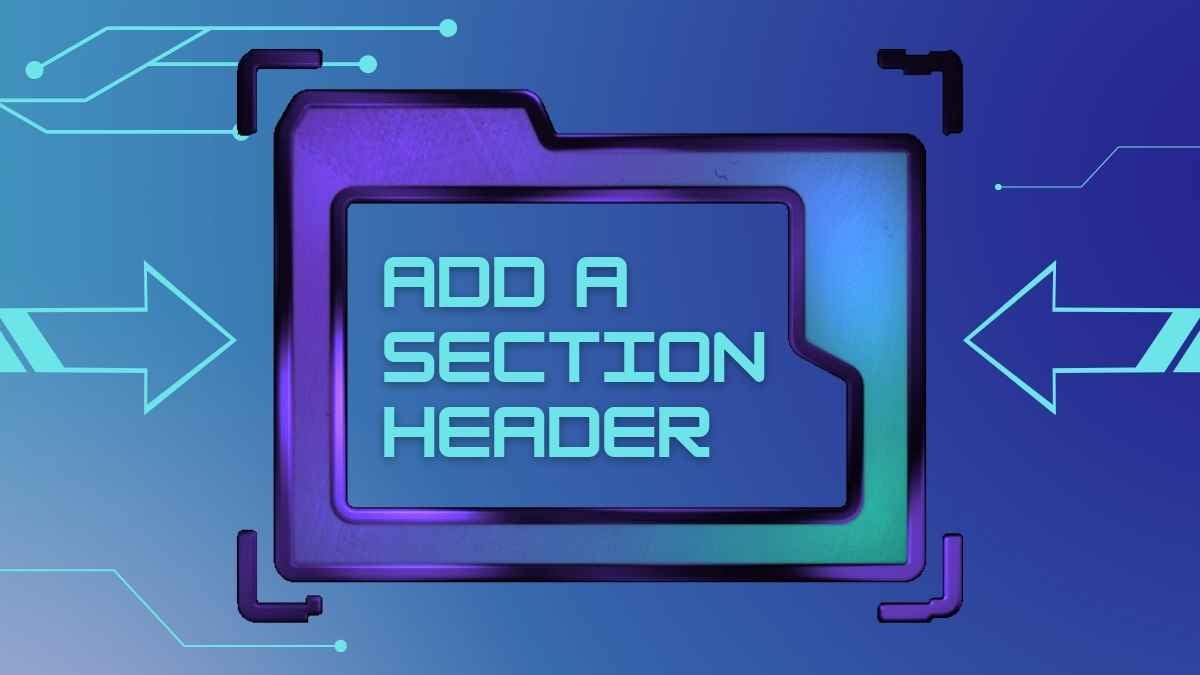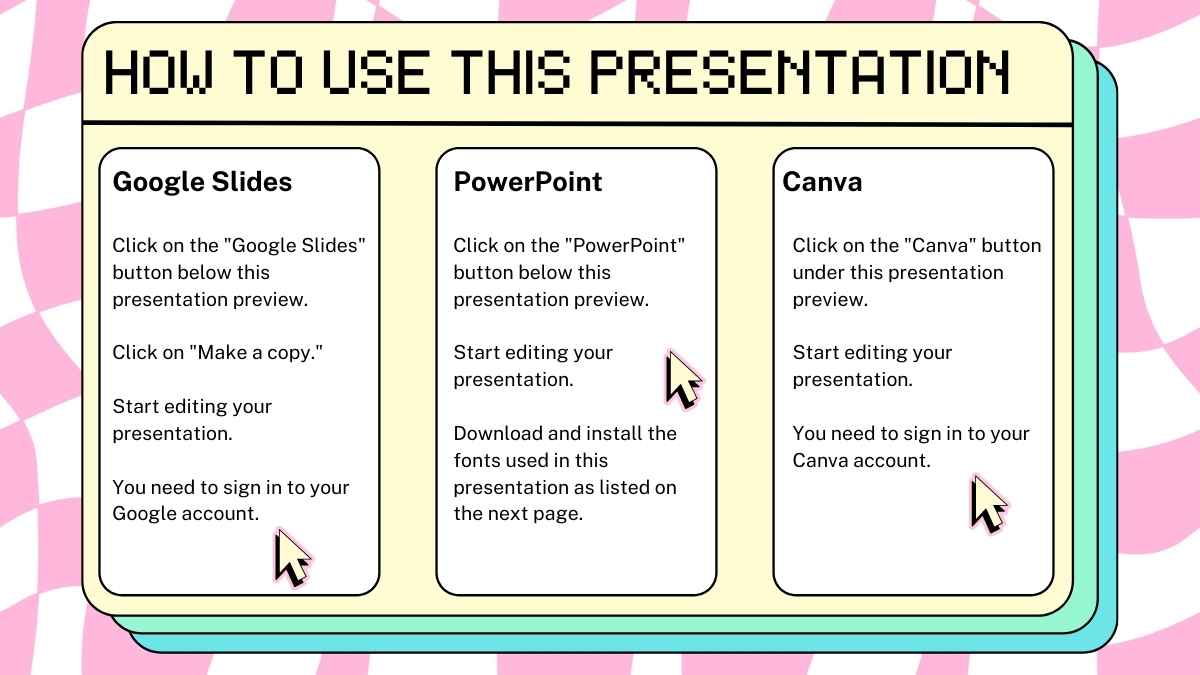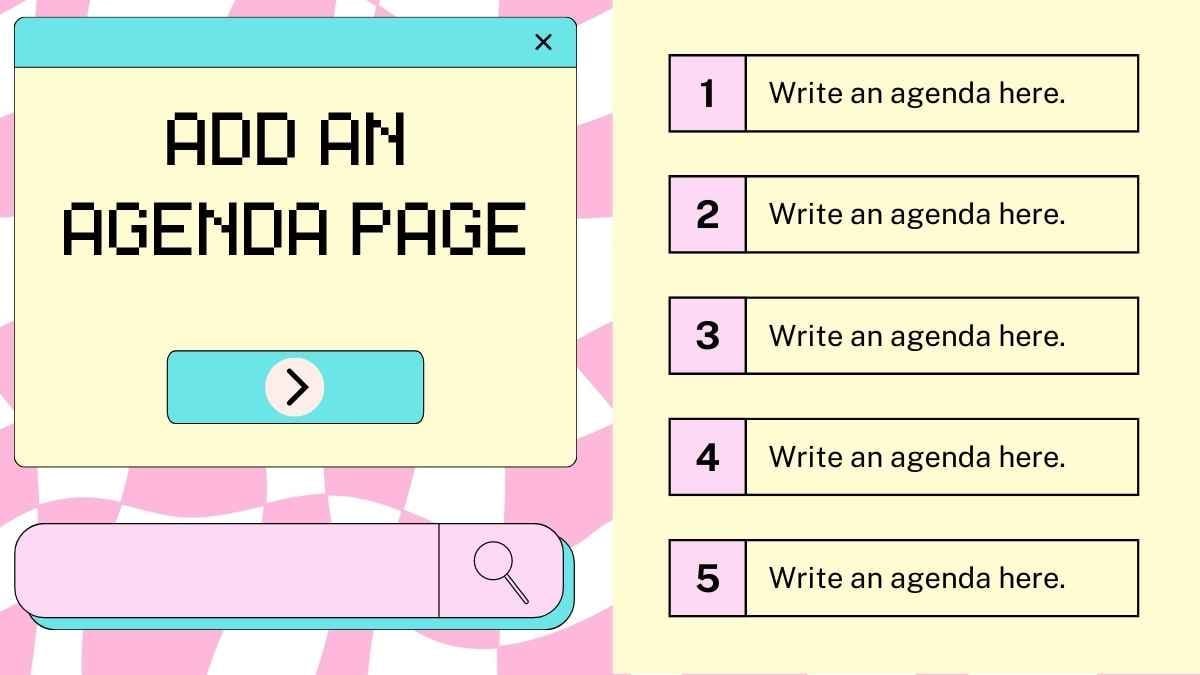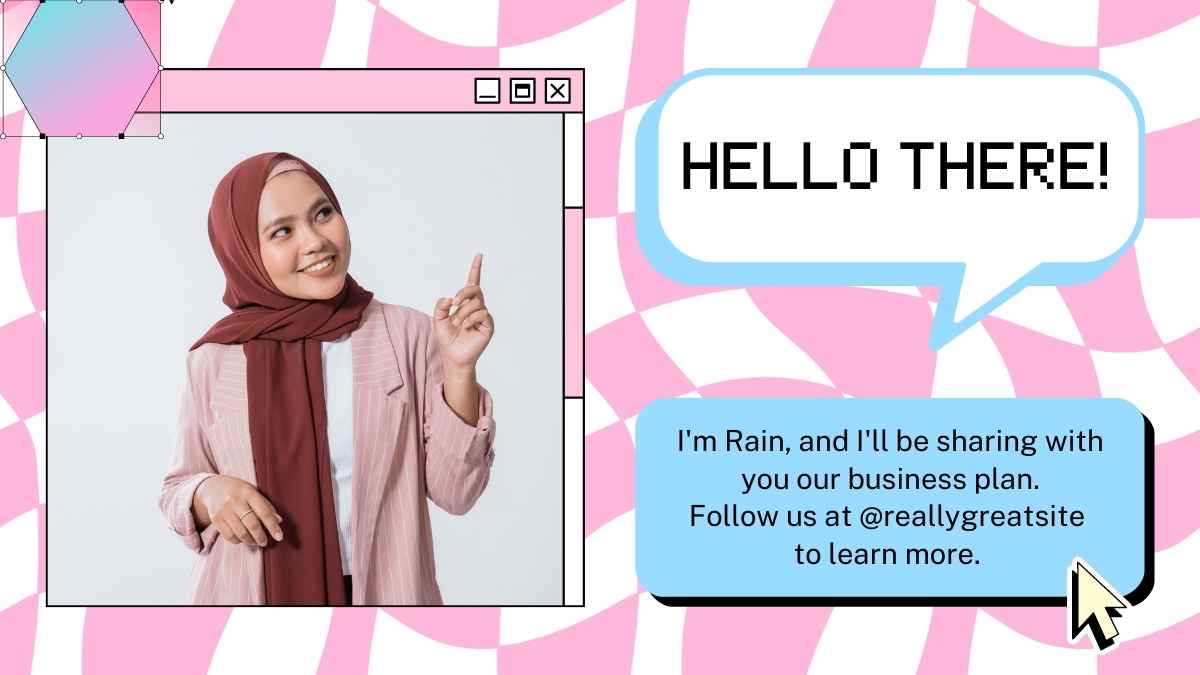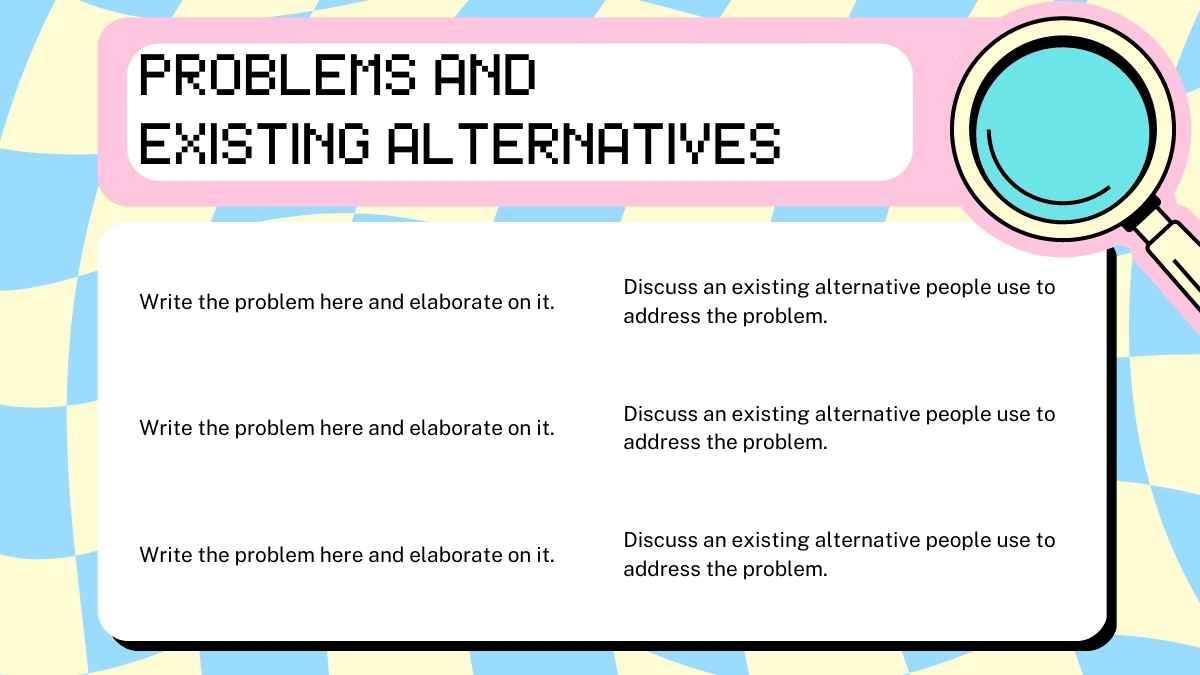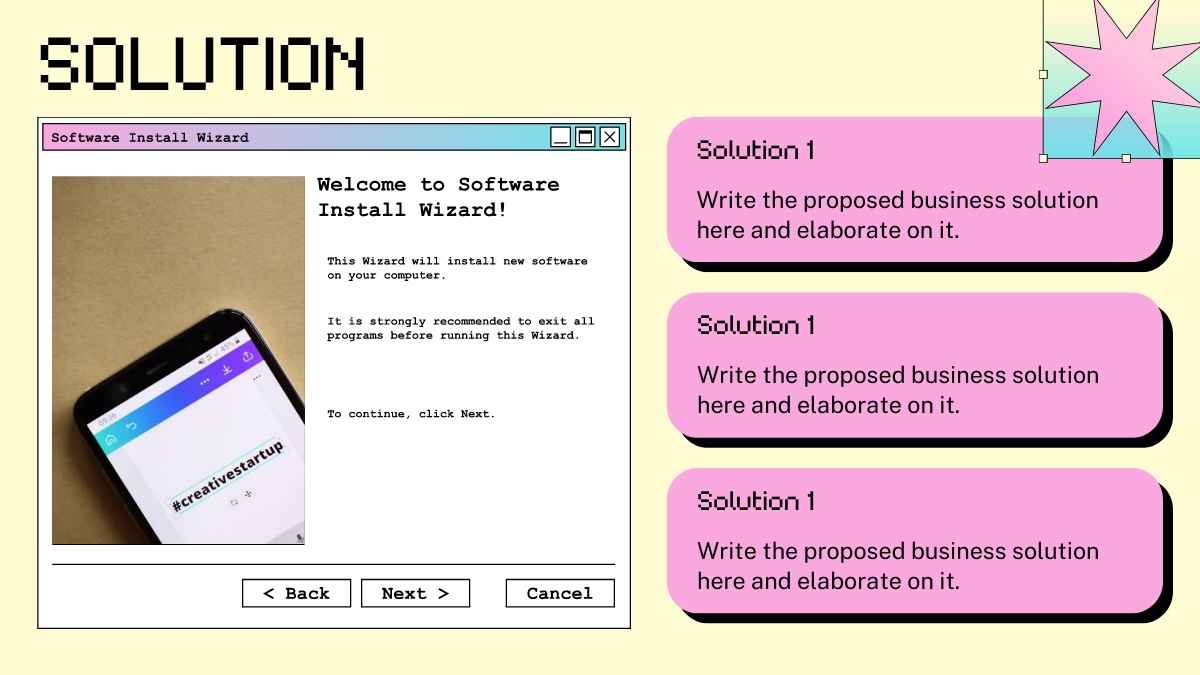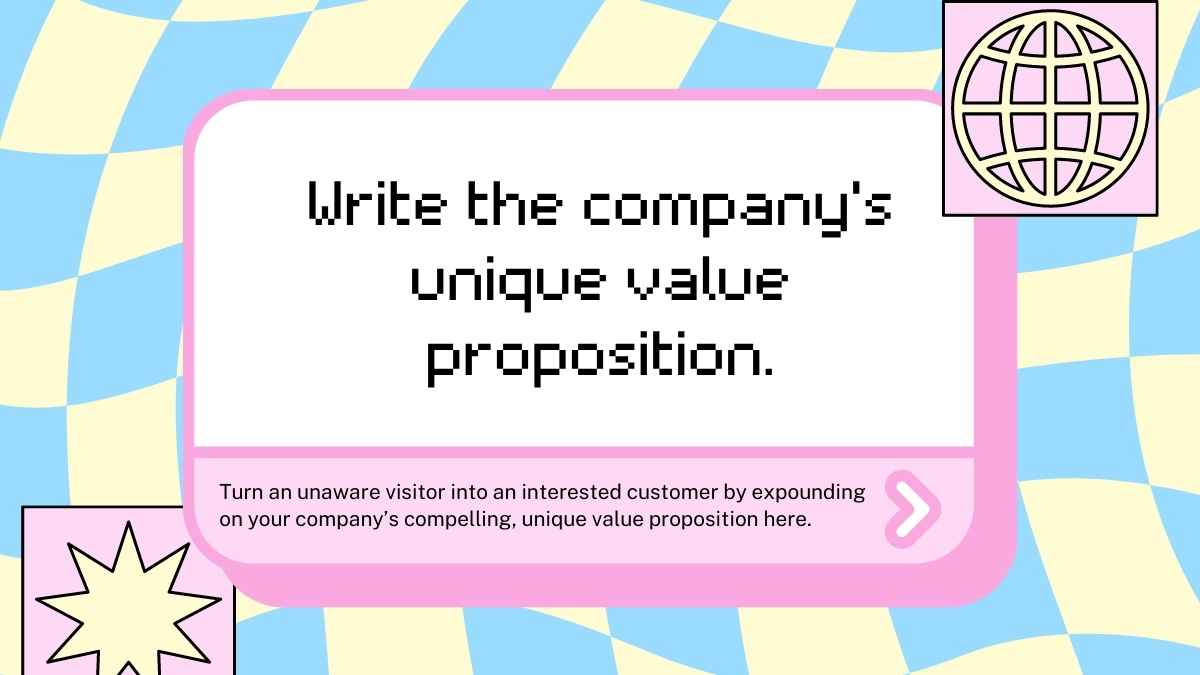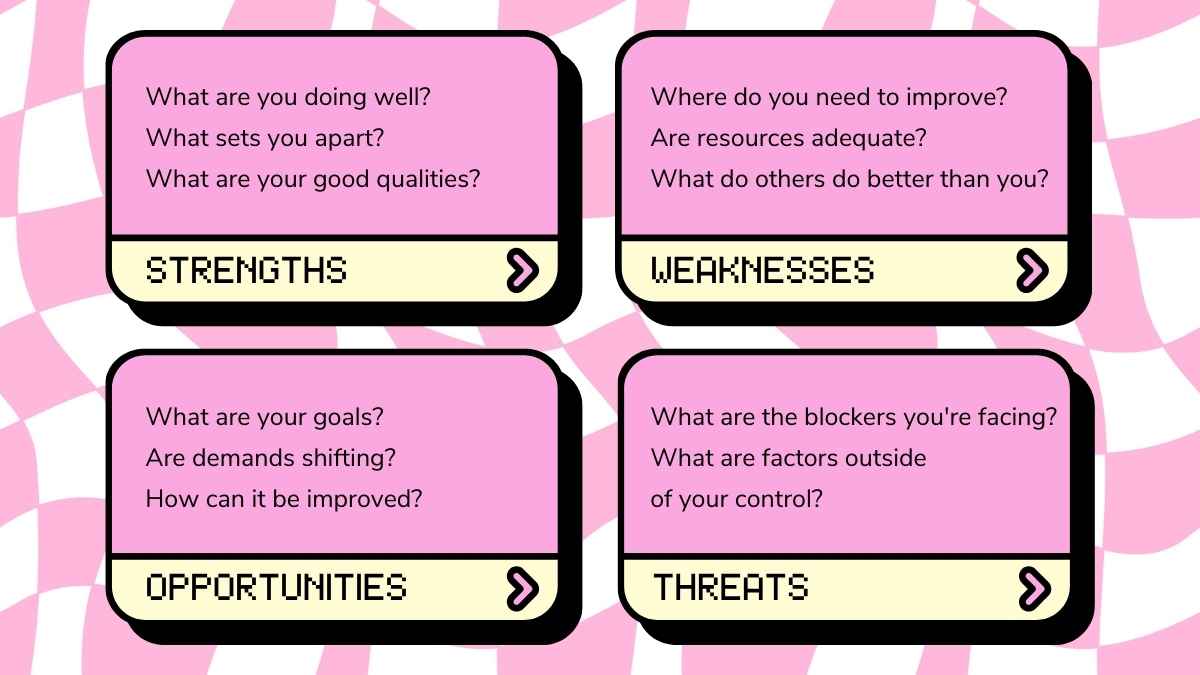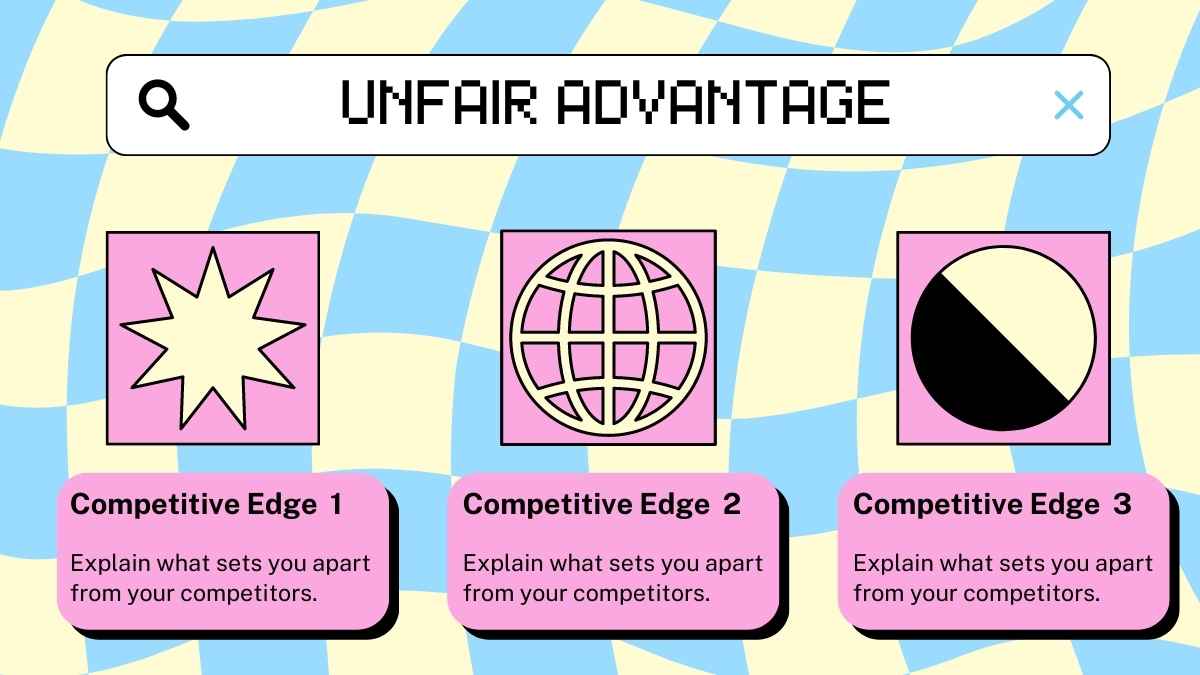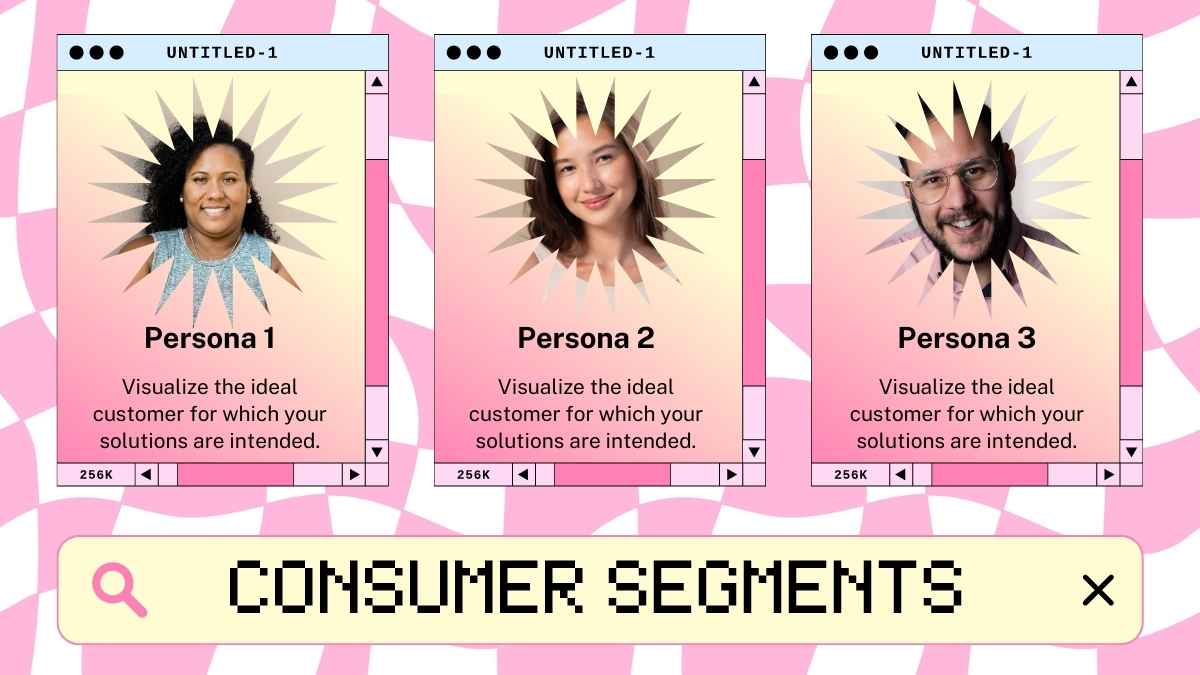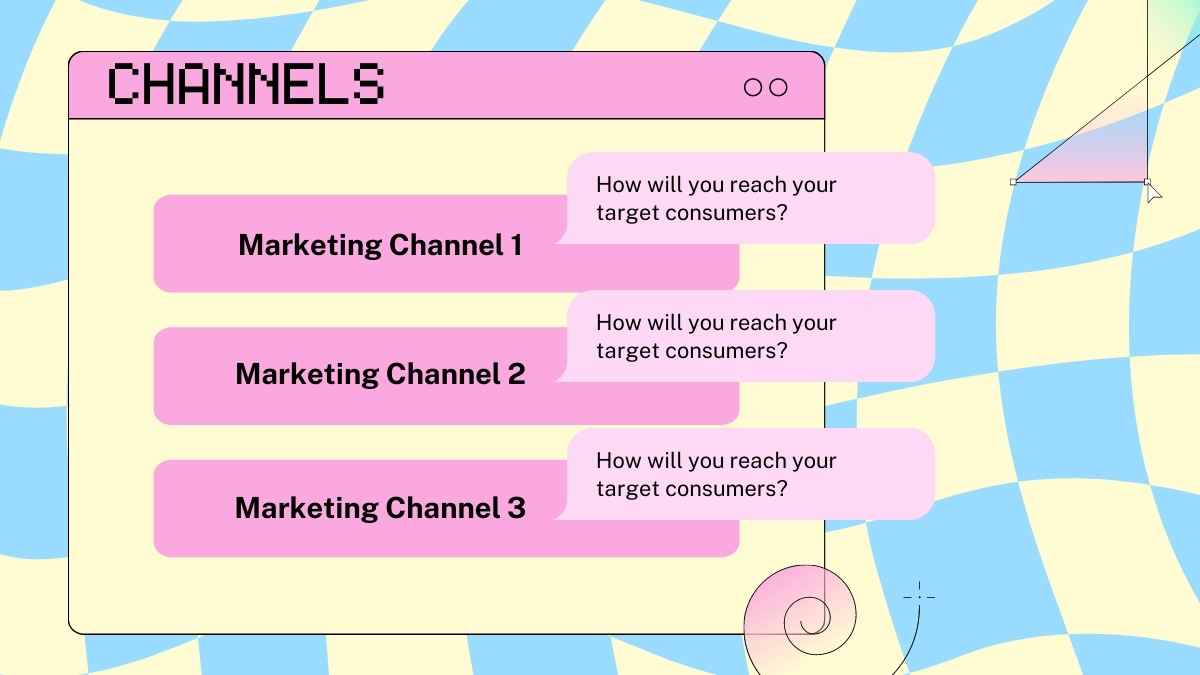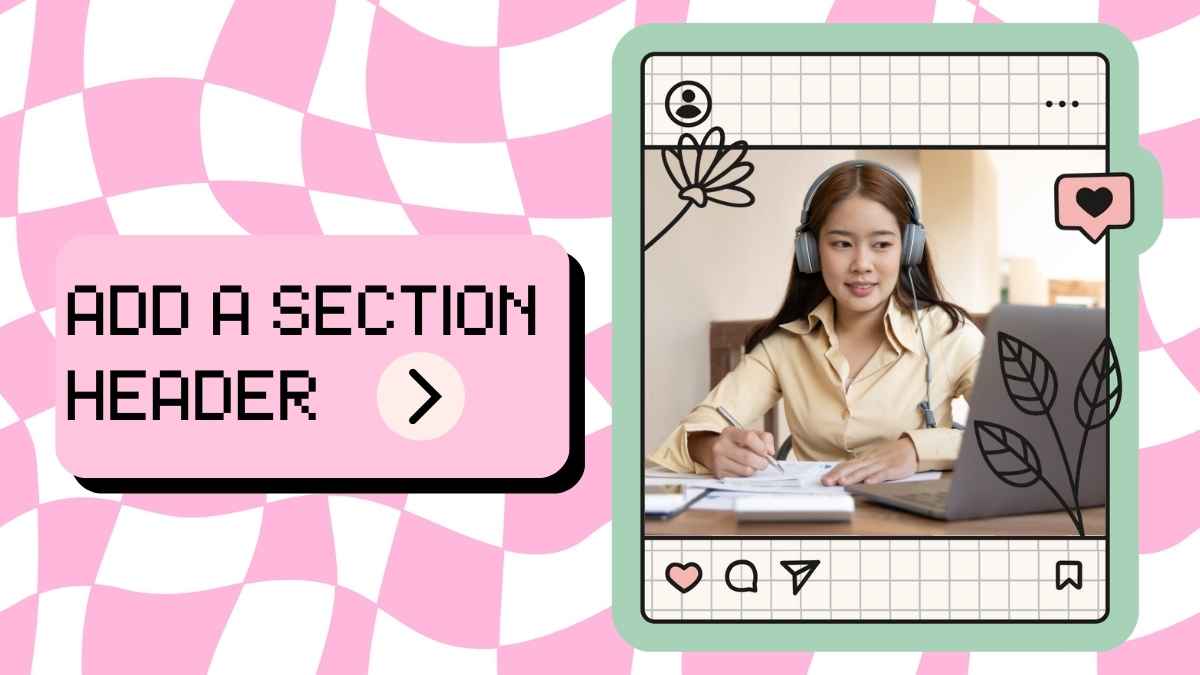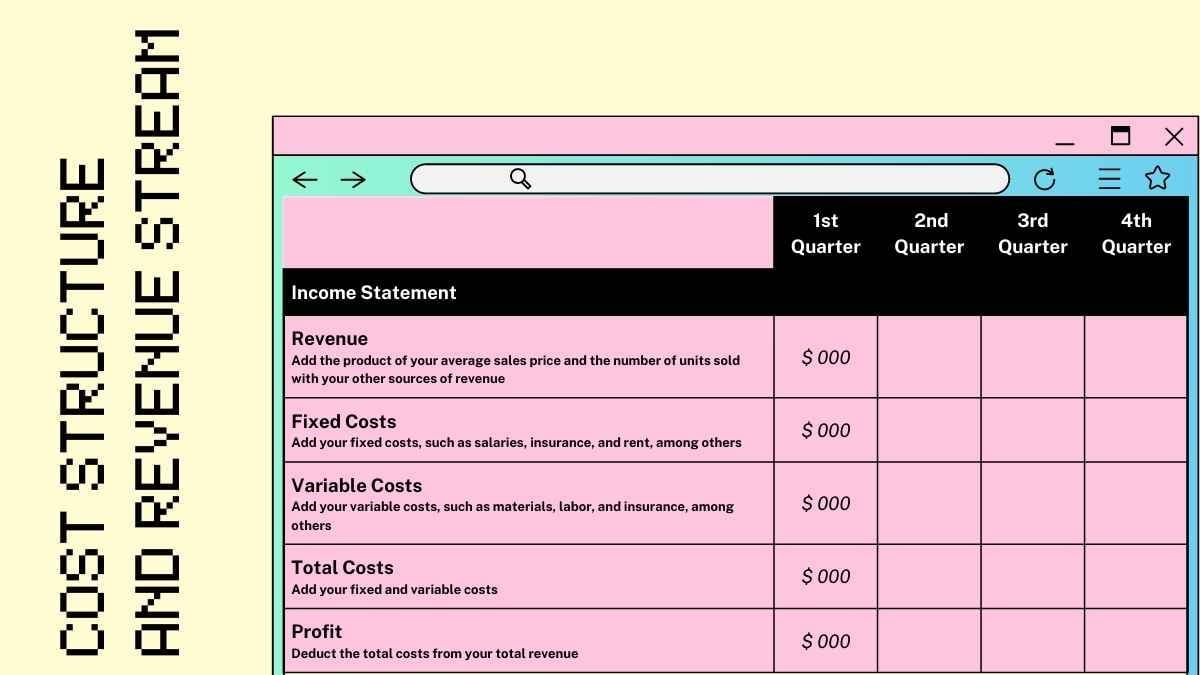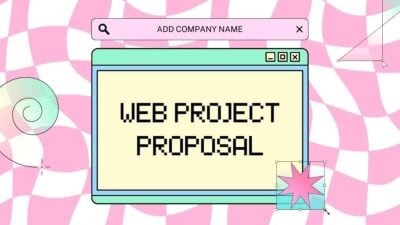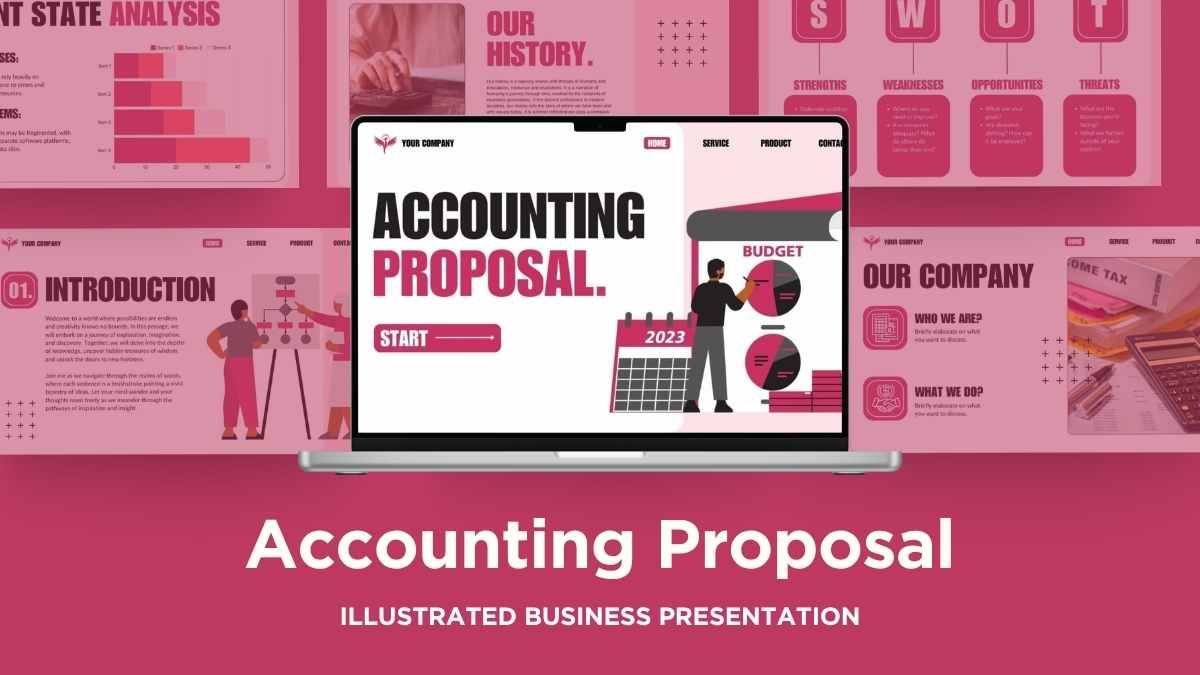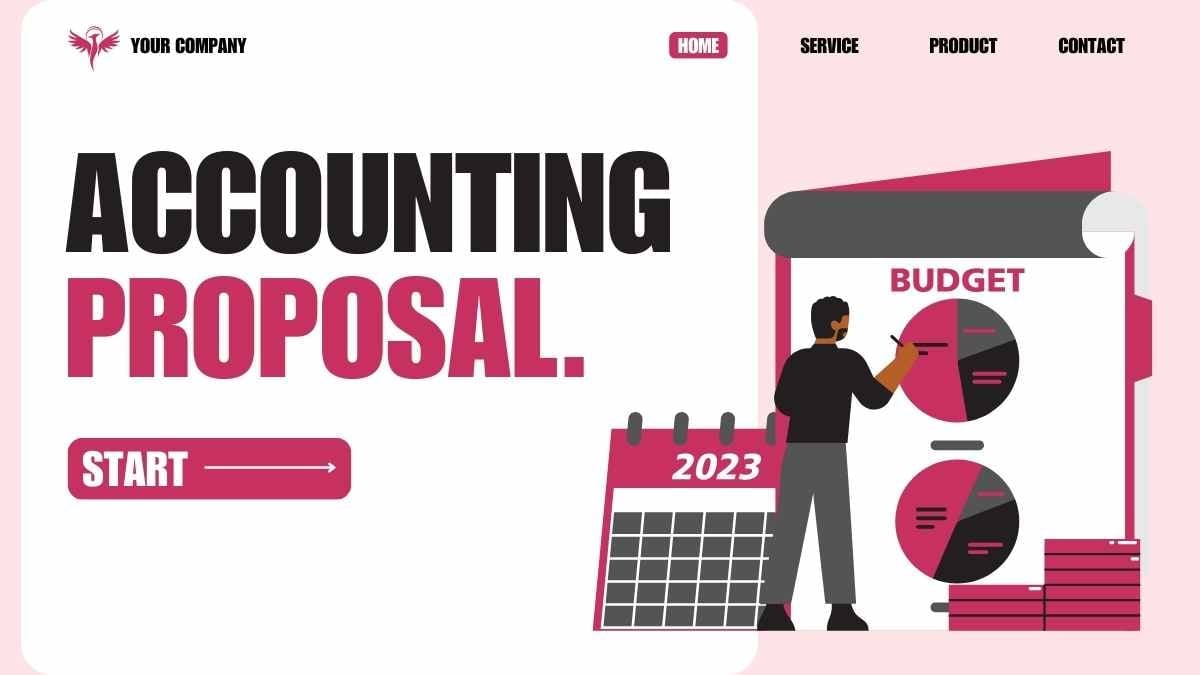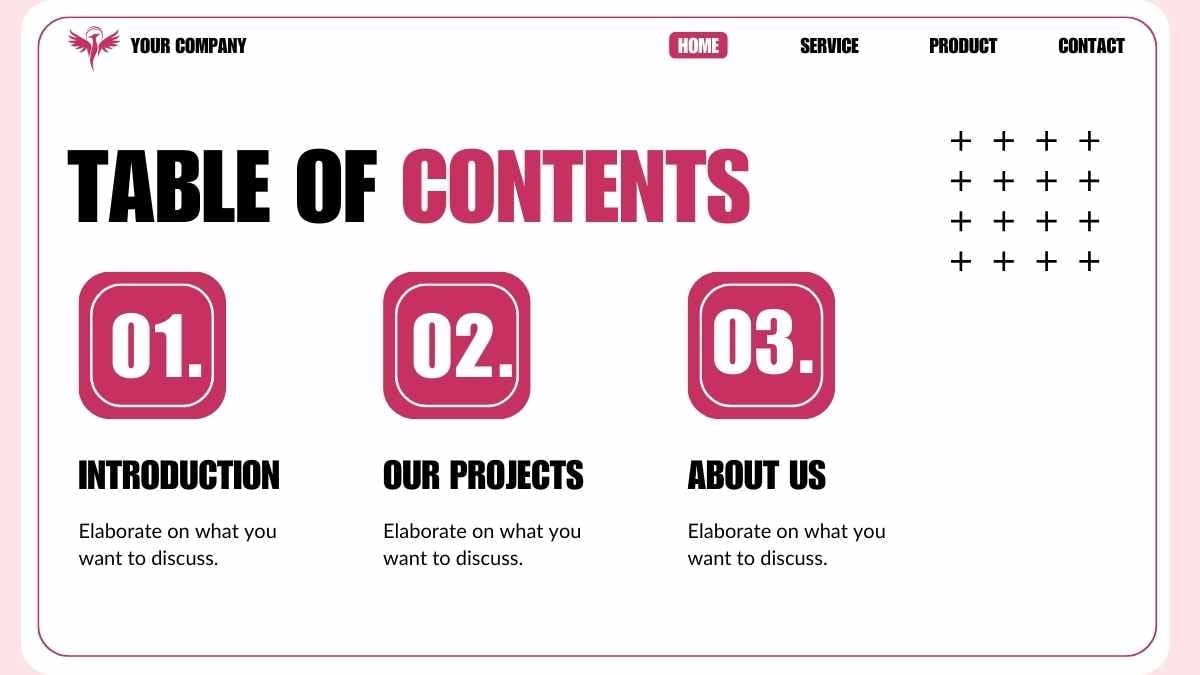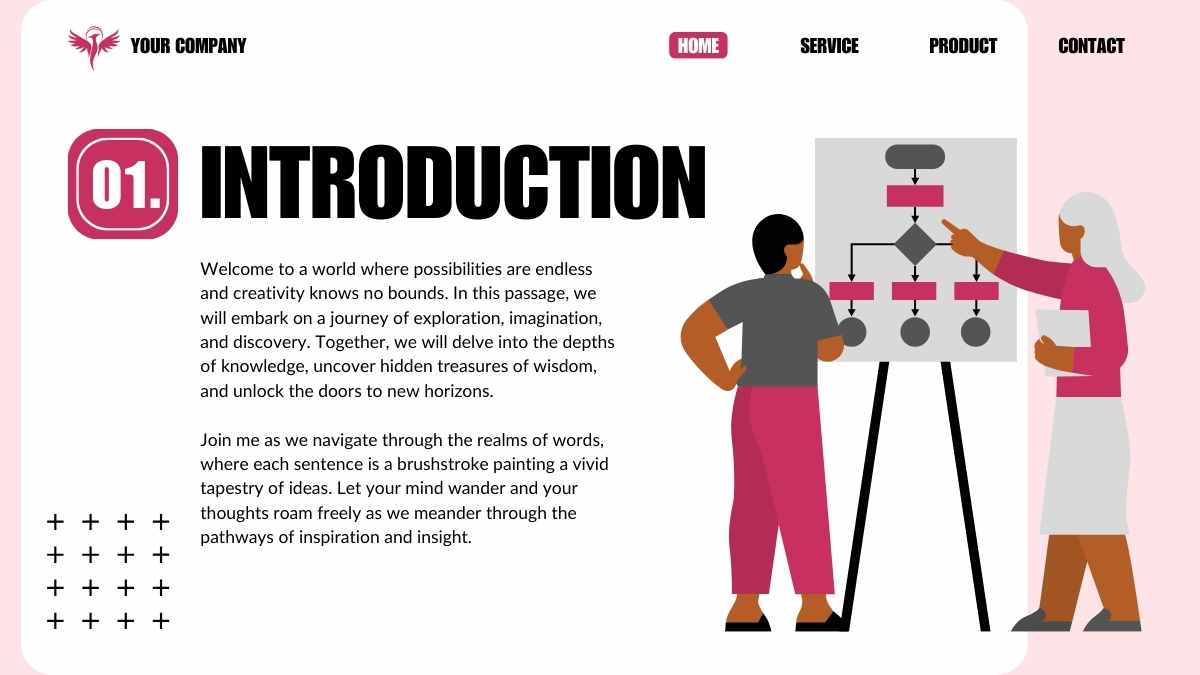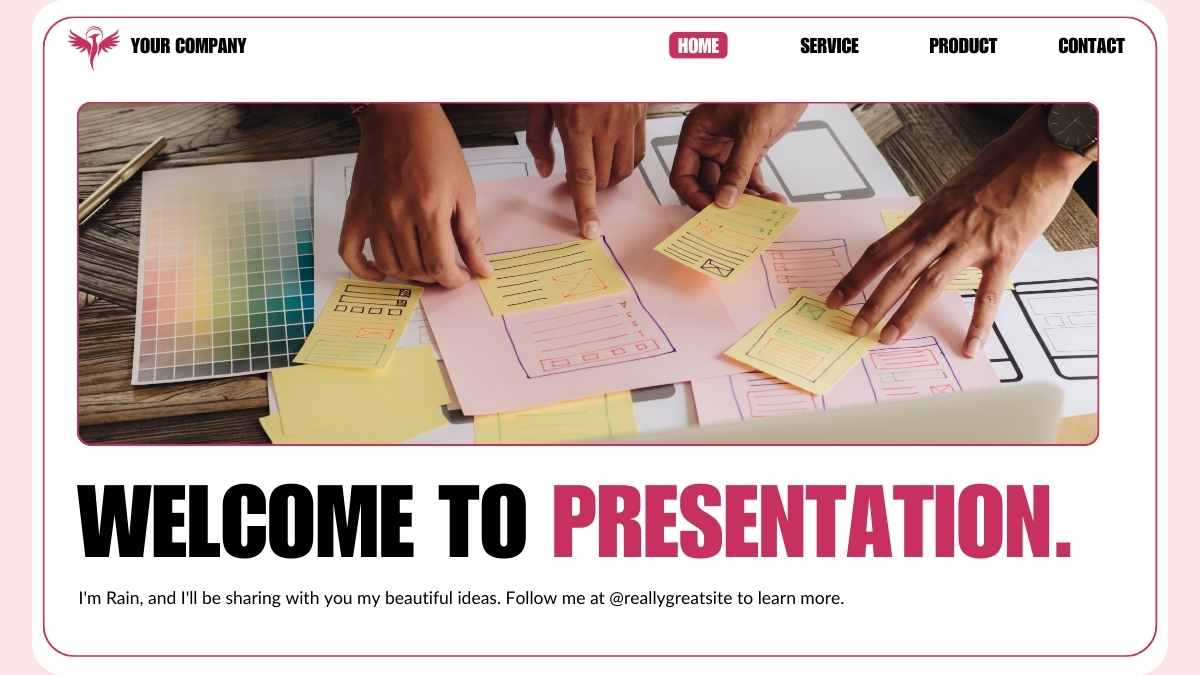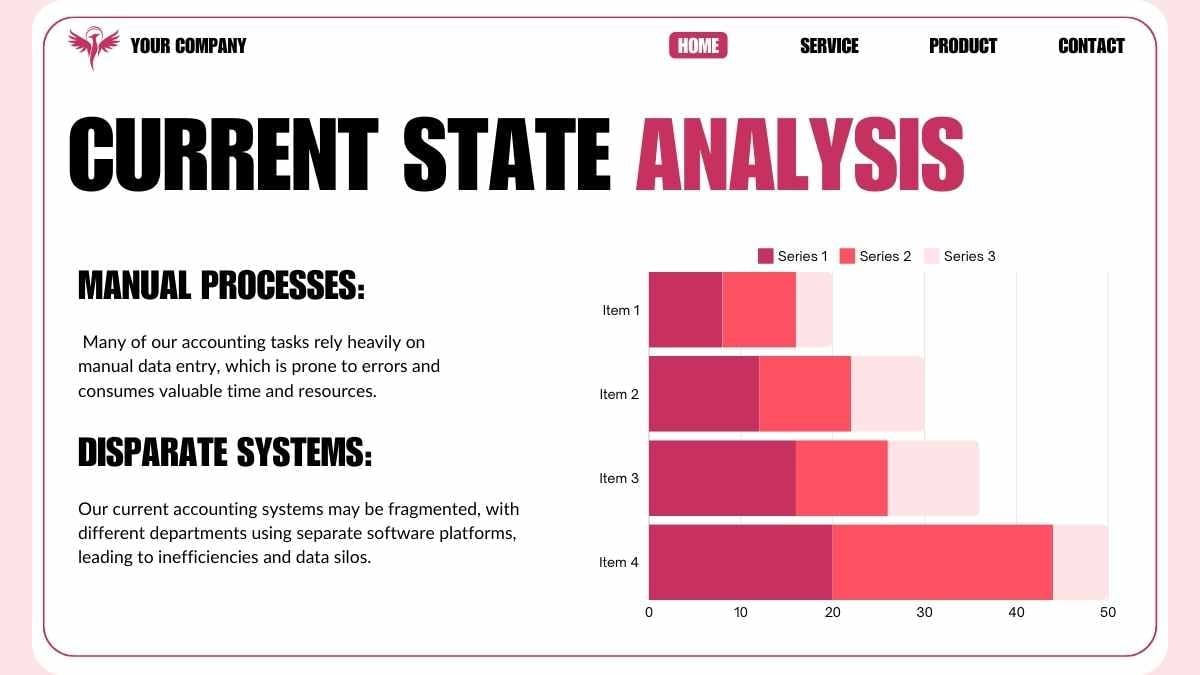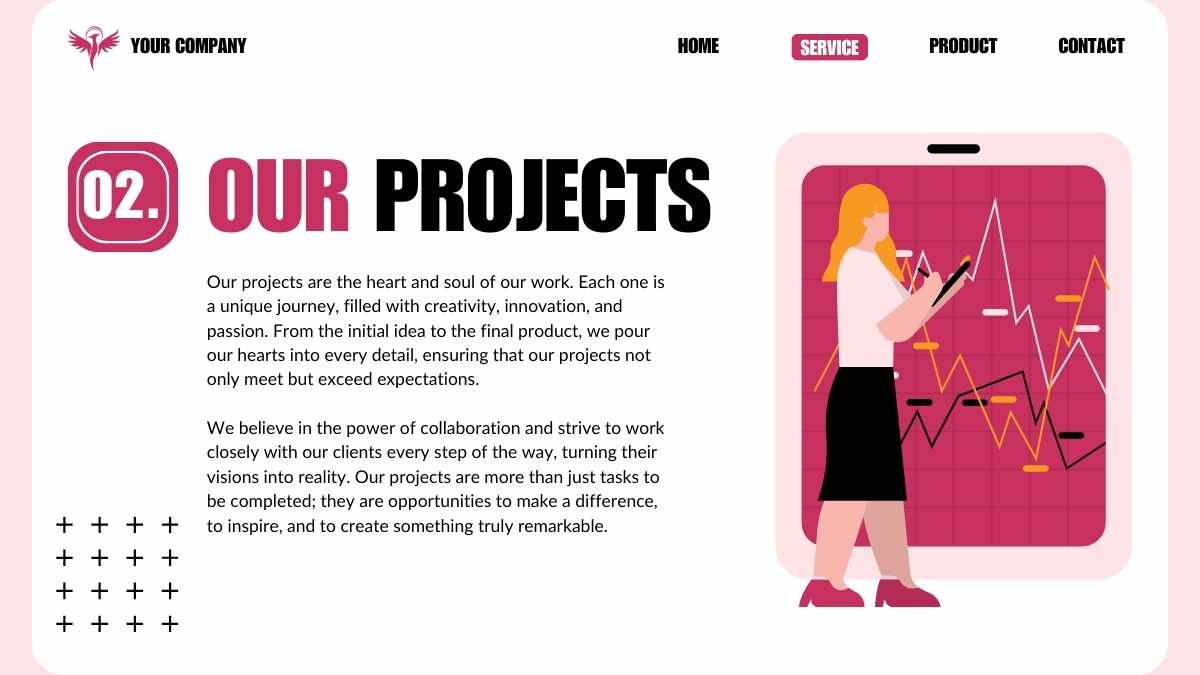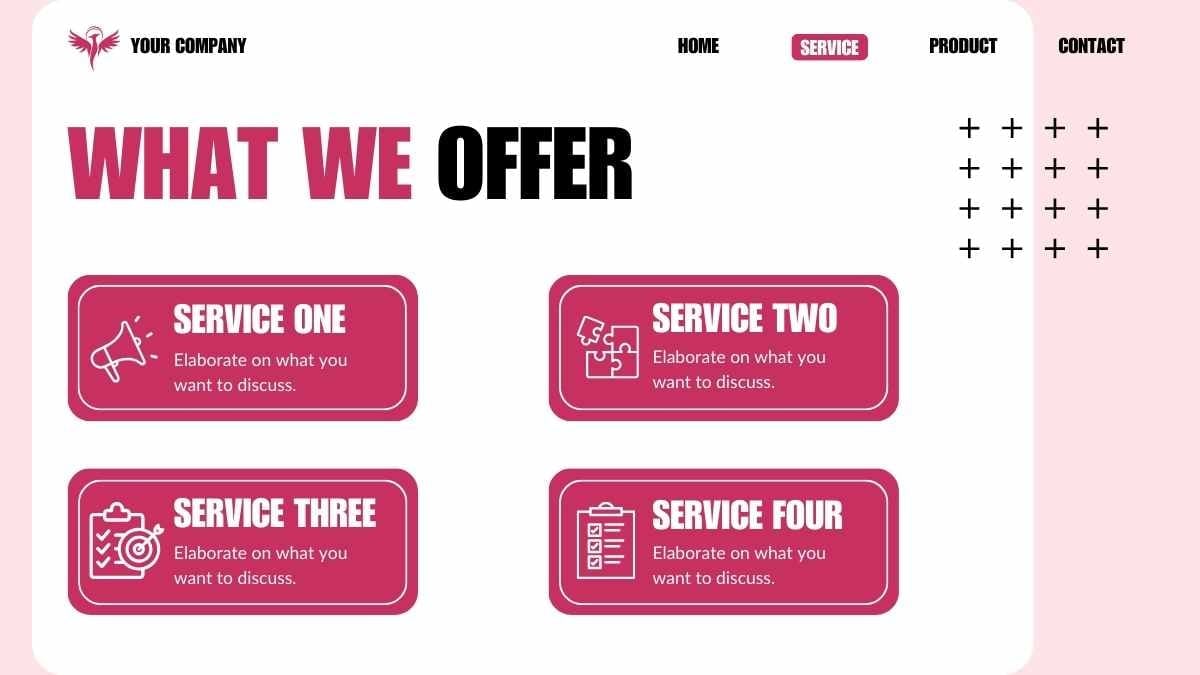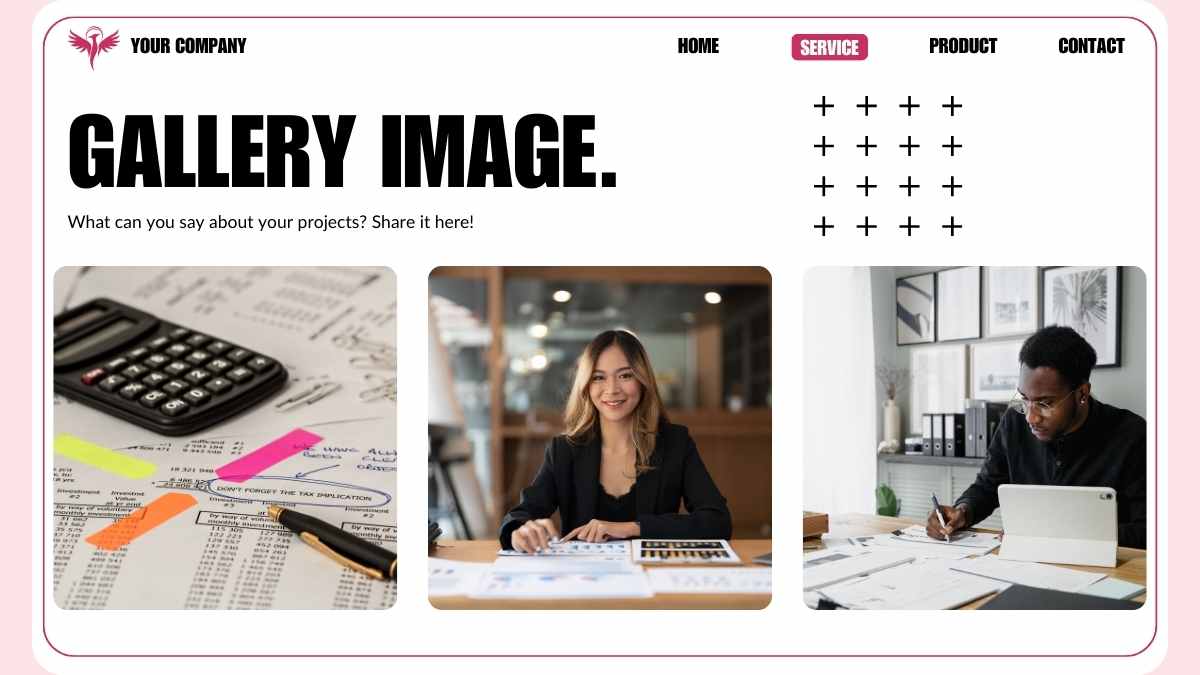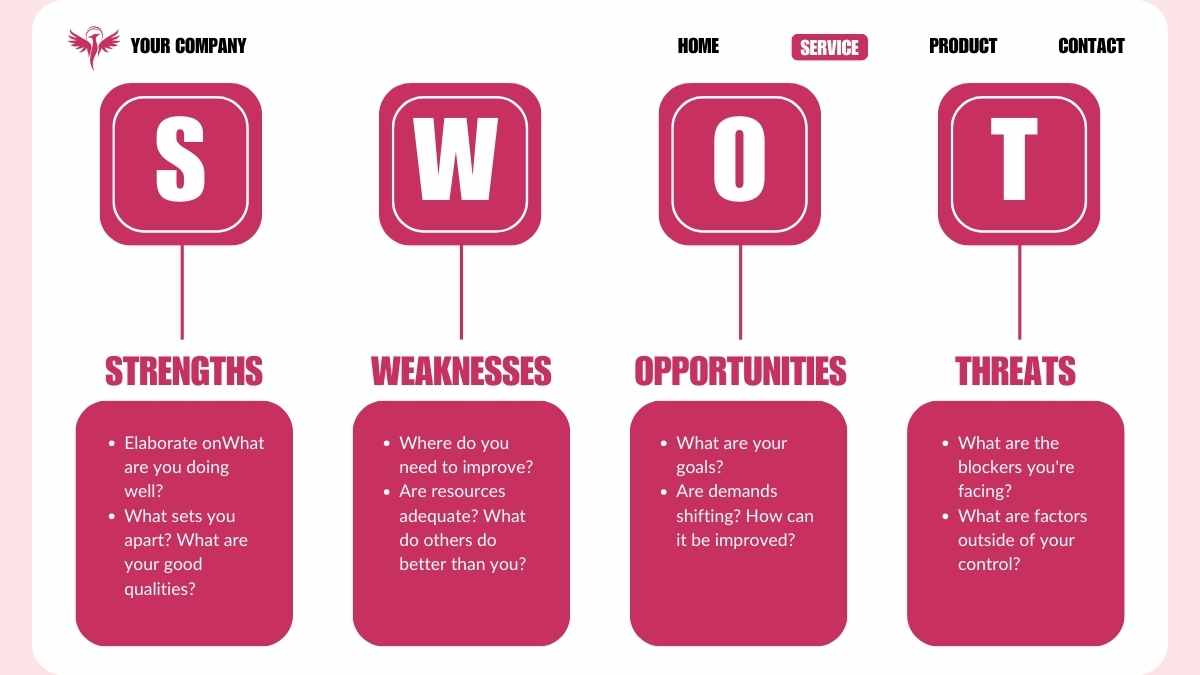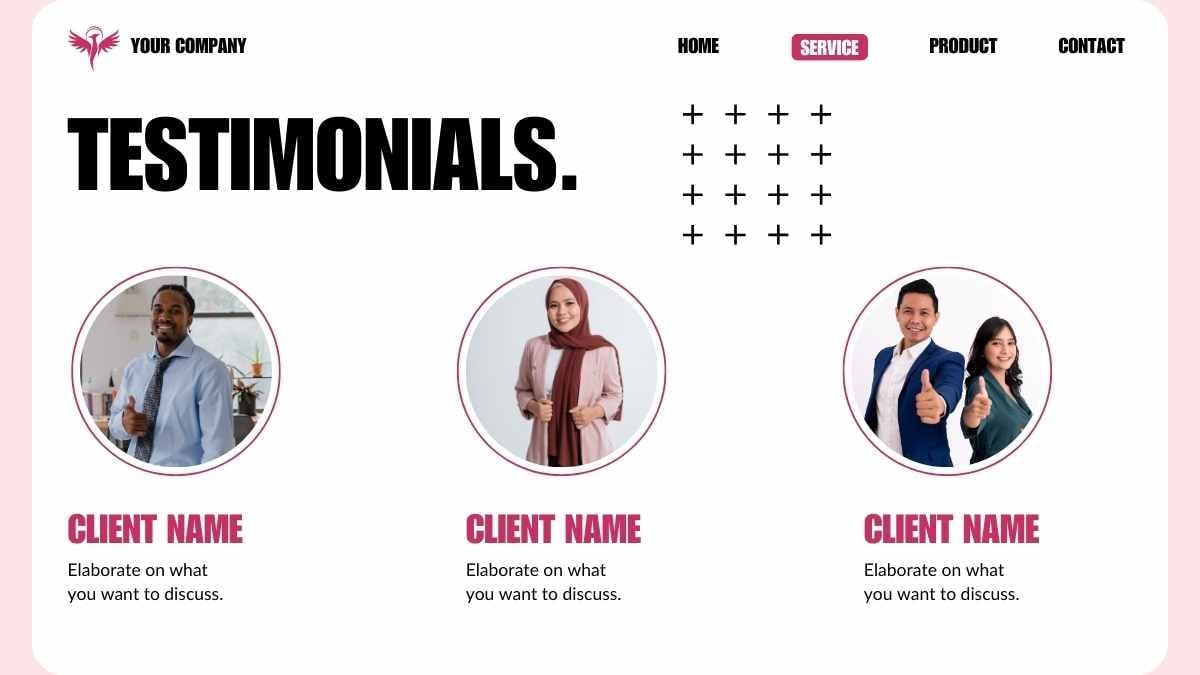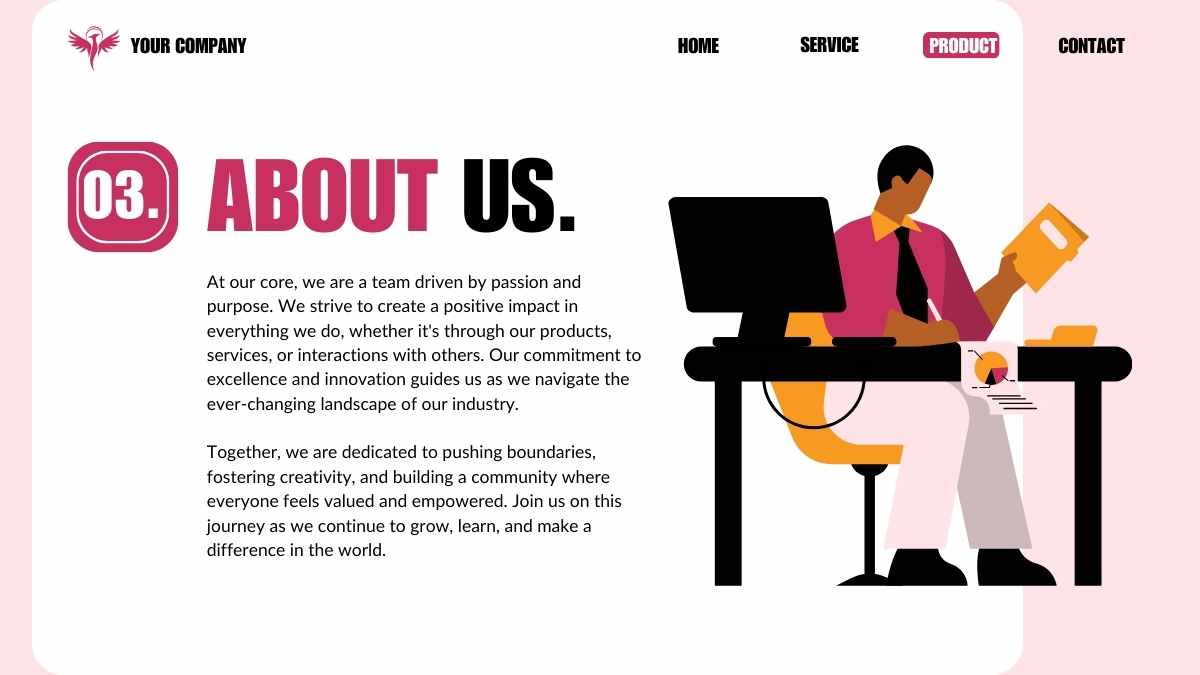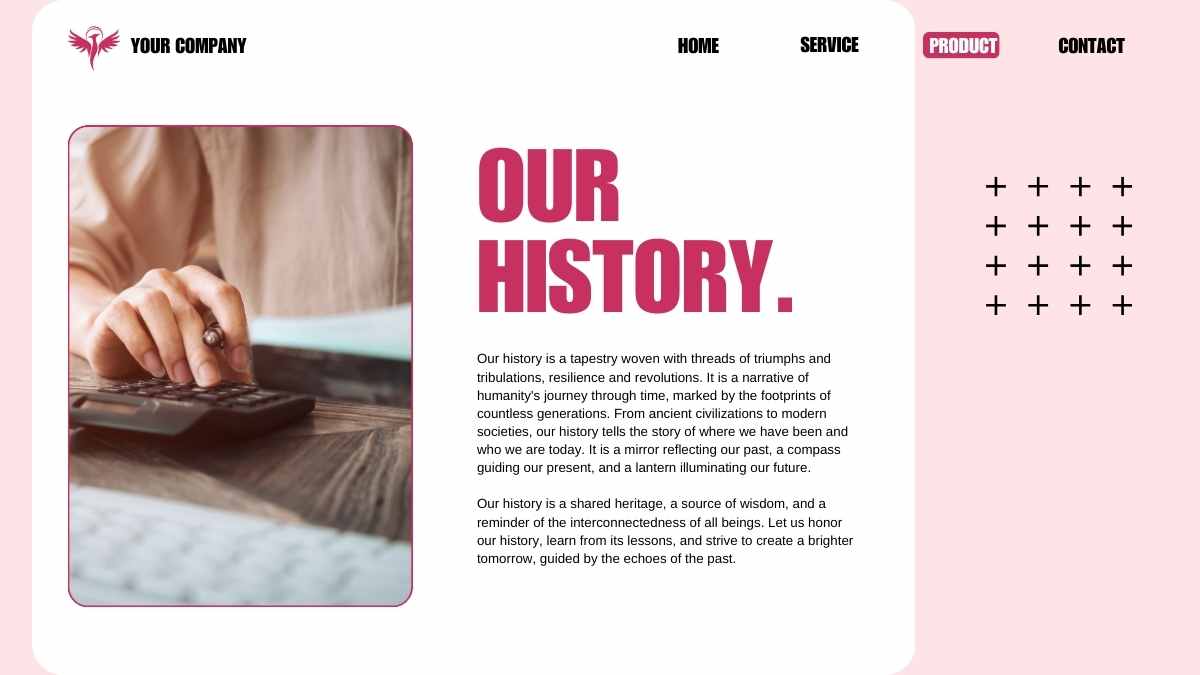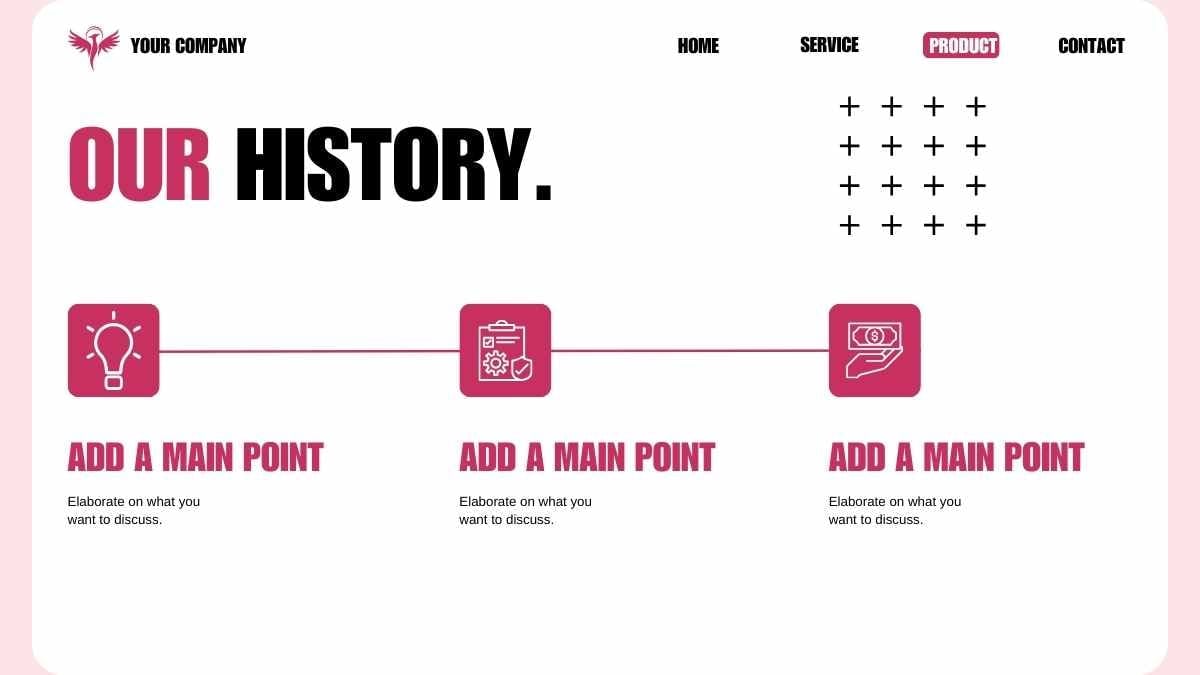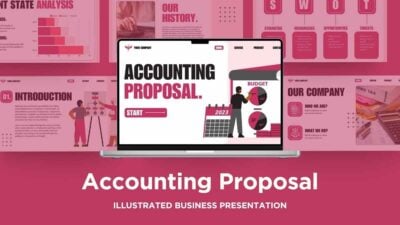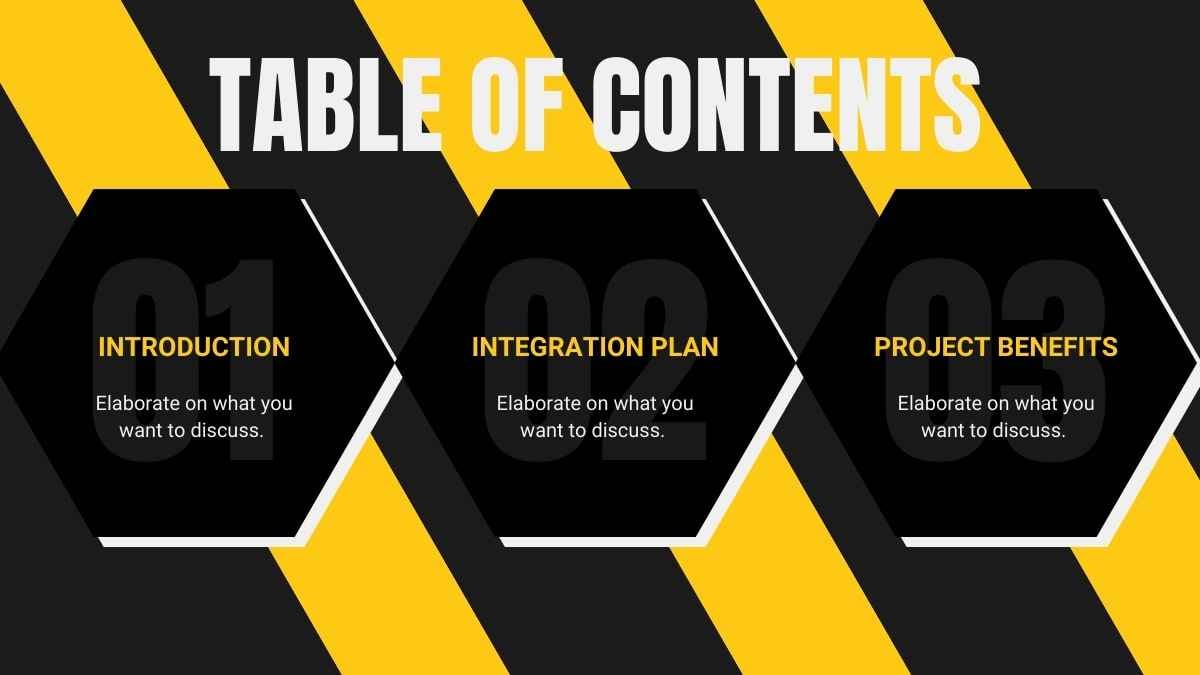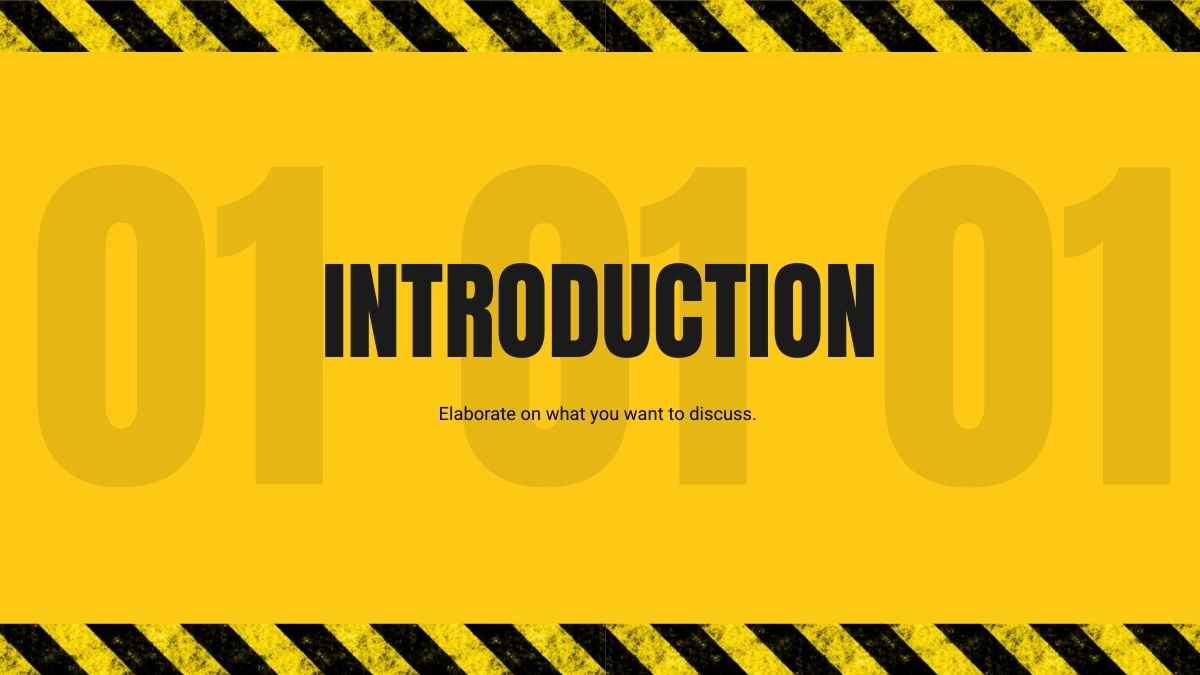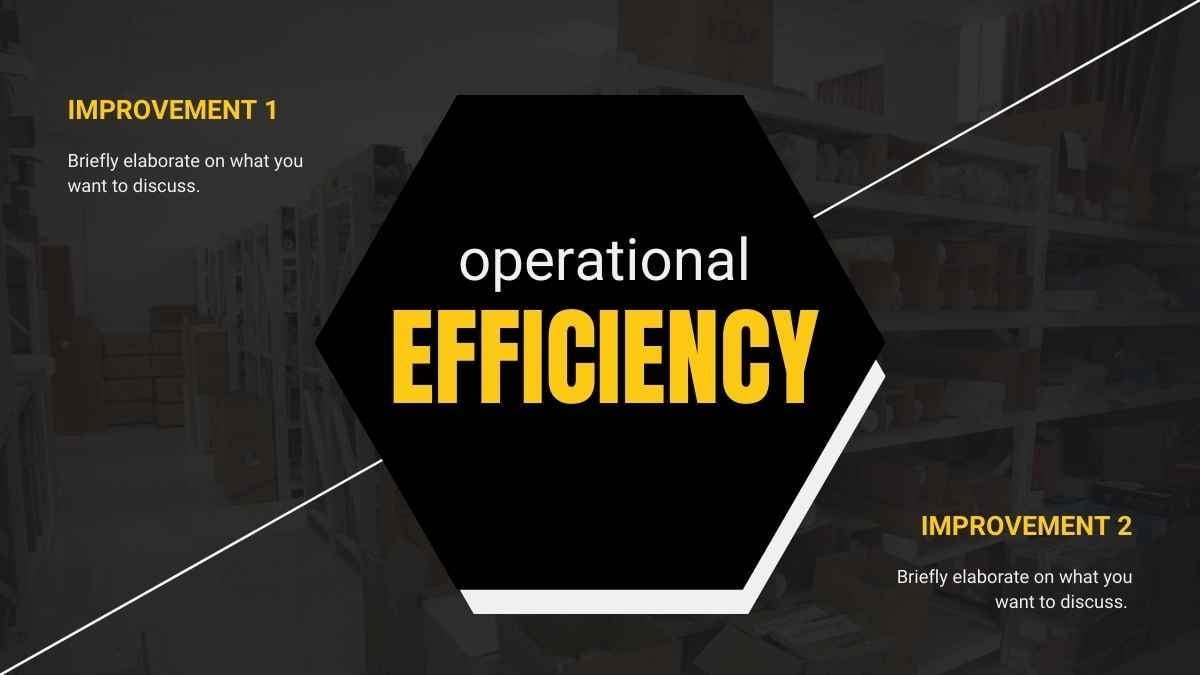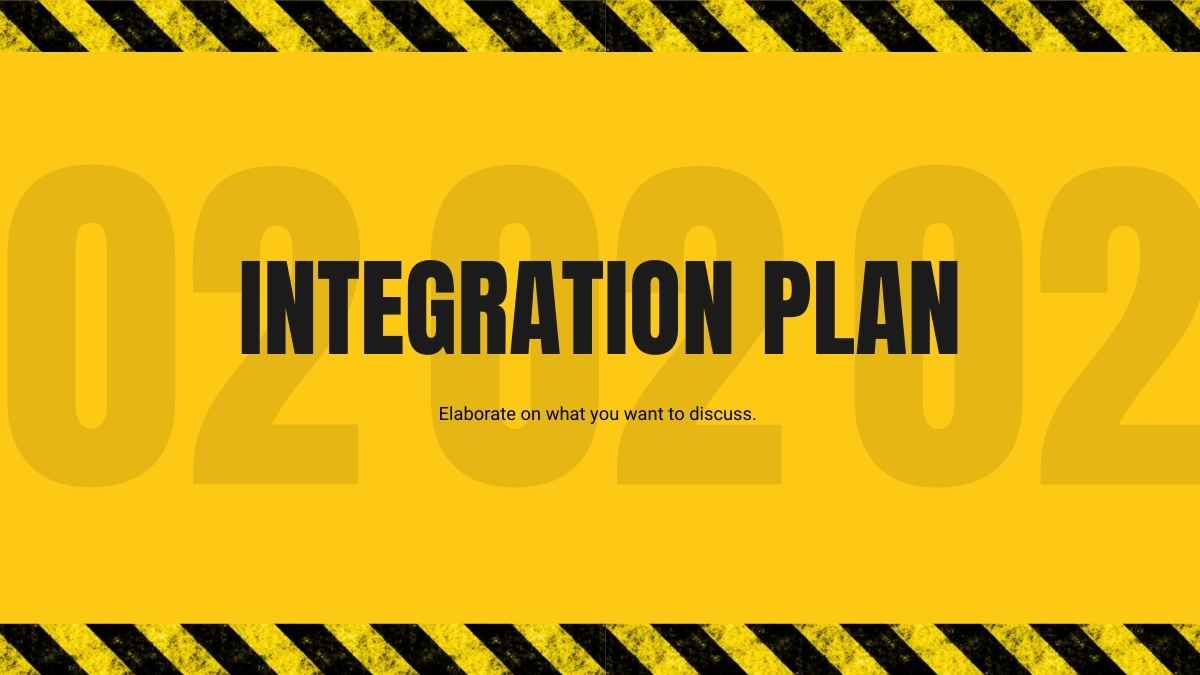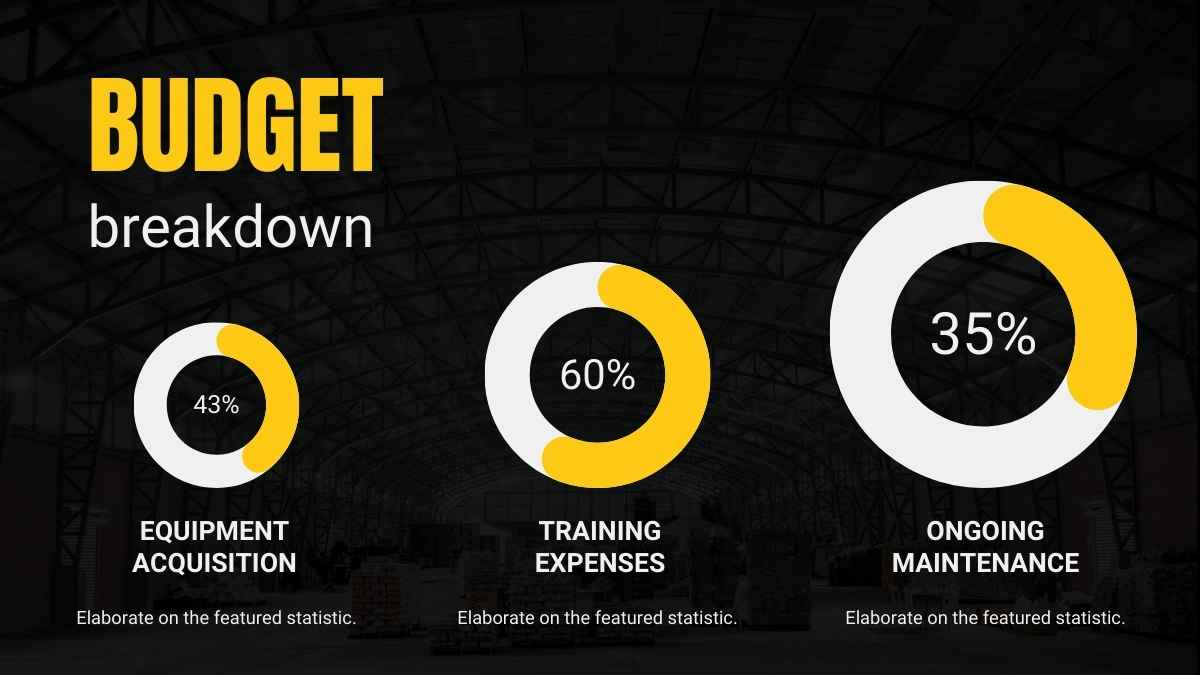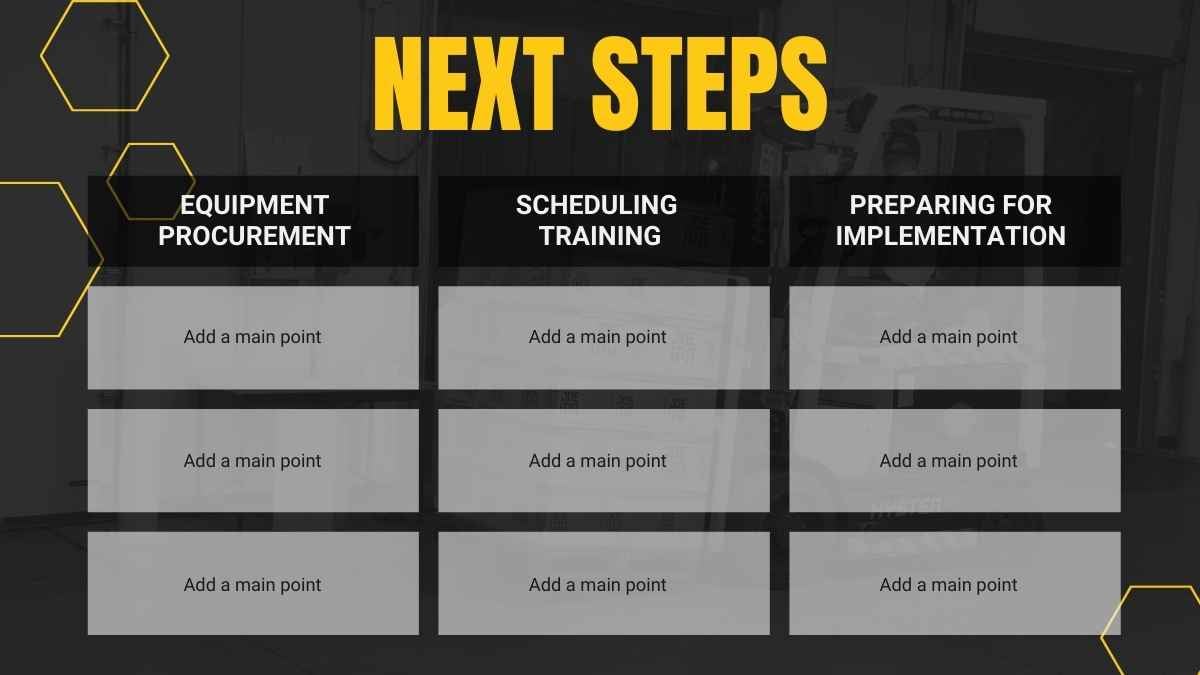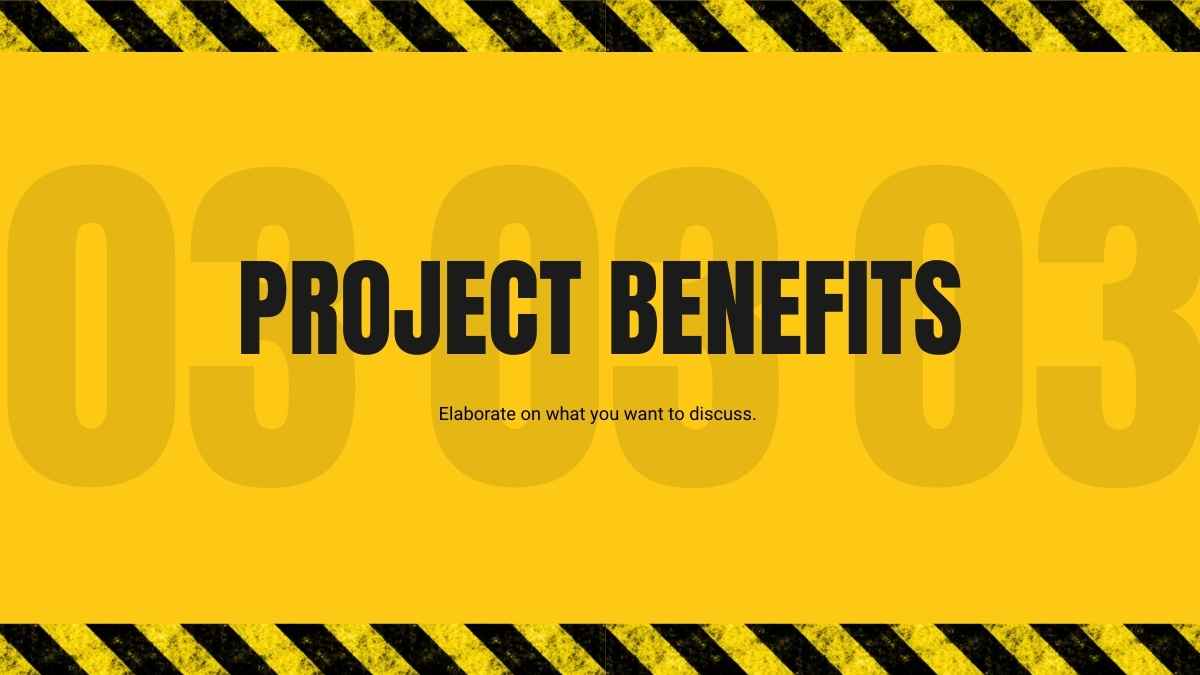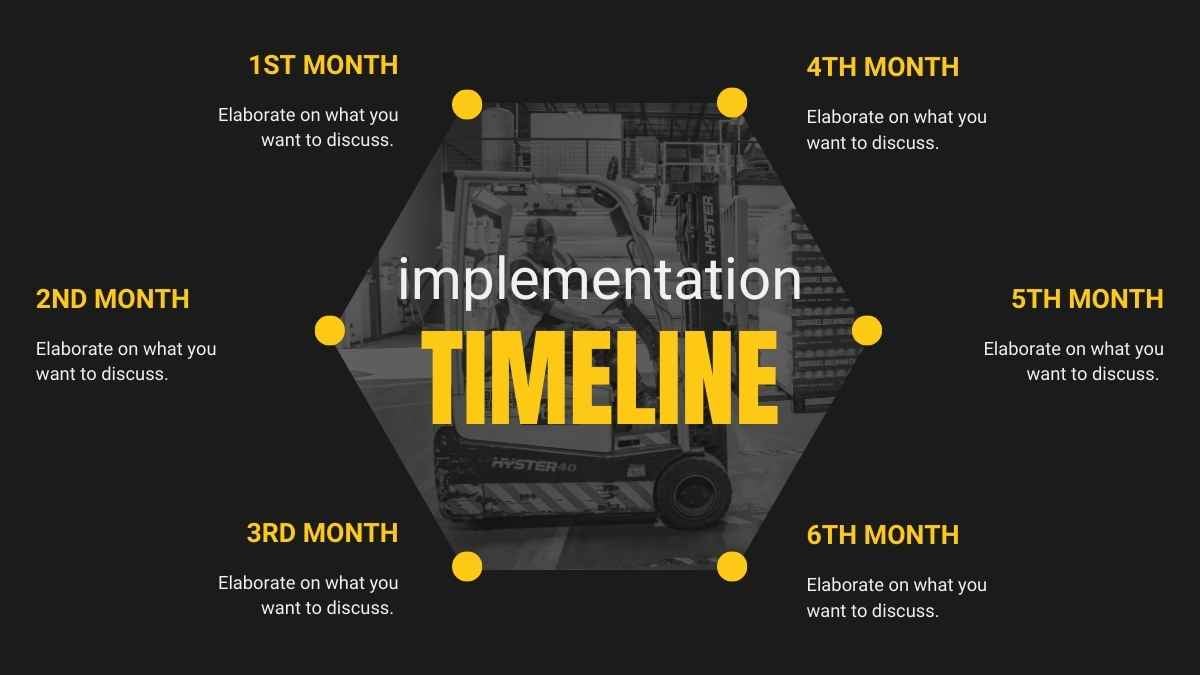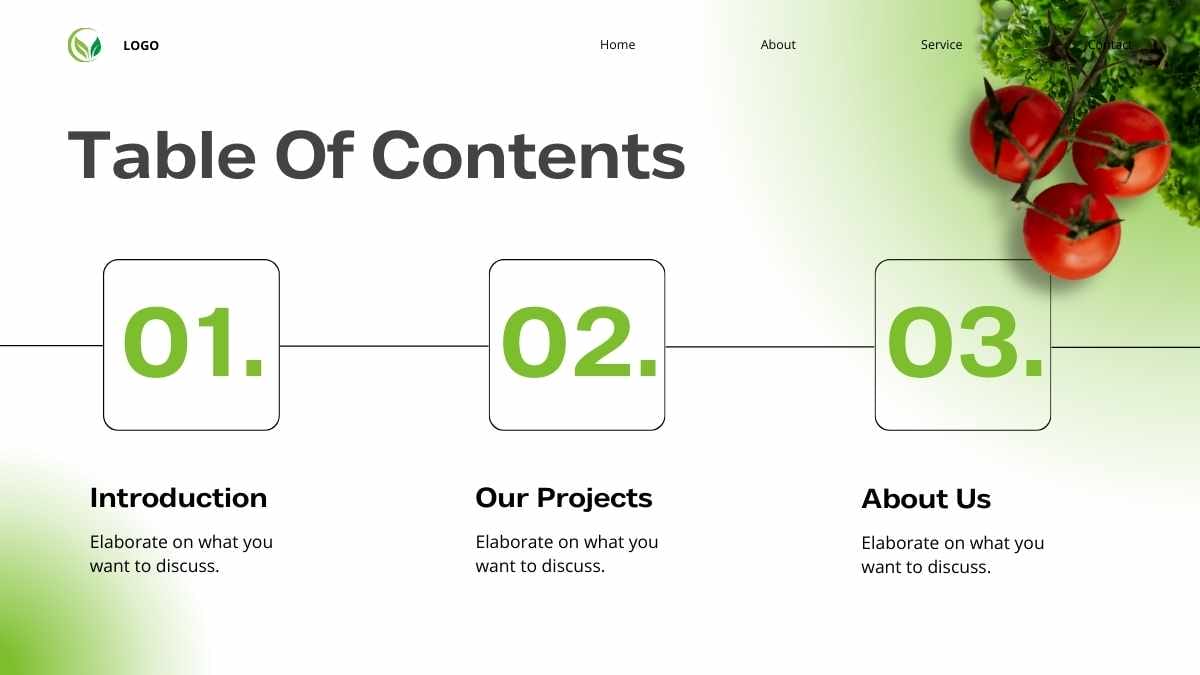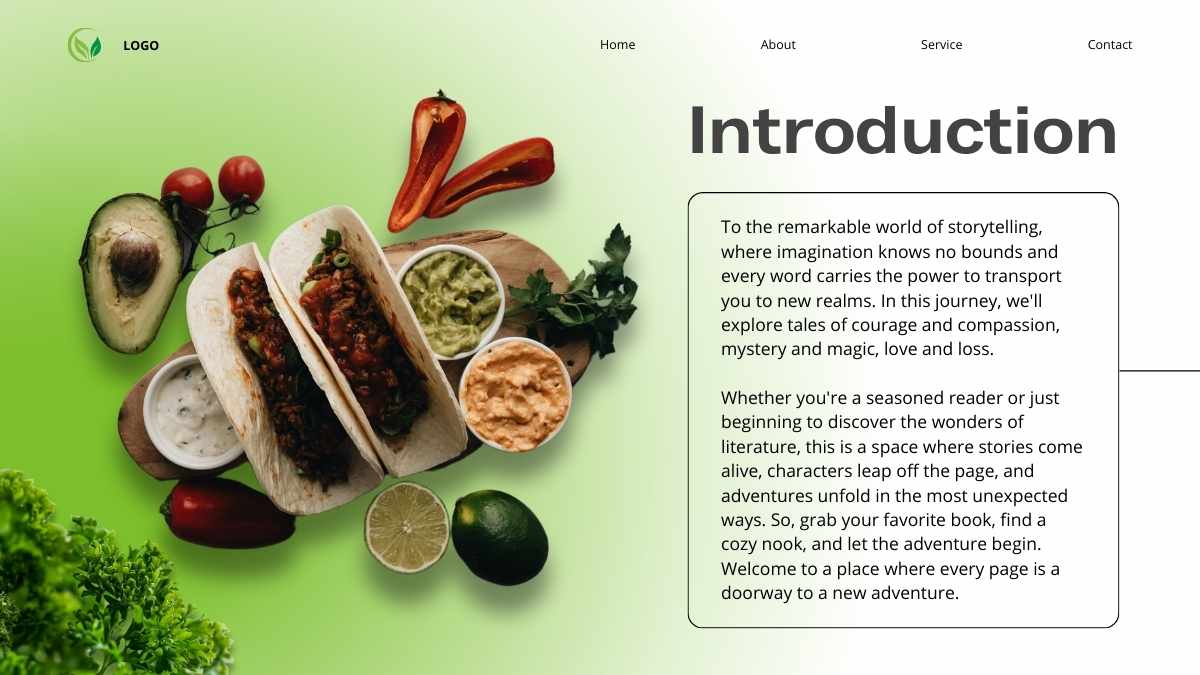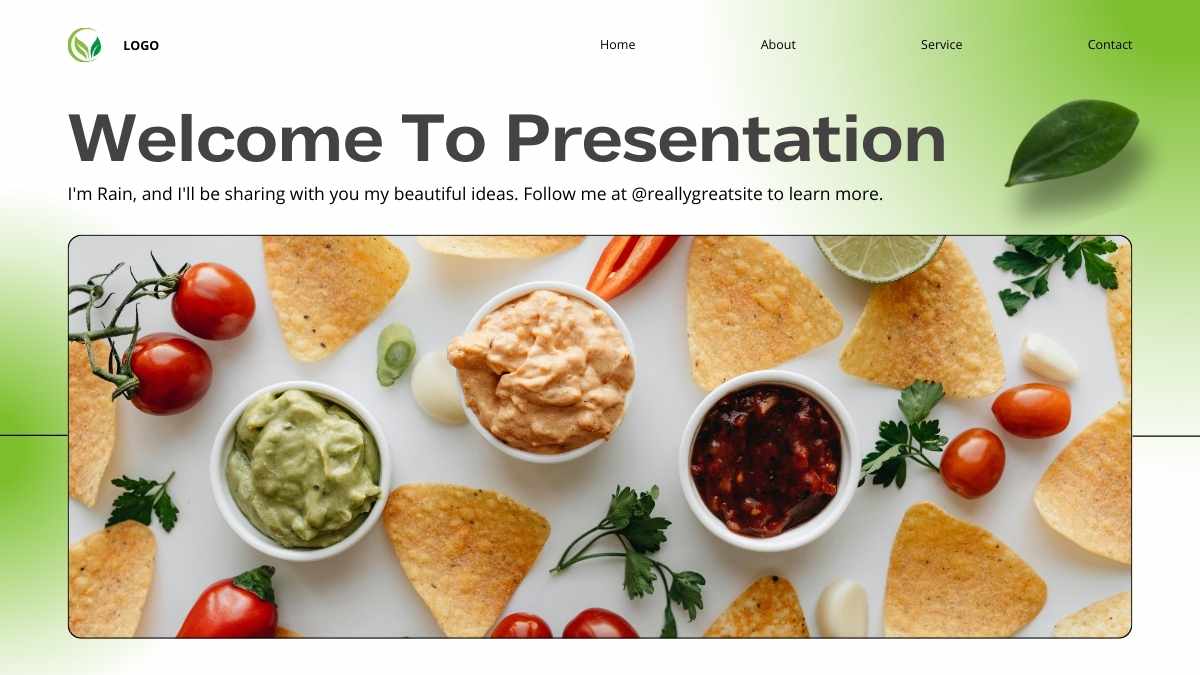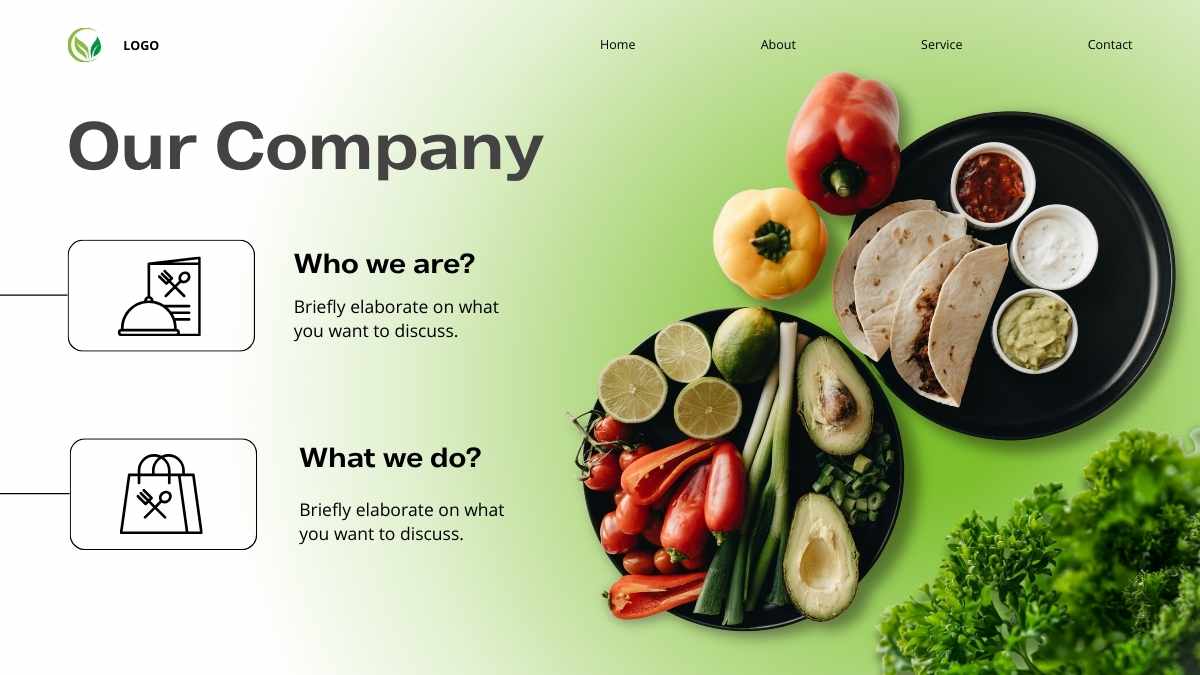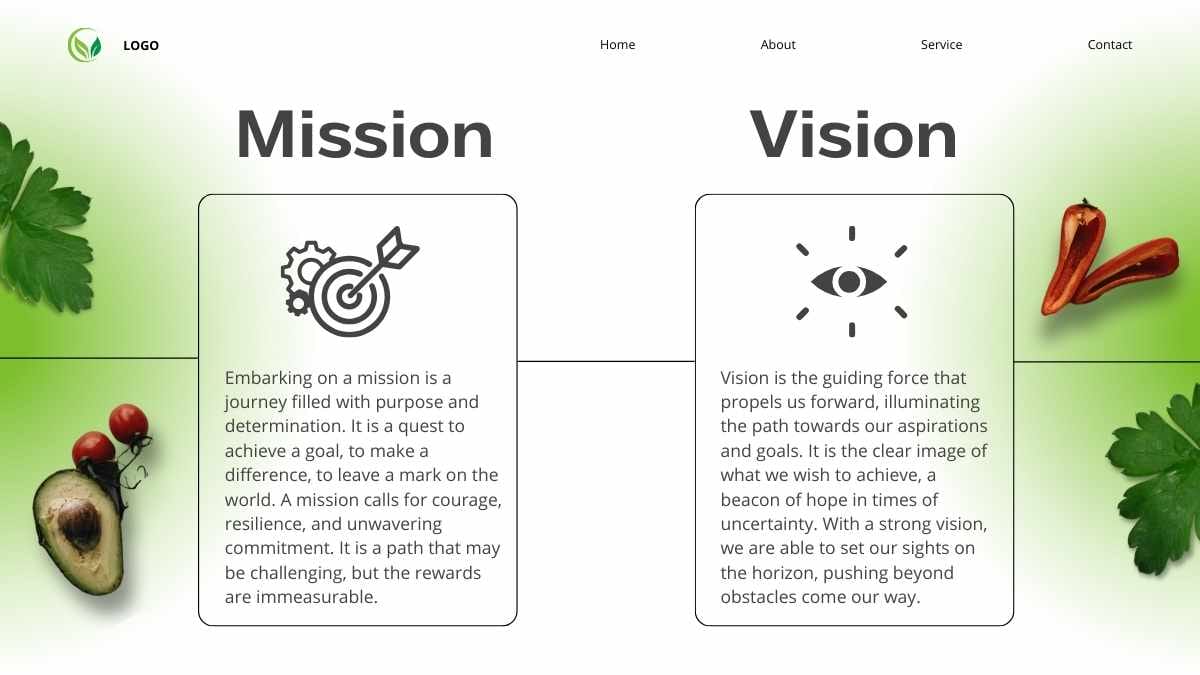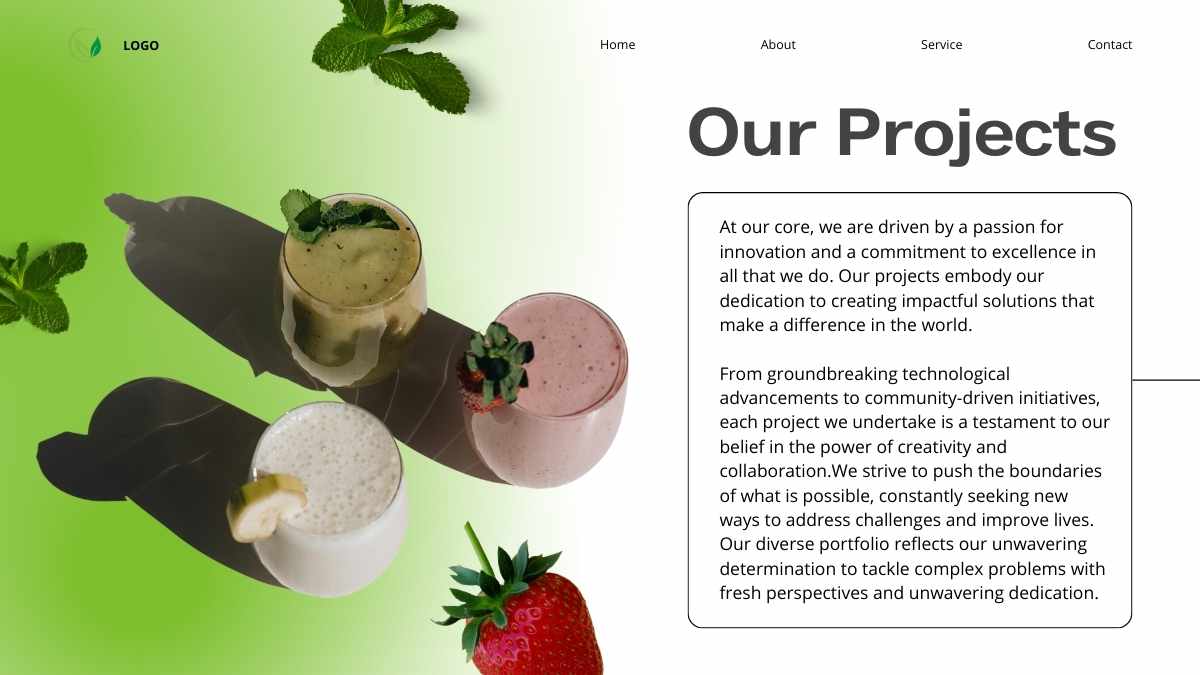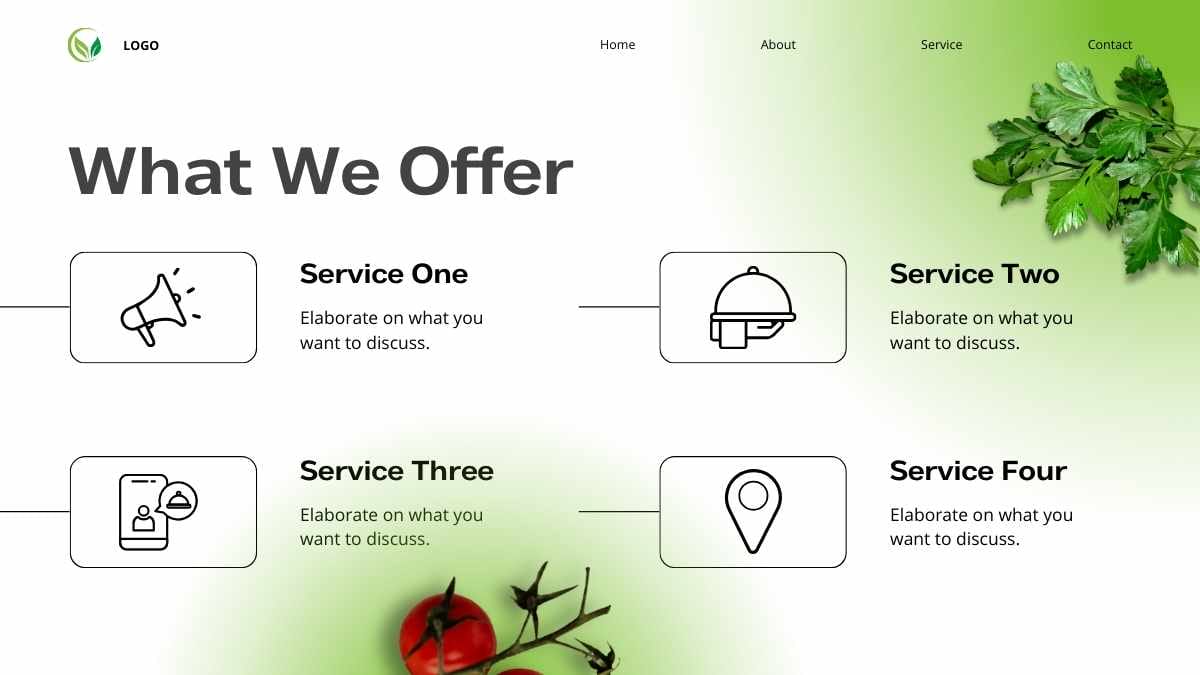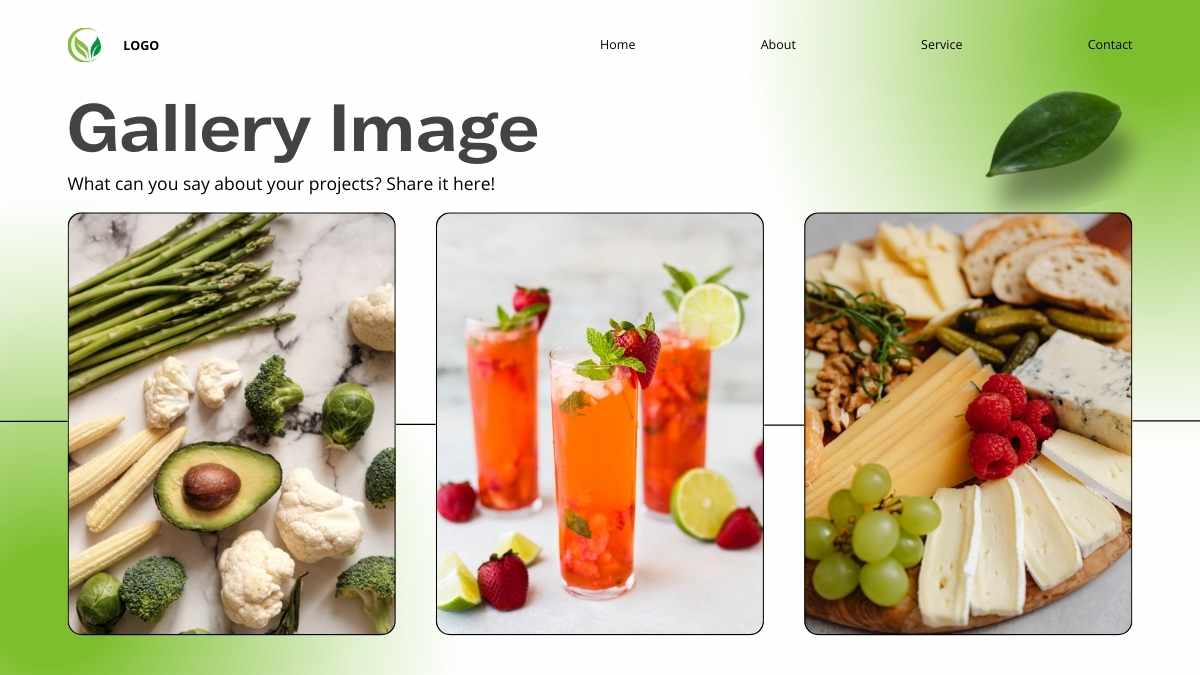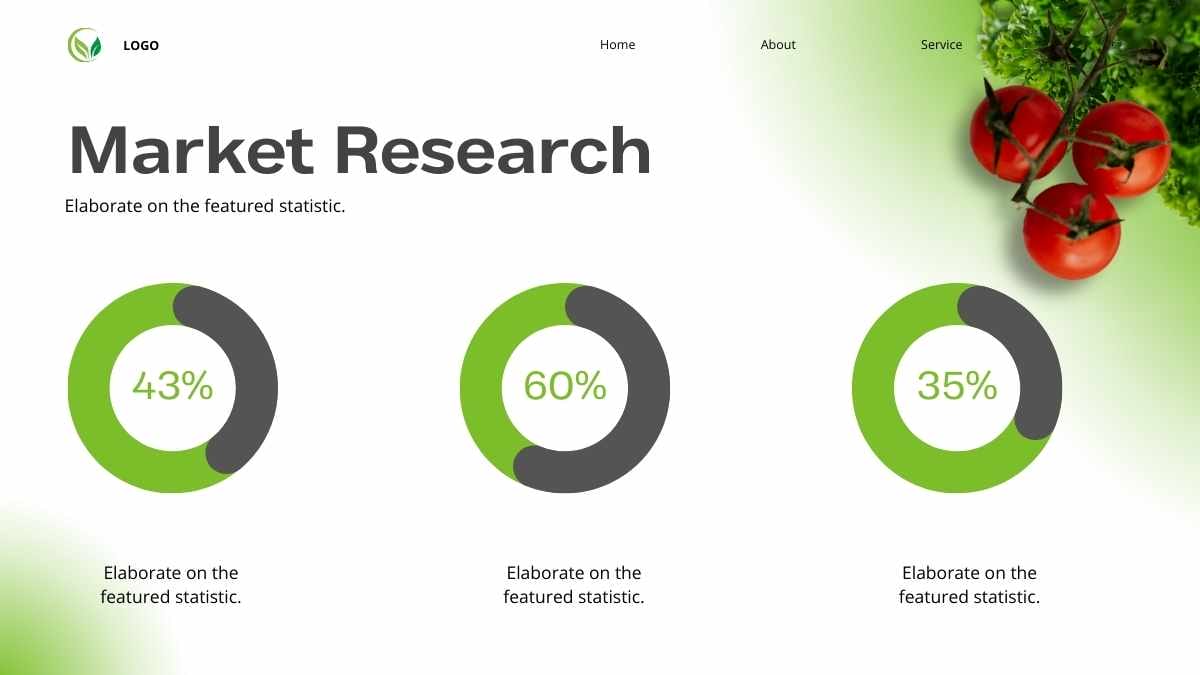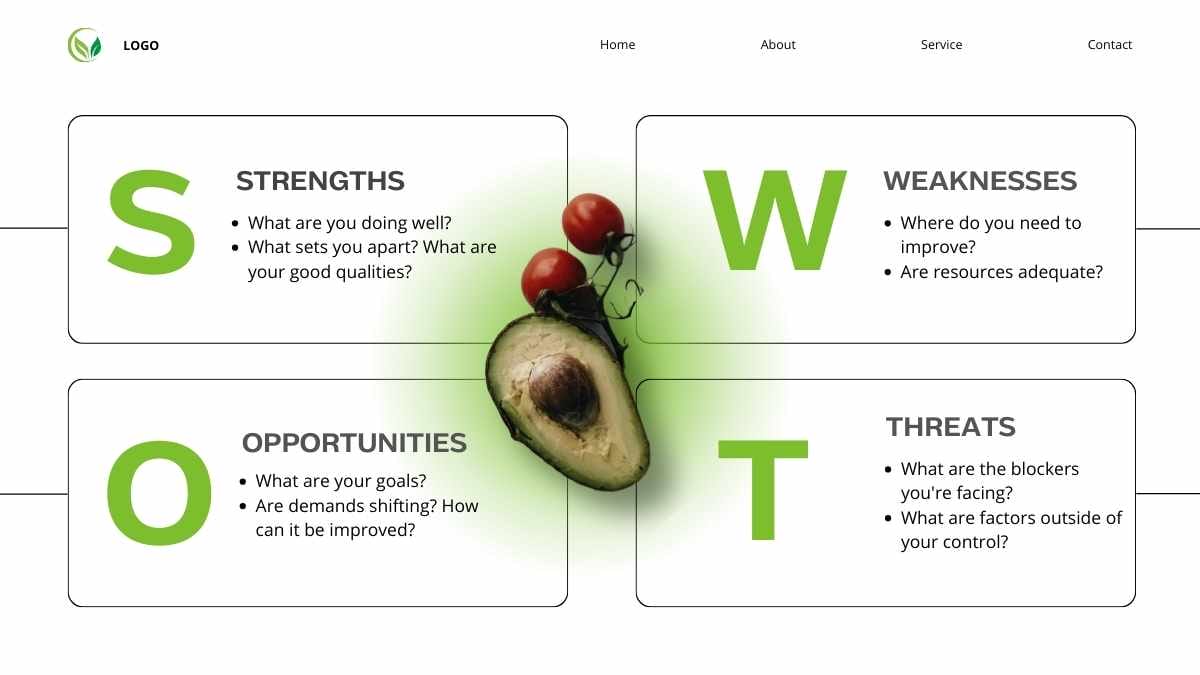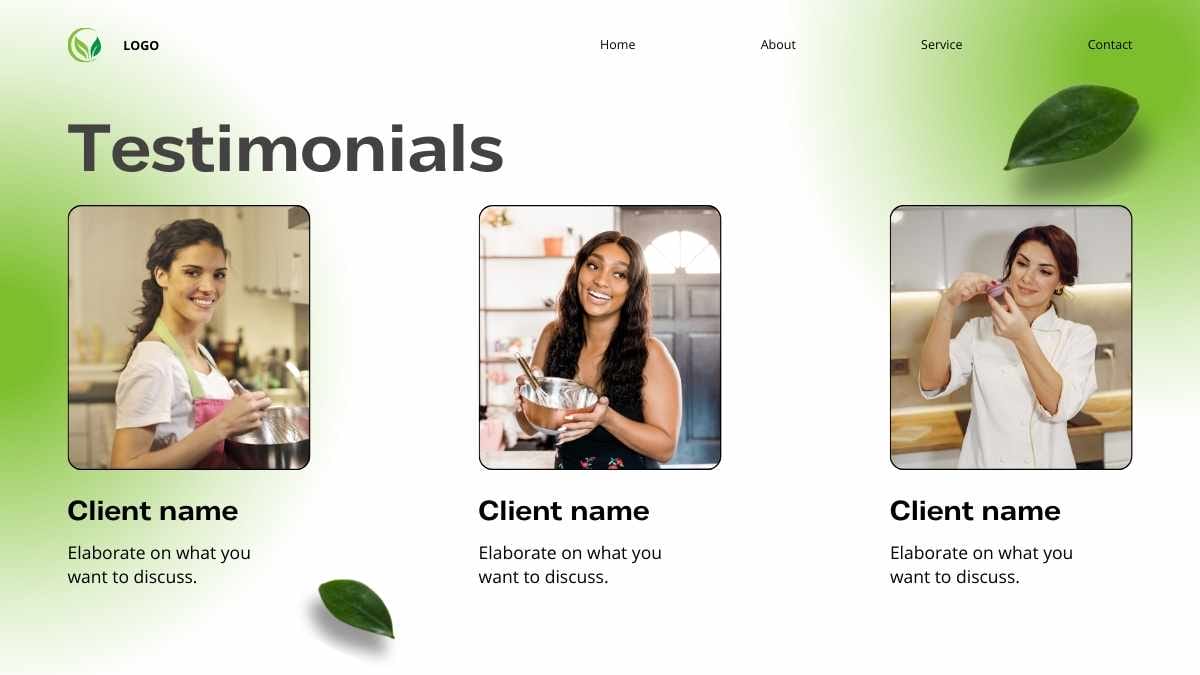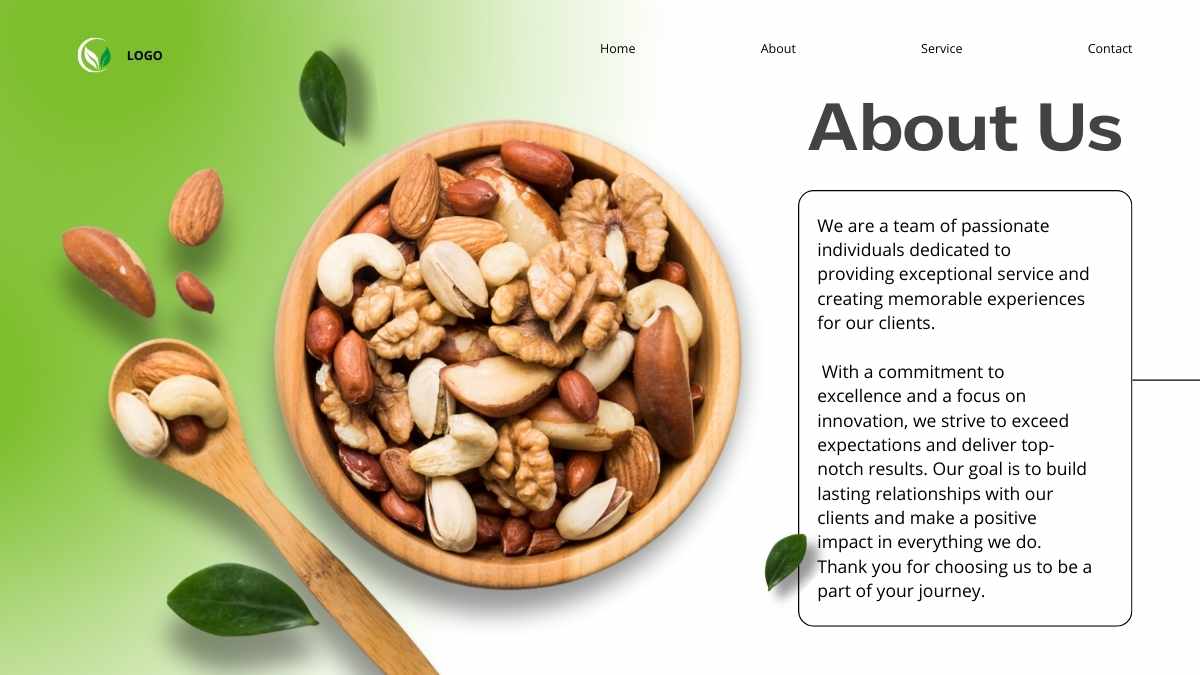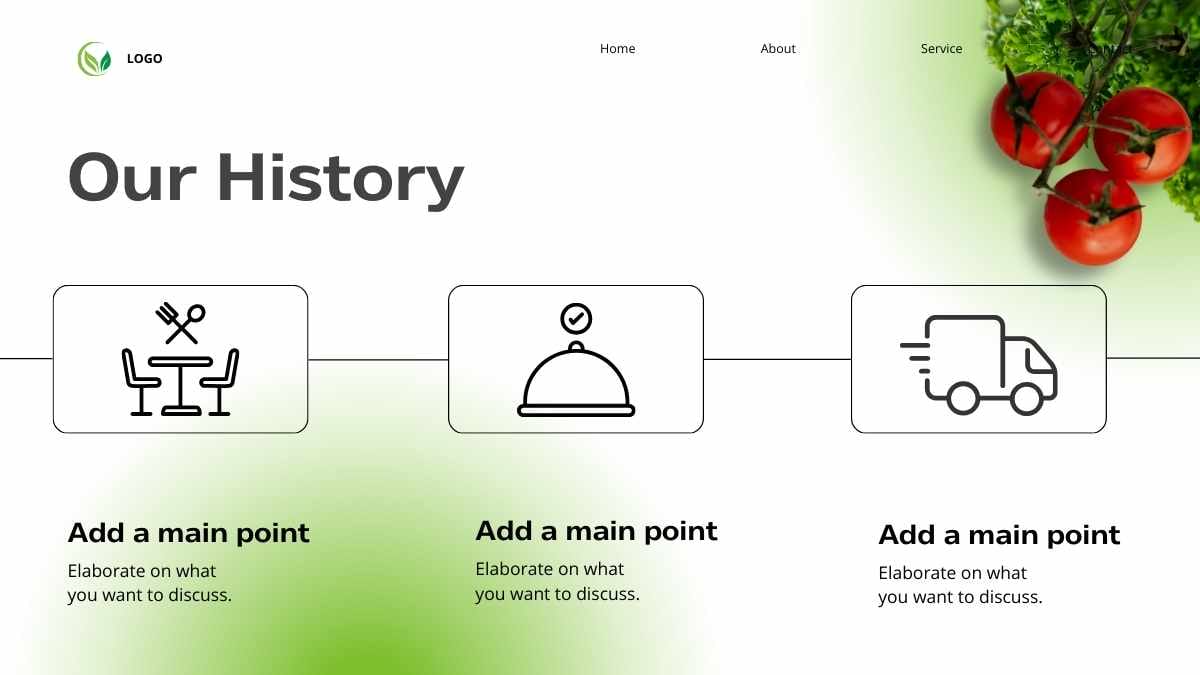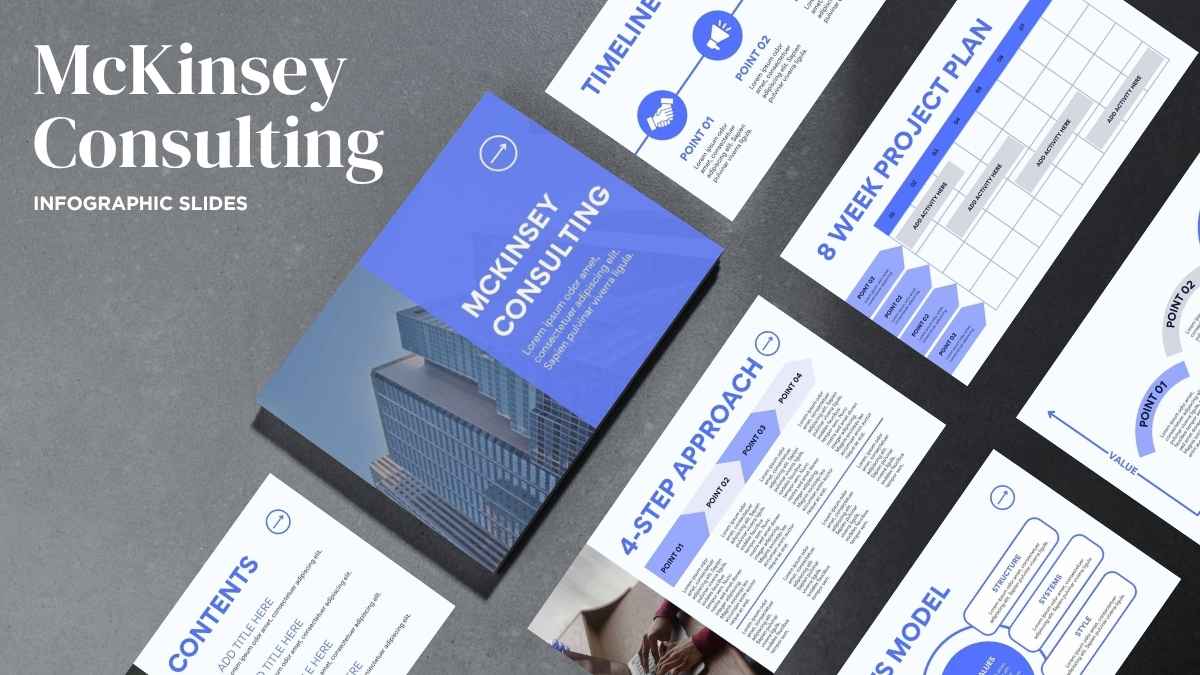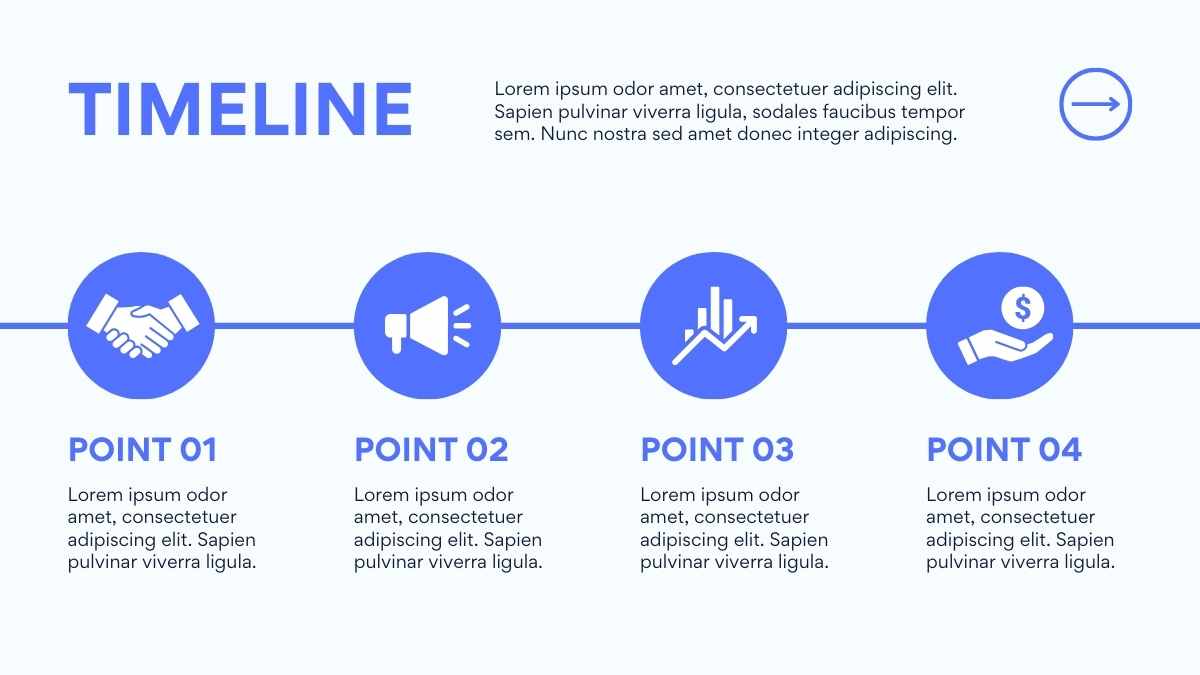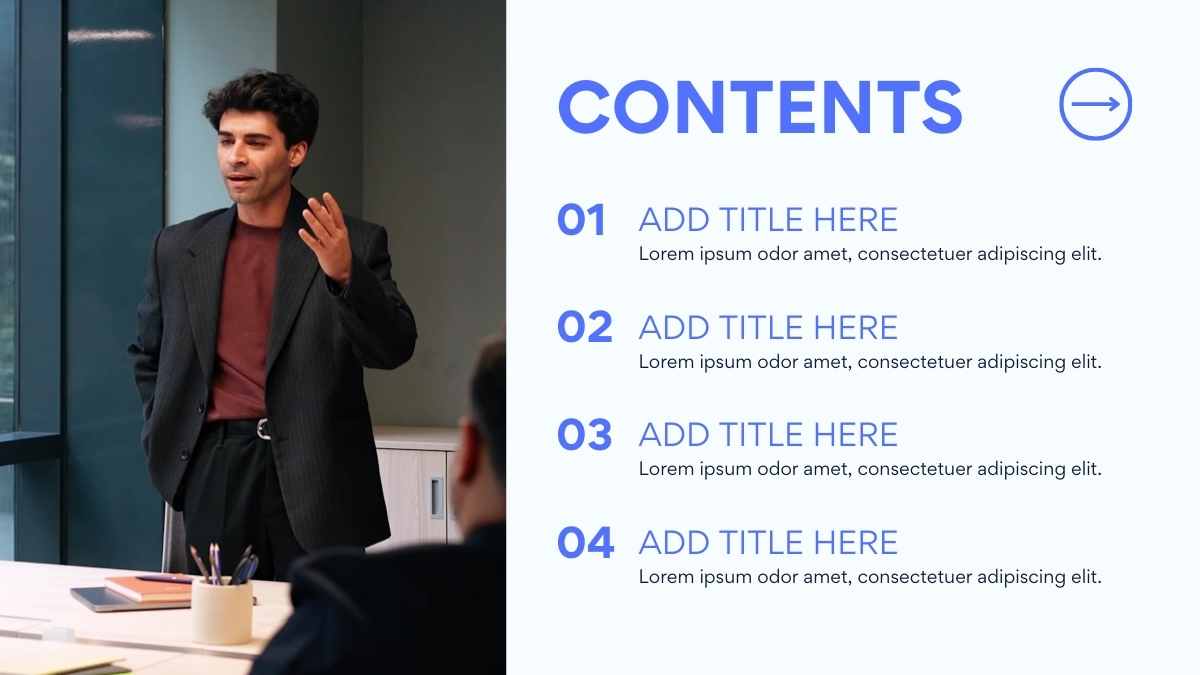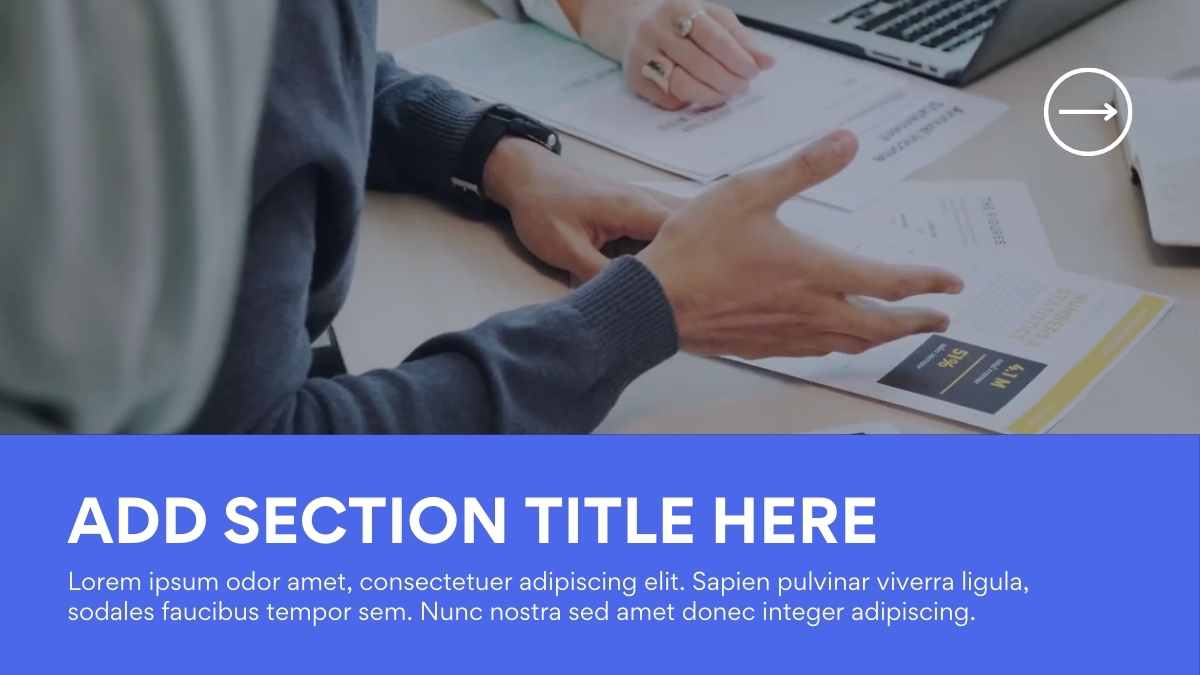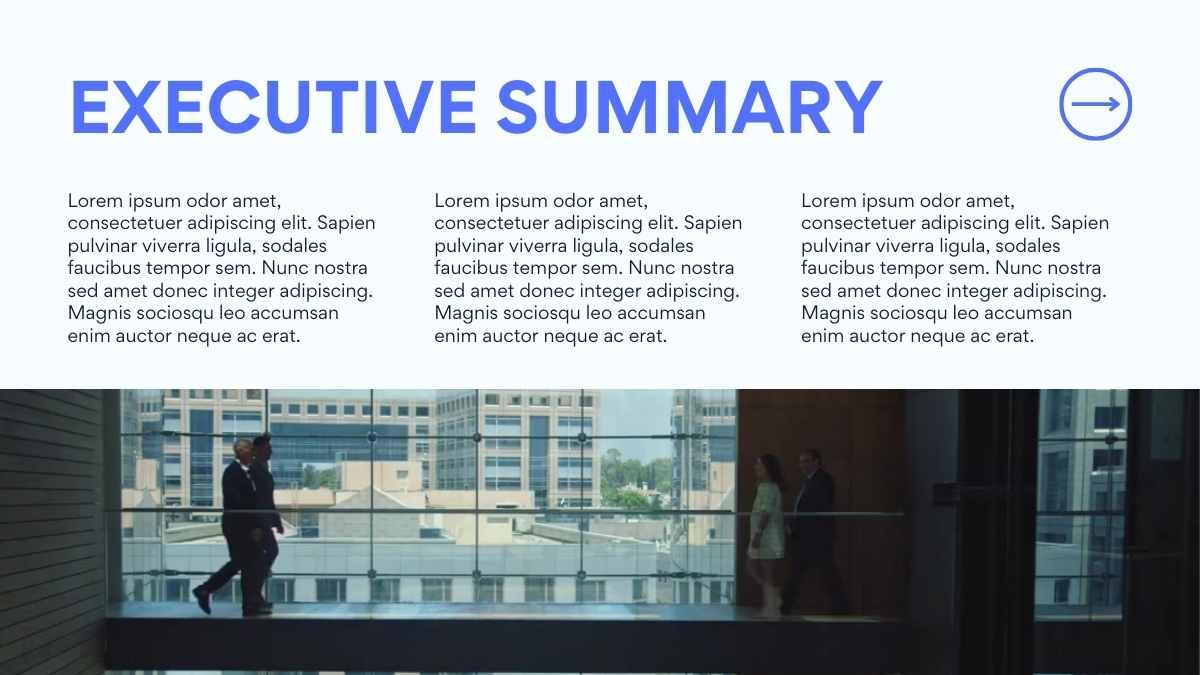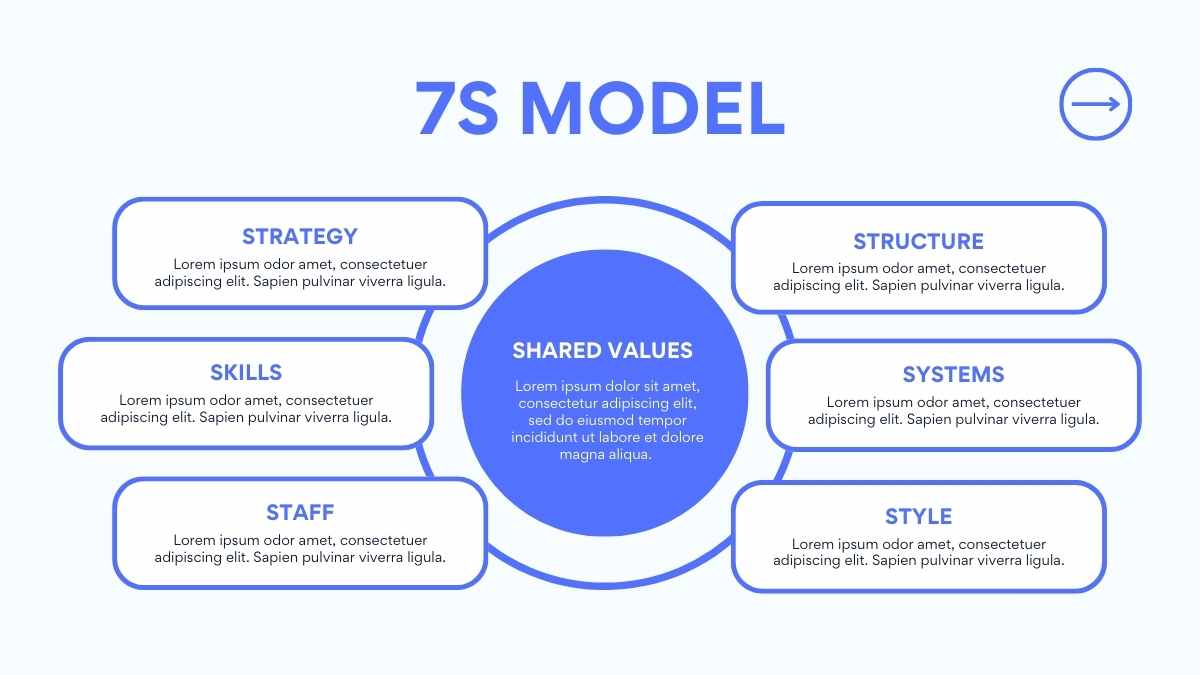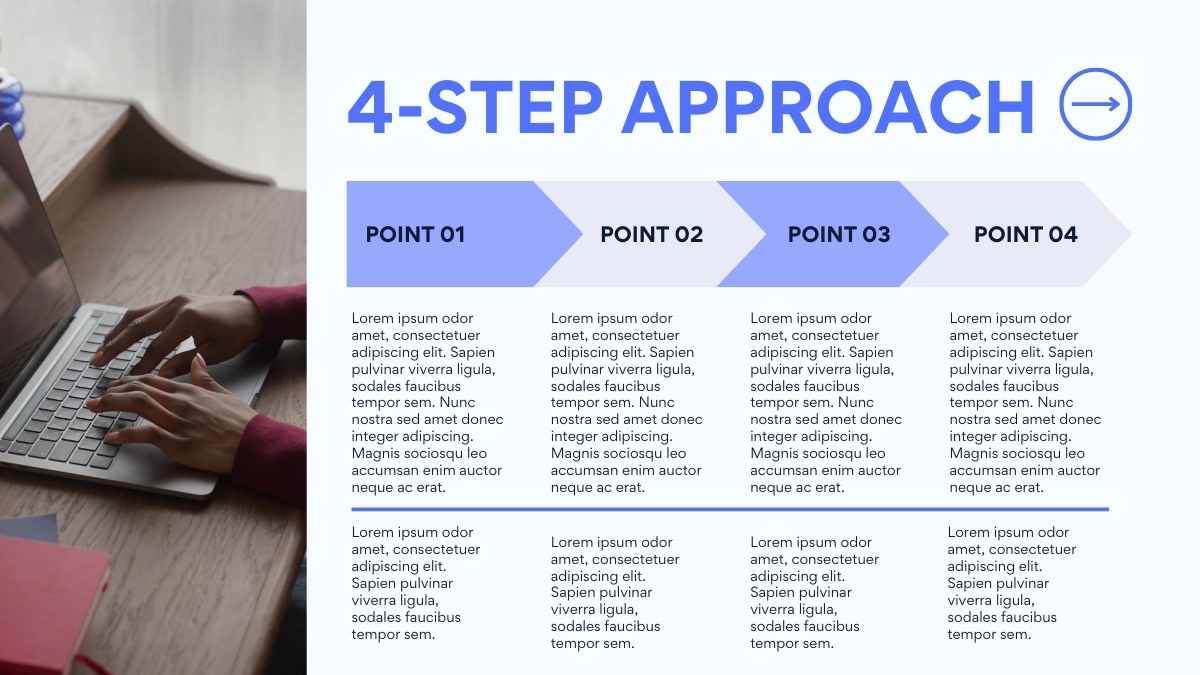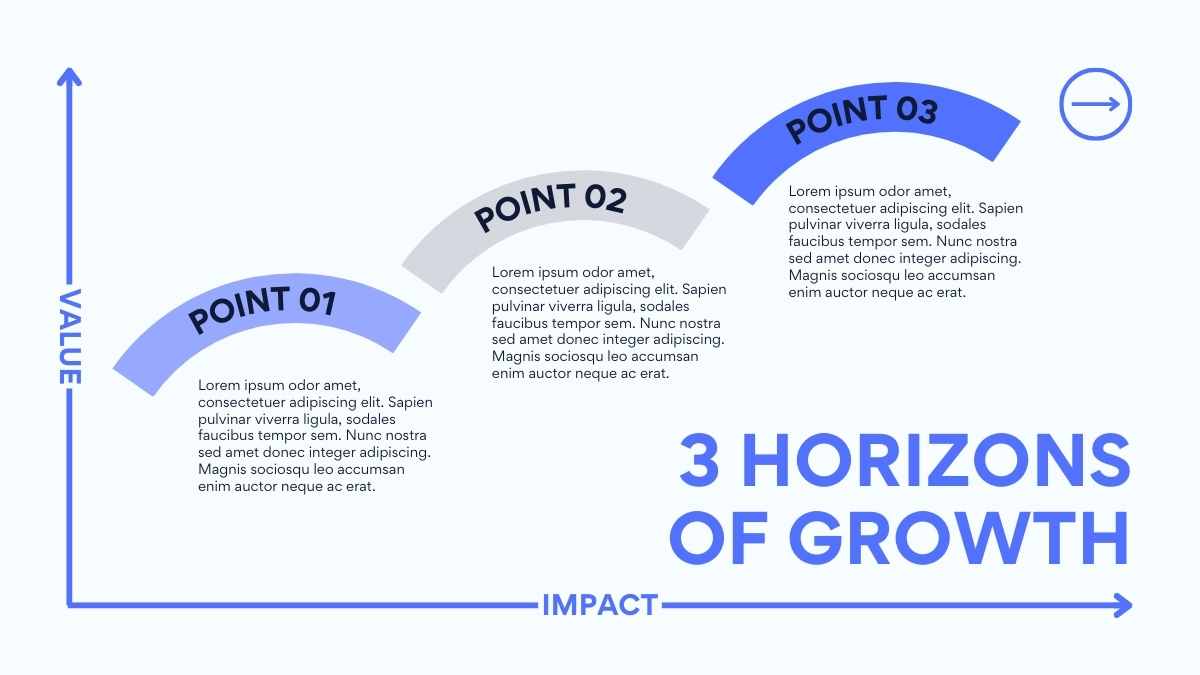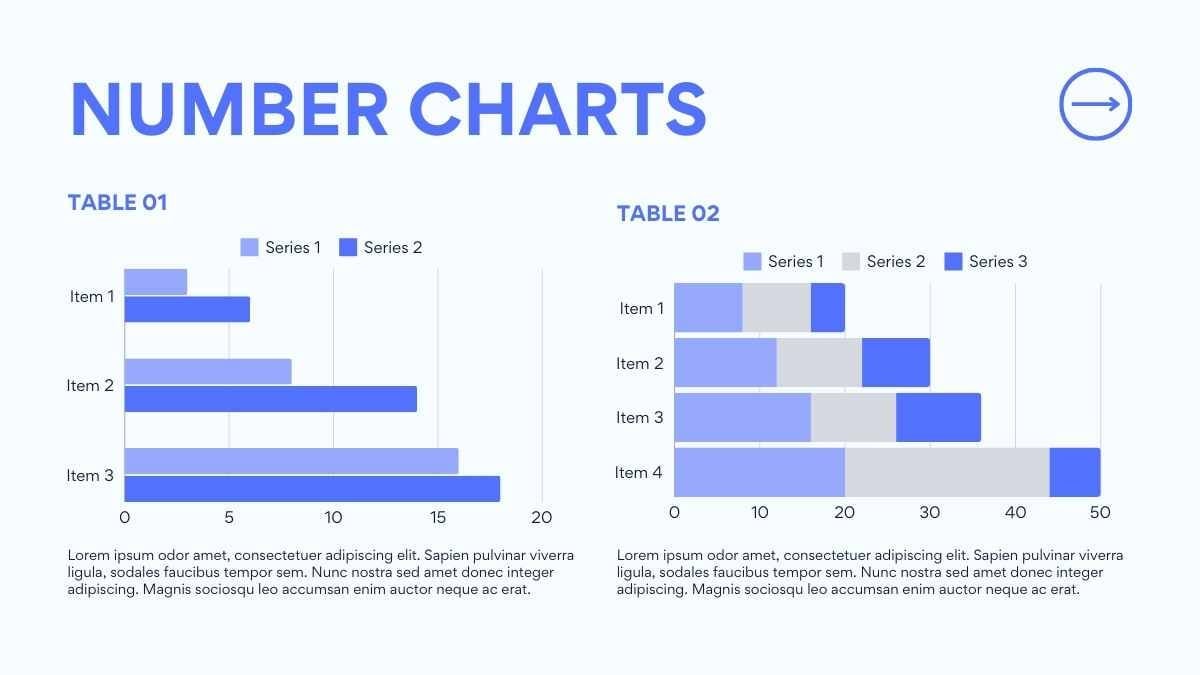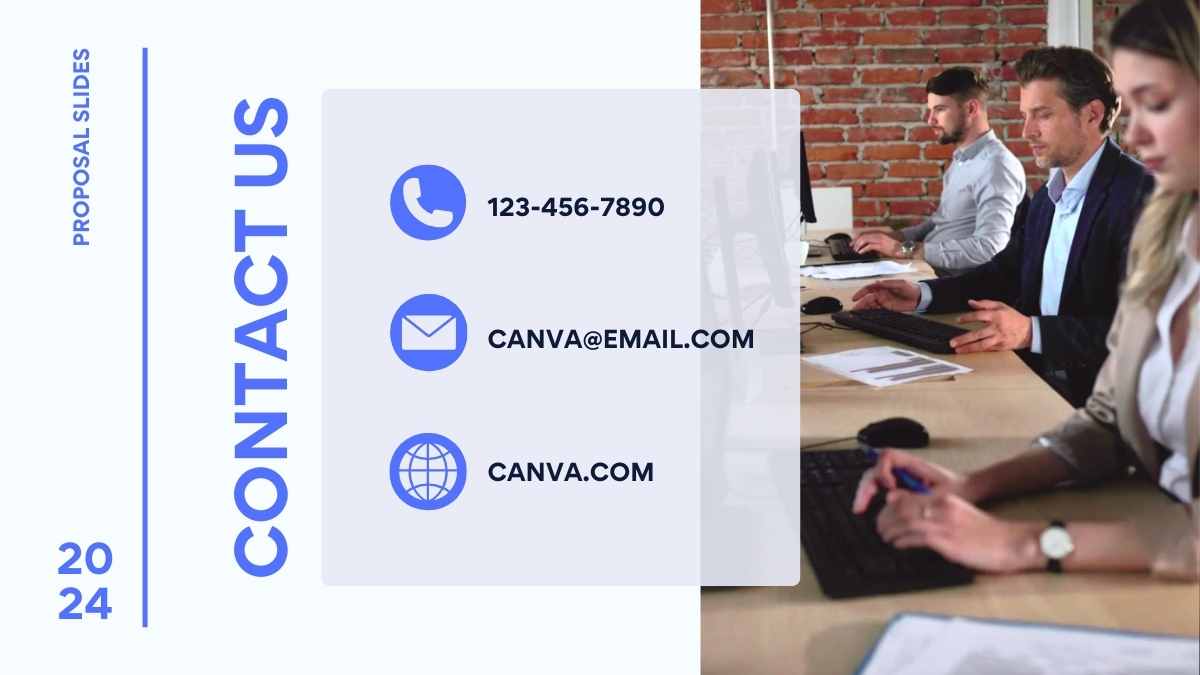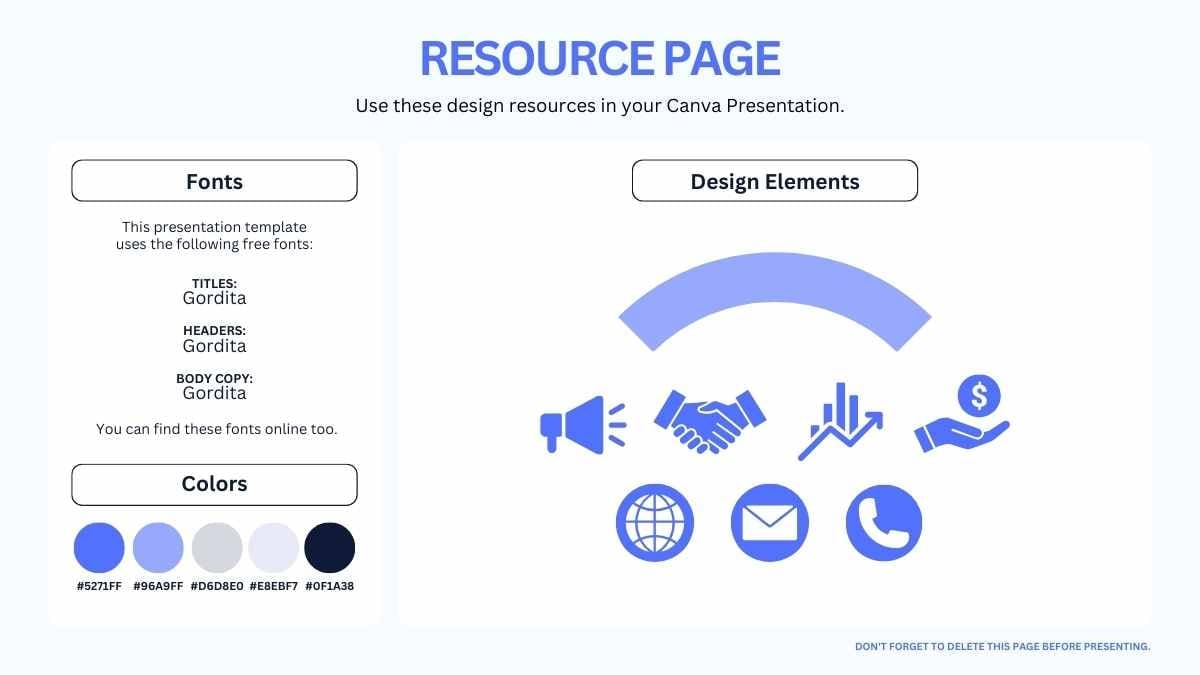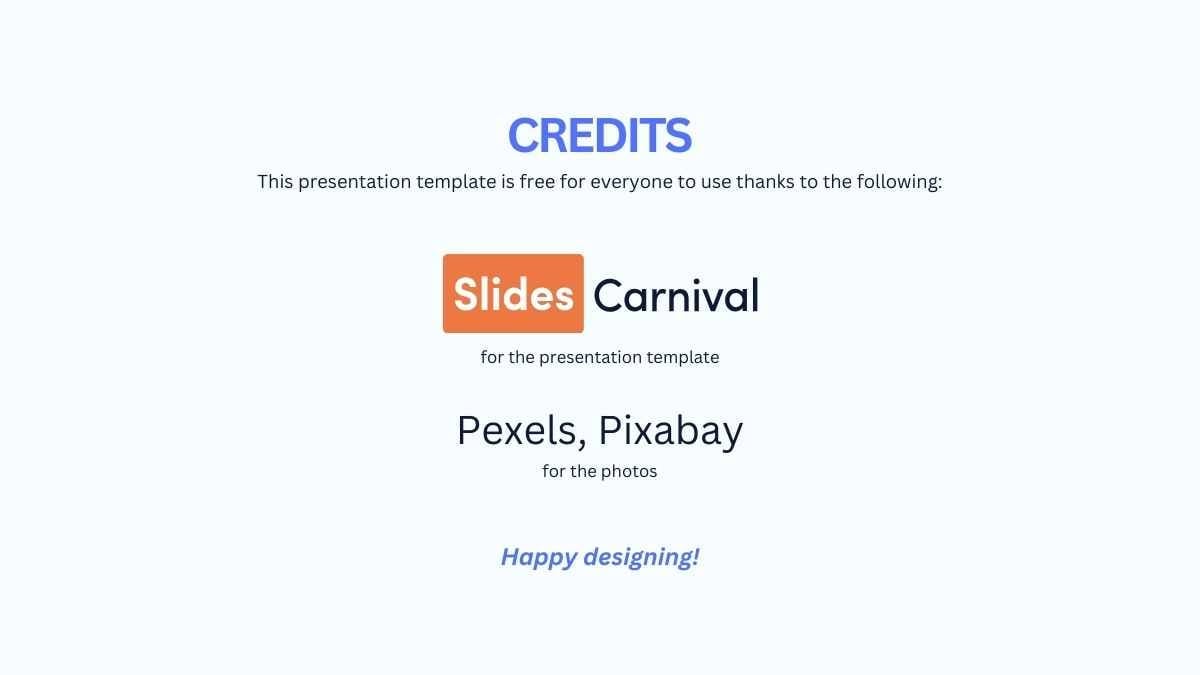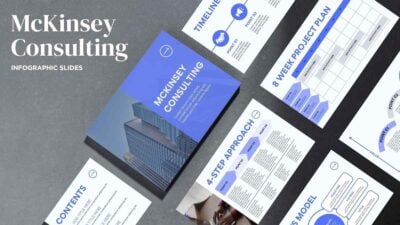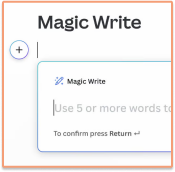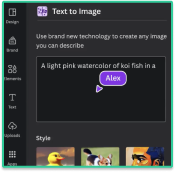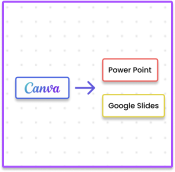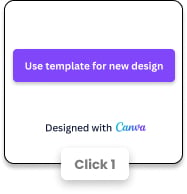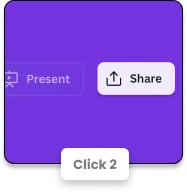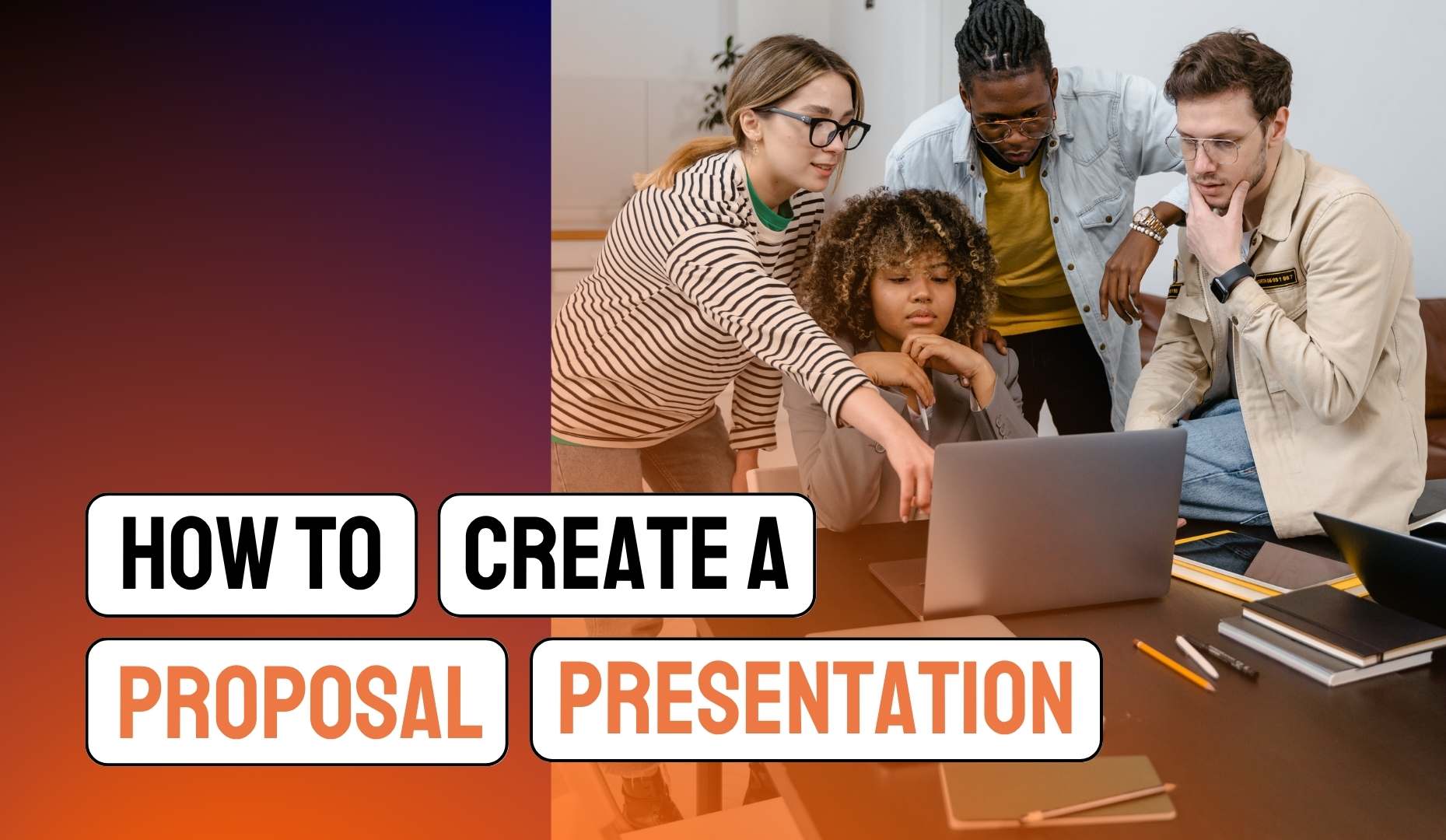
How to create a proposal presentation
A proposal presentation is a structured pitch that shows the value of an idea, project, or solution. It emphasizes why an idea is worth supporting and aims to get stakeholders on board.
No matter the use case, whether it’s for a community initiative, a nonprofit cause, a passion project, a new venture, or a business deal, the goal remains the same. You aim to tell a story that inspires action.
In this article, you’ll learn how to create a proposal presentation from start to finish, including:
- How to write a proposal presentation
- What to include in your slides
- Templates and design tips to get you started
Let’s jump right in.
How to write a proposal presentation
Wondering how to create a proposal presentation that gets results? Start with these six essential tips to shape your content with clarity and purpose.
1. Know your audience
Before building your presentation, get to know who you’re speaking to. Is it a client, board of directors, or peers? Tailor your tone, language, and content so it speaks directly to their interests and priorities.
2. Keep it clear and simple
Focus on the must-know details. Make the value of your idea obvious and fast. Save extra details for follow-up questions or supporting documents you provide to your audience.
3. Focus on the benefits
Go beyond listing the features of your ideas, project, or proposal; rather, help your audience picture its impact. Show why your idea matters. How does it solve a problem? What’s in it for them?
4. Back it up with proof
Data, real-life examples, and client testimonials give your proposal weight. It shows that you’ve done your homework and, most importantly, that your idea works.
5. Address concerns early
Think ahead: what might your audience question or doubt? Tackle these concerns head-on with thoughtful explanations and solutions.
6. End with a strong call to action
Wrap up with clear next steps. Whether you’re securing a decision, getting approval, or requesting funding, make it easy for them to say yes.
What to include in your proposal presentation
A strong proposal presentation follows a logical flow and includes key elements, no matter the use case, including business, nonprofit, or creative proposals. Here’s a format you can customize based on your needs.
1. Introduction
Grab attention early with this opening slide. Introduce your name, business or product, and clearly state your proposal. Keep it high-level at this stage, but intriguing enough to make your audience want to know more.

2. Problem statement
Use this slide to define the issue you’re addressing. This could be a market gap, a process inefficiency, or a pain point commonly faced by consumers. Show your audience why it matters using statistics, a story, or a quote from reliable sources.
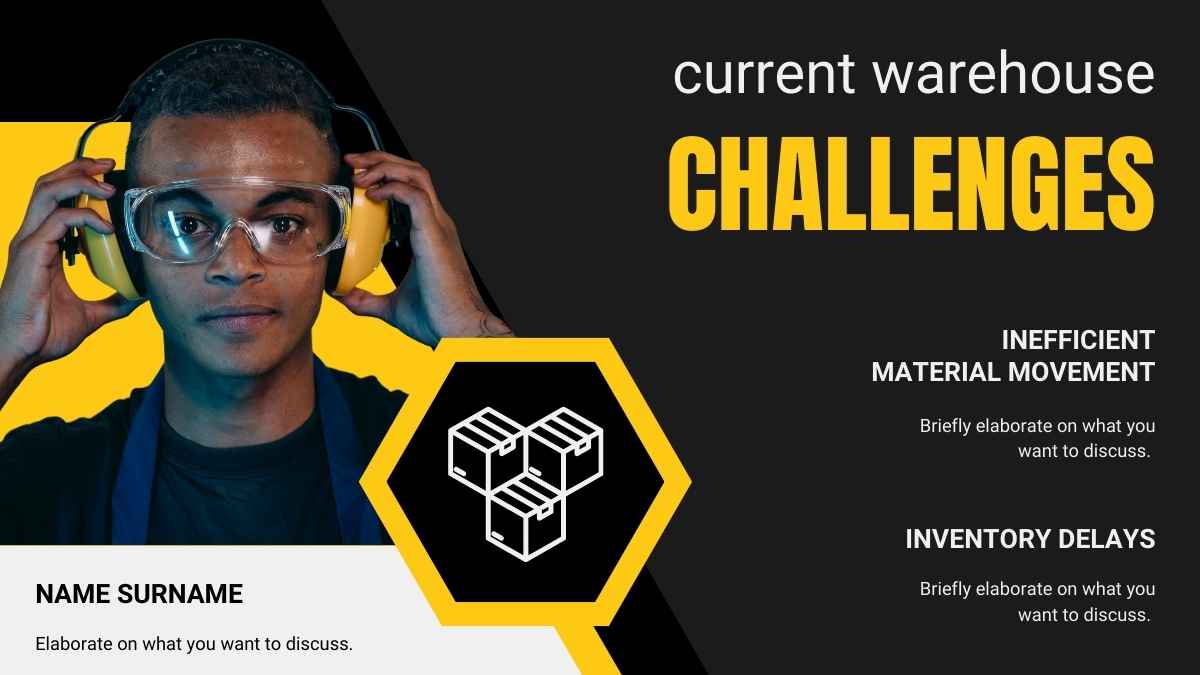
3. Proposed solution
When creating a proposal presentation, this is the moment to show your audience that you have a solution worth backing. Anticipate questions such as “What makes it different?” and “Why is it the right fit?” A sketch, prototype, or demonstration can go a long way in showing the solution in action.
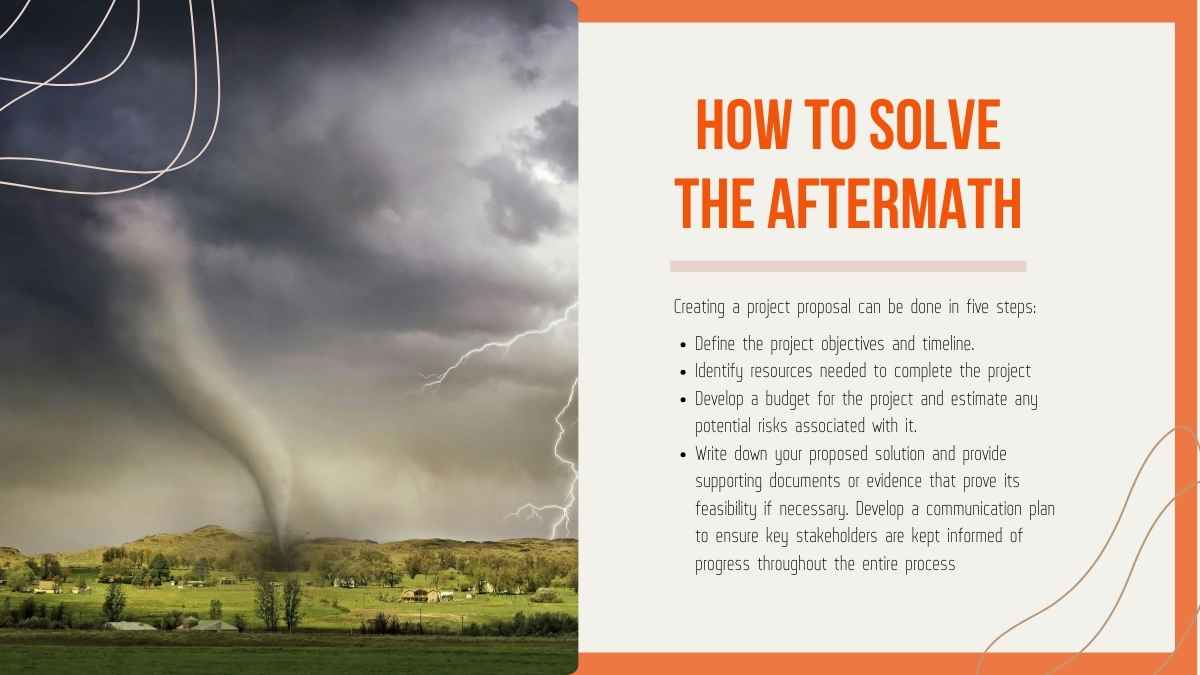

4. Plan and timeline
In this slide, outline how you’ll bring your idea to life. Outline the major steps and when they’ll happen. Use a visual timeline to help make it easy to follow. Most importantly, keep the details here realistic and relevant to your audience.
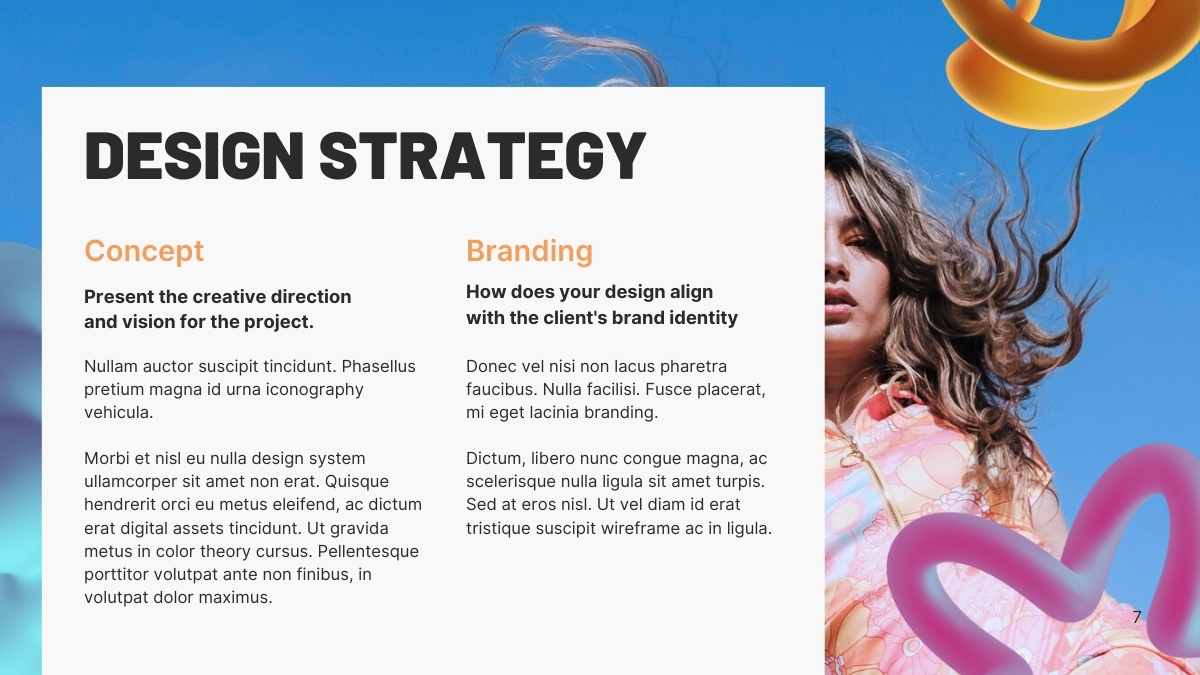
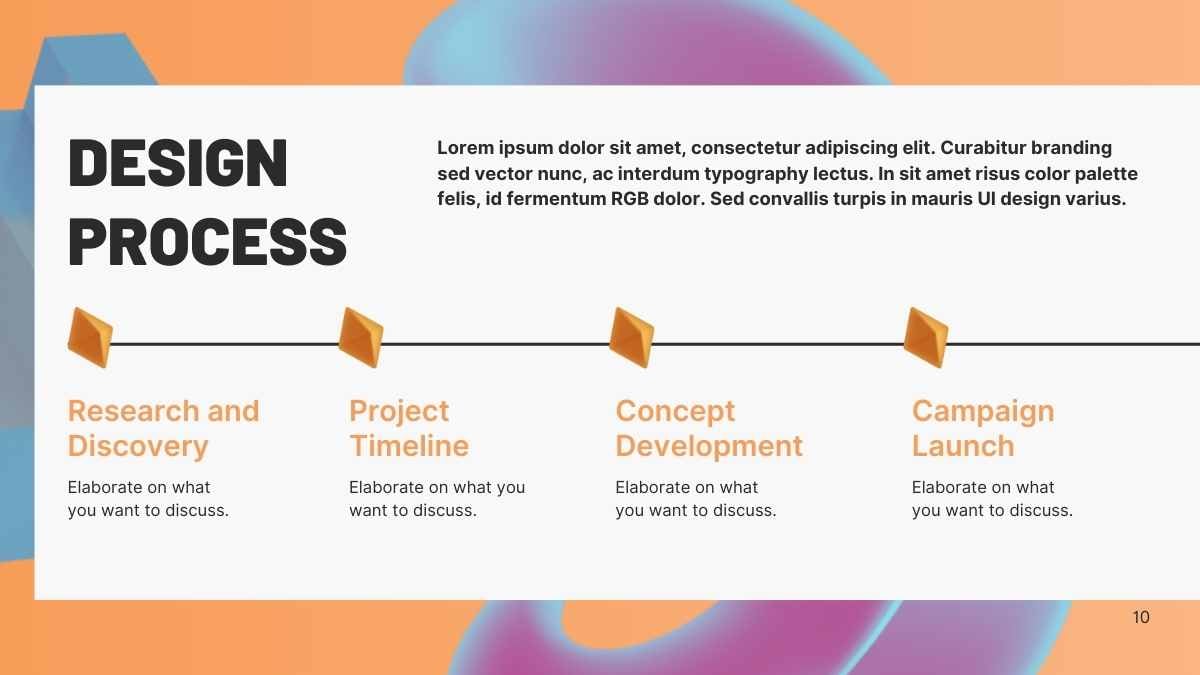
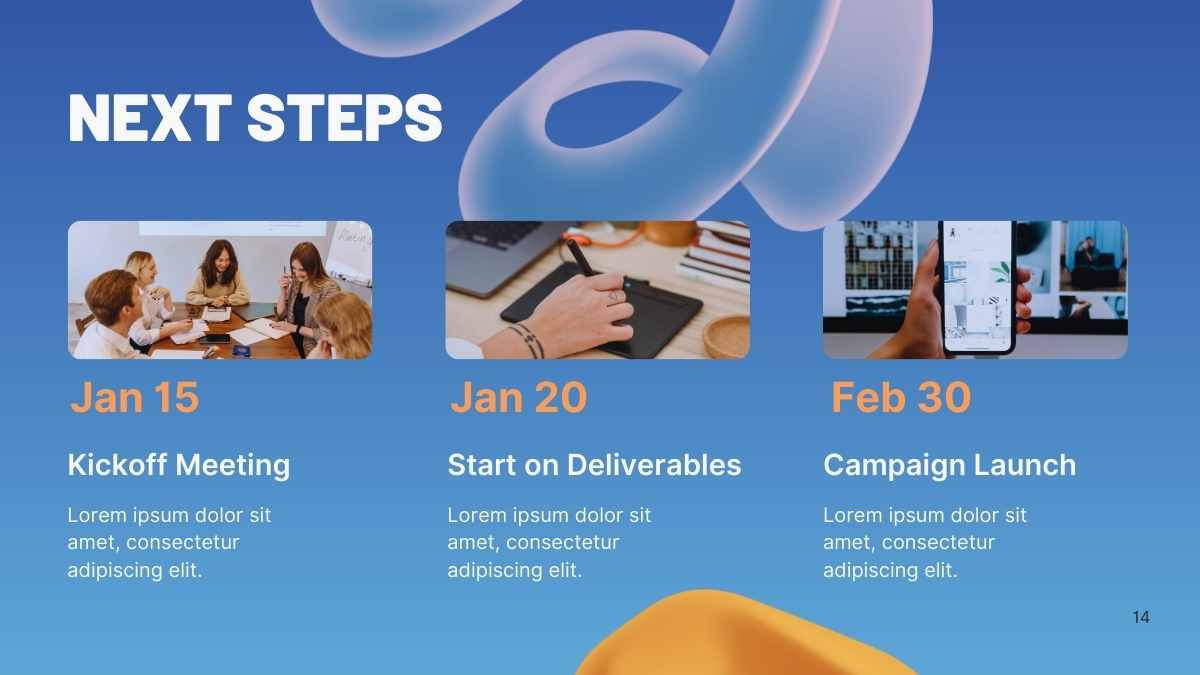
5. Case studies or testimonials
If you’re exploring how to create a proposal presentation that feels credible and persuasive, use this slide to share real-world outcomes. Support this section with reviews, charts, and a before-and-after infographic to make your case feel more concrete.


Tip:
At Canva, you can find the right type of graph for your proposal presentation and showcase your data with engaging, interactive charts. Simply drag and drop them into your design and add your data.
Ready to try it out? Customize this template to bring your data to life.
6. Budget and resources
Use this slide to be transparent about costs, time, and resources needed. Use charts (donut, pie, or bar) and tables to make the numbers clear. In case your proposal saves money or boosts efficiency, this is also the best section to share it with your audience.
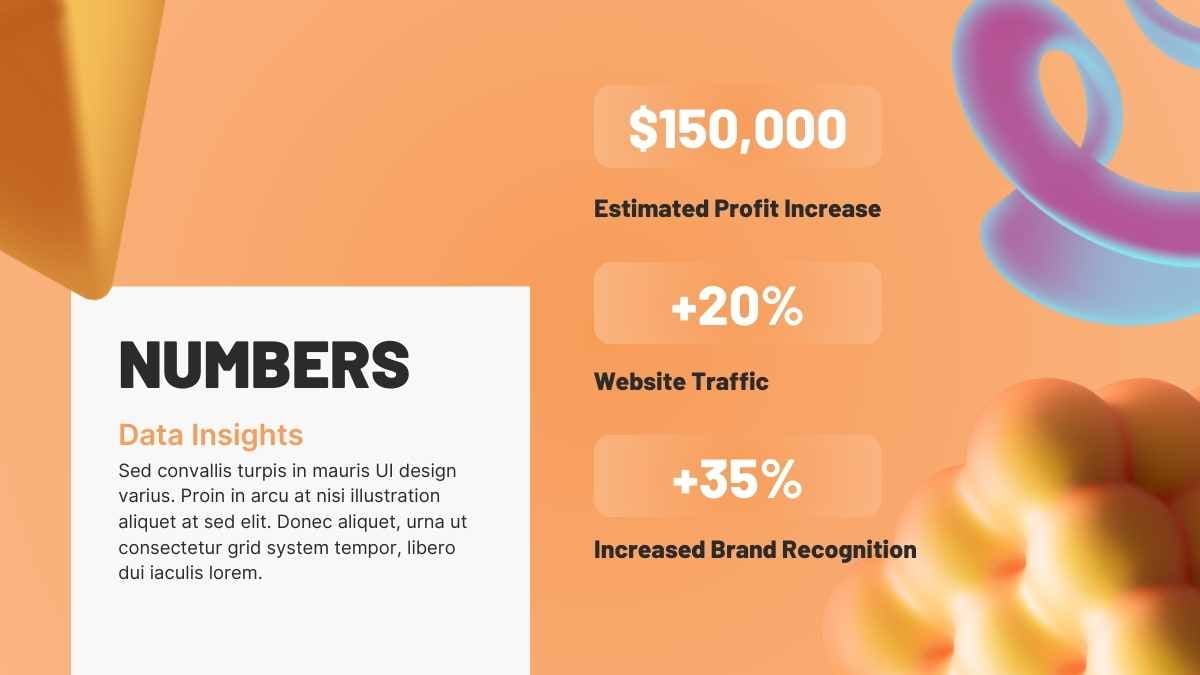
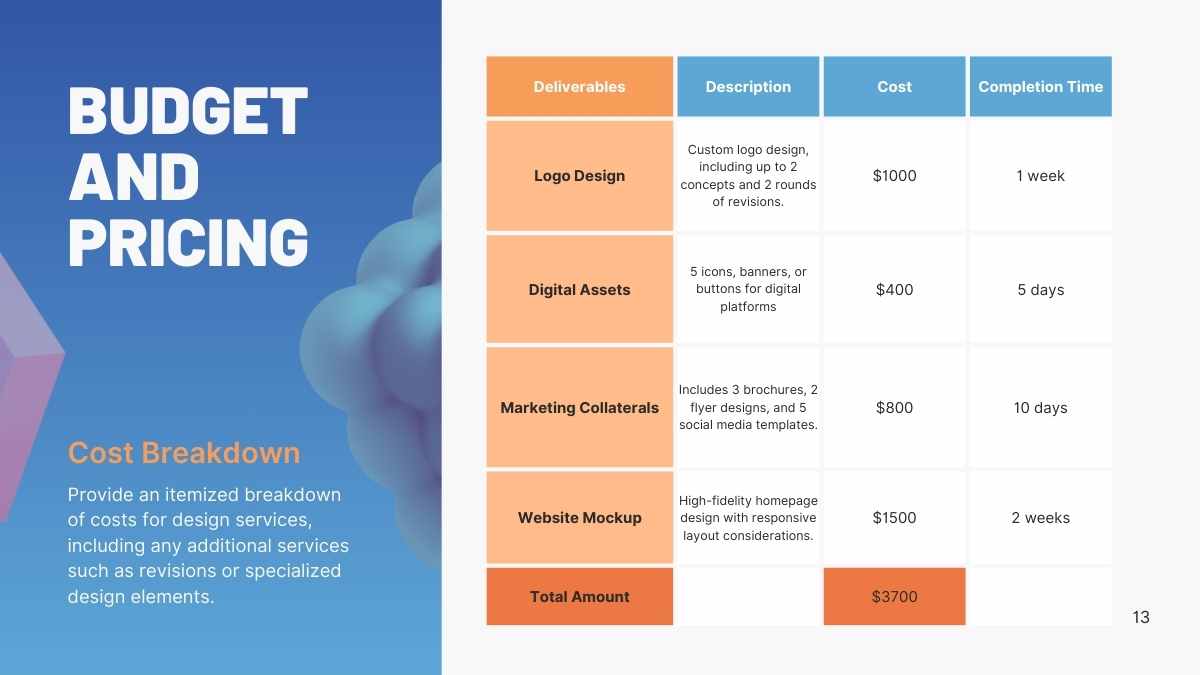
7. Summary and call to action
Wrap up your presentation in this slide. Remind your audience why your idea matters in one or two lines. Then, clearly state your ask–may it be an approval, support, or funding.

8. Questions or feedback
Finally, use this slide to open the floor to your audience. Let them ask questions, share input, or raise concerns. This shows you’re confident, collaborative, and open to improving your ideas.
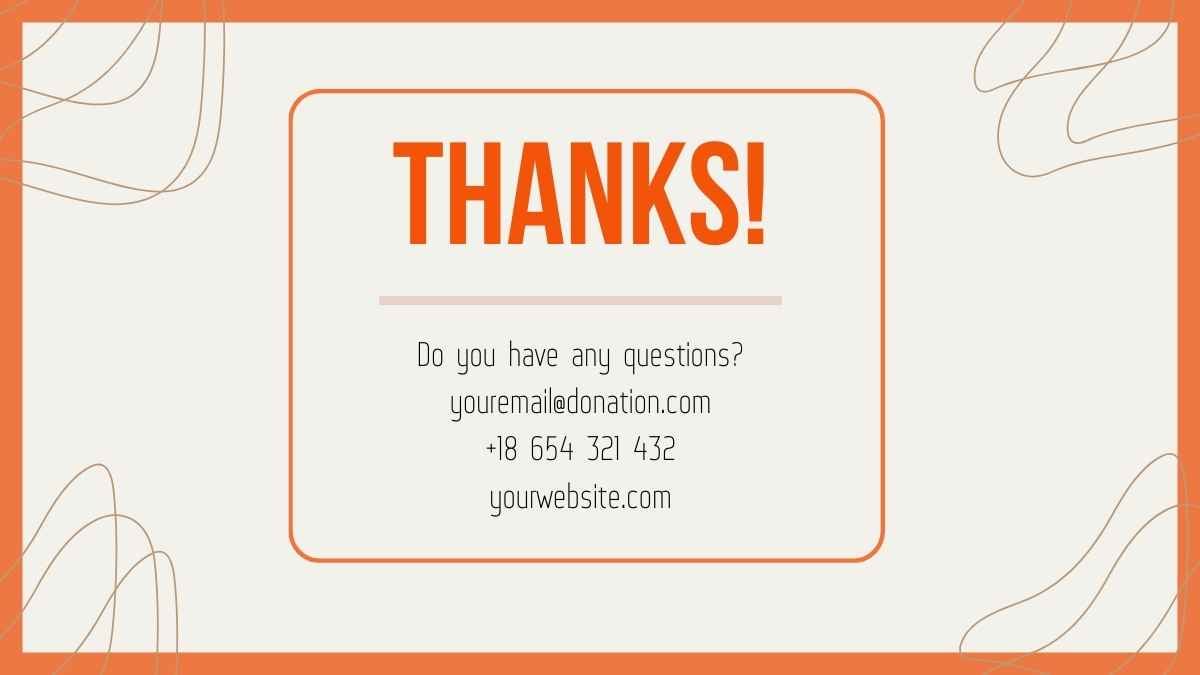
Tip:
Canva allows you to add interactive elements, like polls and quizzes, to your presentations on the platform, with no extra tools required. Perfect if you want to use it as an icebreaker, quick pulse checks, or simply gather feedback.
Ready to make your next proposal presentation more engaging? Start by customizing this Illustrated Digital Marketing Proposal Slides
Preparing for your proposal presentation
When figuring out how to create a proposal presentation, remember that while researching and writing your content is important, design and delivery matter just as much.
Great design makes your message easier to understand and helps build credibility. It shows you’ve put thought and care into how your ideas are presented. Similarly, strong delivery builds connections and keeps your audience engaged.
Before you step in front of your audience, here are a few tips to help you feel more prepared:
Choose a template that fits your goal
Start with a layout that suits your audience and goal. For example, business proposals often work best with clean, professional designs, while creative ones can be more bold and expressive.
Here are some presentation templates you can customize:

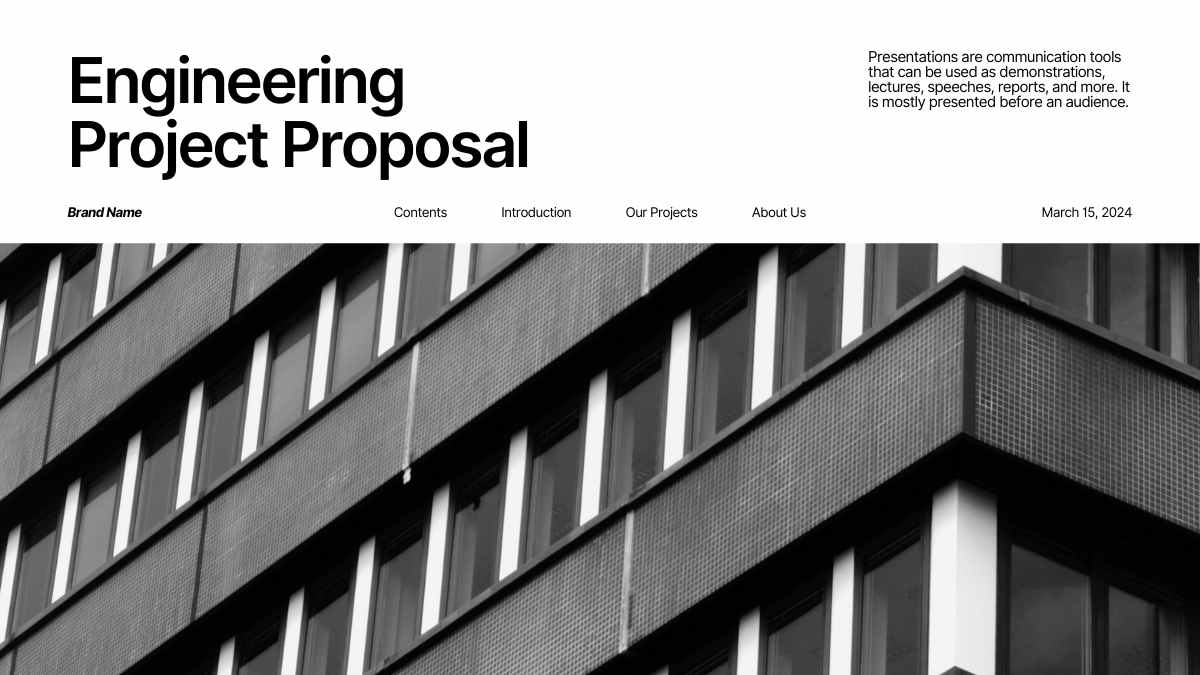
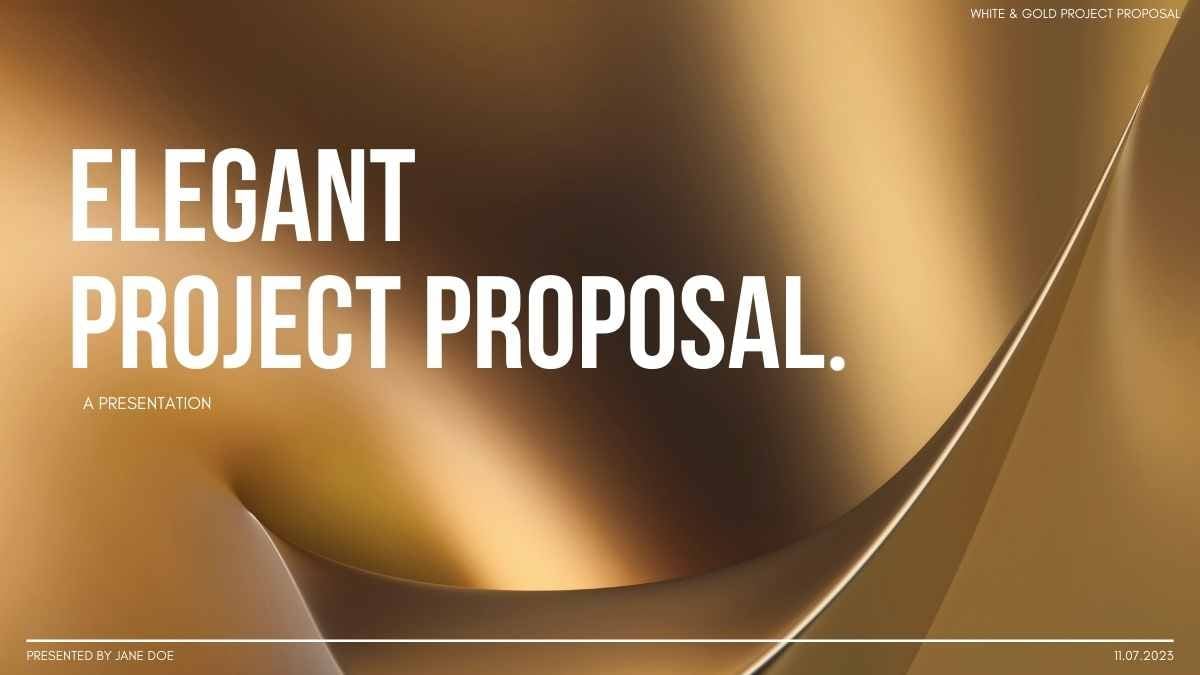
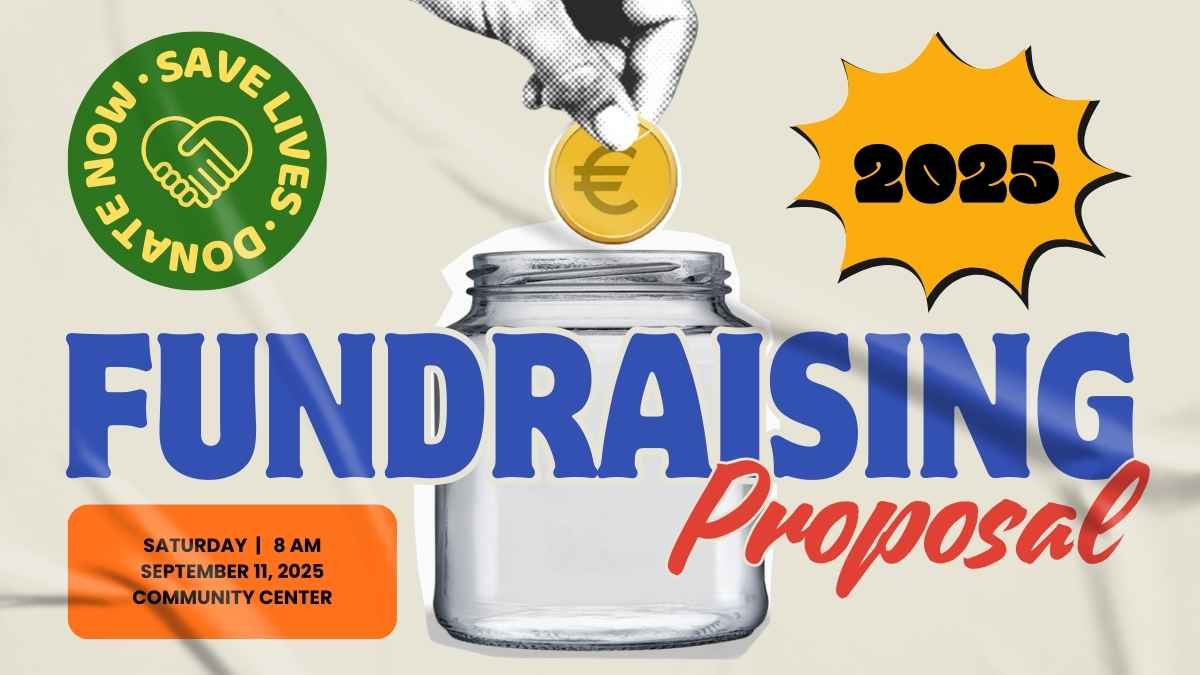

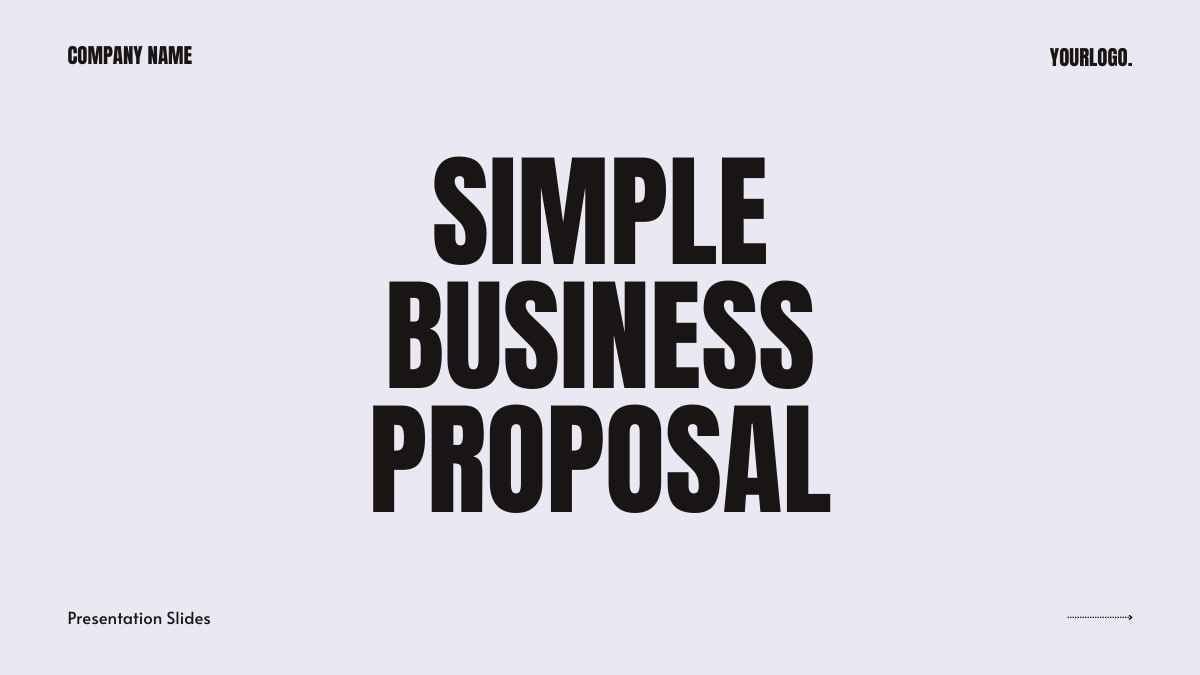
Customize your chosen design
Keep these design tips in mind as you tweak the presentation:
- Keep it clean and consistent. Use a cohesive theme (fonts, colors, and spacing) across all slides.
- Make it easy to scan. Guide the eye with clear headers and break long text into bullet points.
- Add engaging visuals. Use relevant, high-quality images and graphics that support your big idea.
Rehearse and refine your presentation
Before the big day, practice your presentation from start to finish. Walk through your slides and adjust anything that feels unclear. If you can, rehearse with a teammate and ask for feedback. This will help you spot any gaps and feel more confident when presenting.
Key takeaways
Writing a proposal presentation
Begin by understanding your audience. Keep your content clear, benefit-focused, and backed by proof. Remember to address possible concerns early, and always end with a strong call to action.
What to include in your proposal presentation
Follow a logical flow by including these slides: introduction, problem, solution, plan and timeline, case studies or testimonials, budget, summary and call to action, a Q&A or feedback section. Each part should build toward your main message and support your ask.
Preparing for your proposal presentation
Choose a template that fits your audience and message. When designing or customizing, keep your slides consistent, easy to scan, and visually engaging. Finally, rehearse your delivery, gather feedback where you can, and refine both your content and design before presenting.


